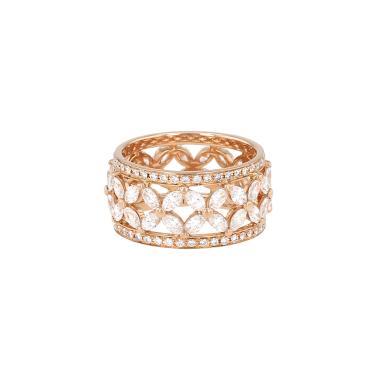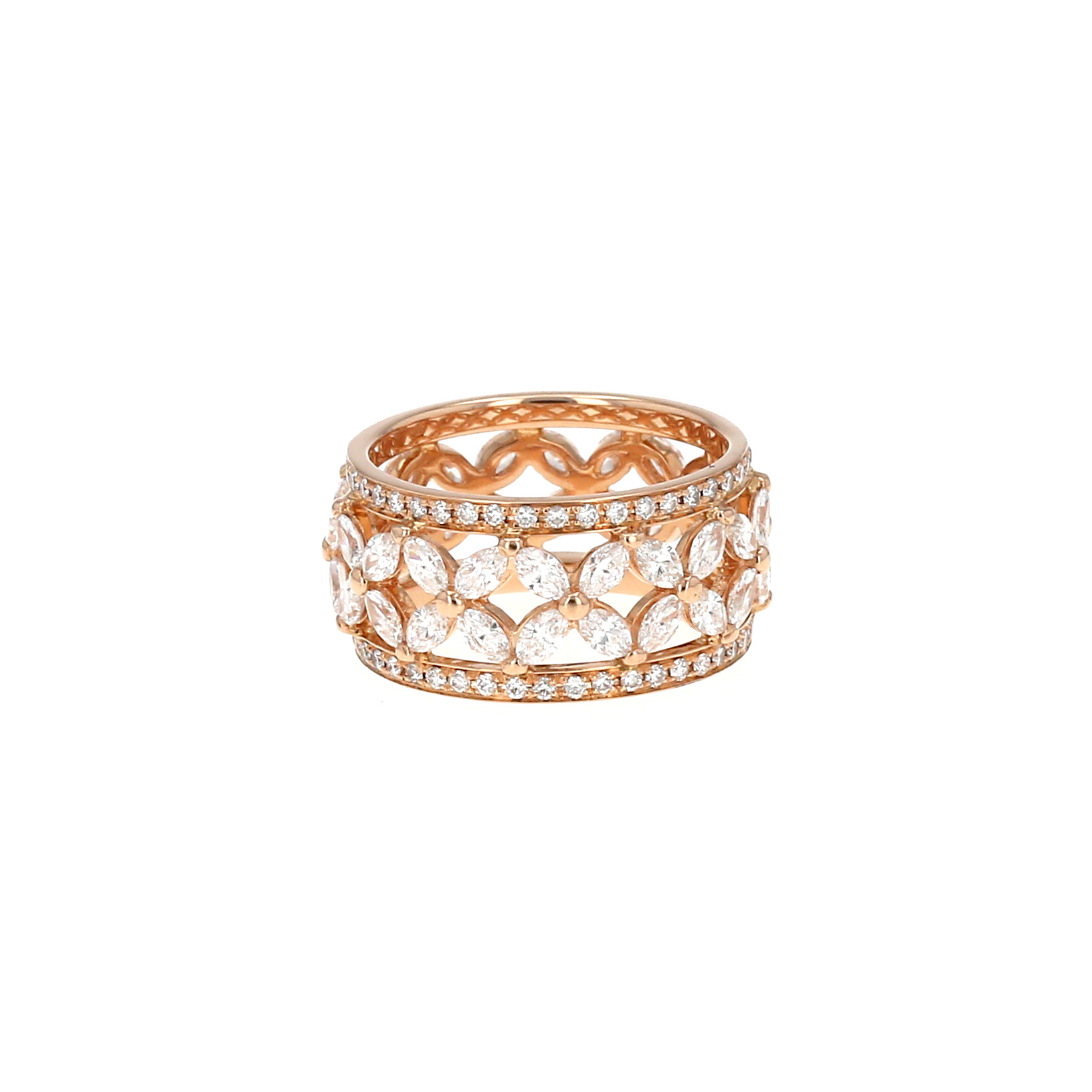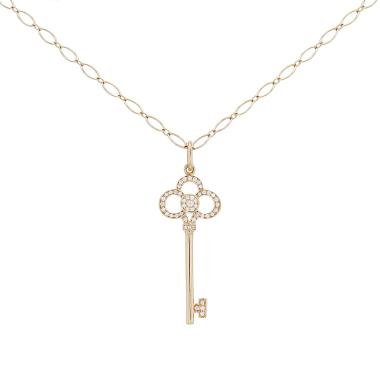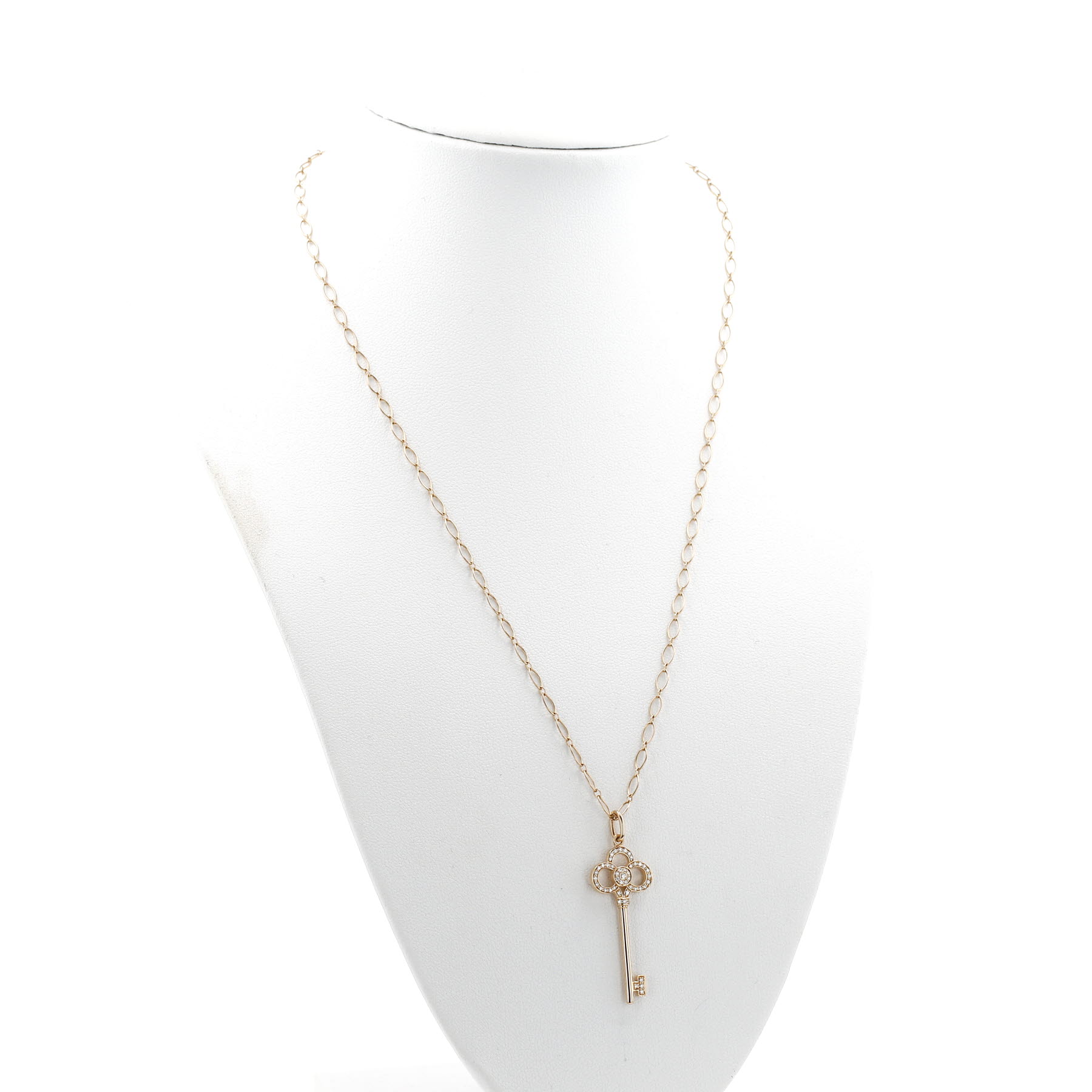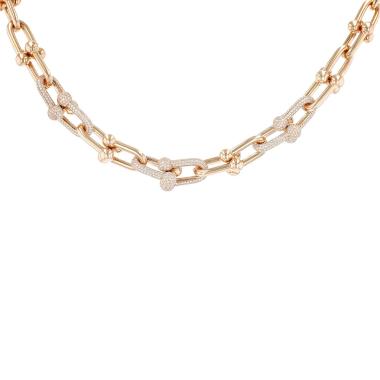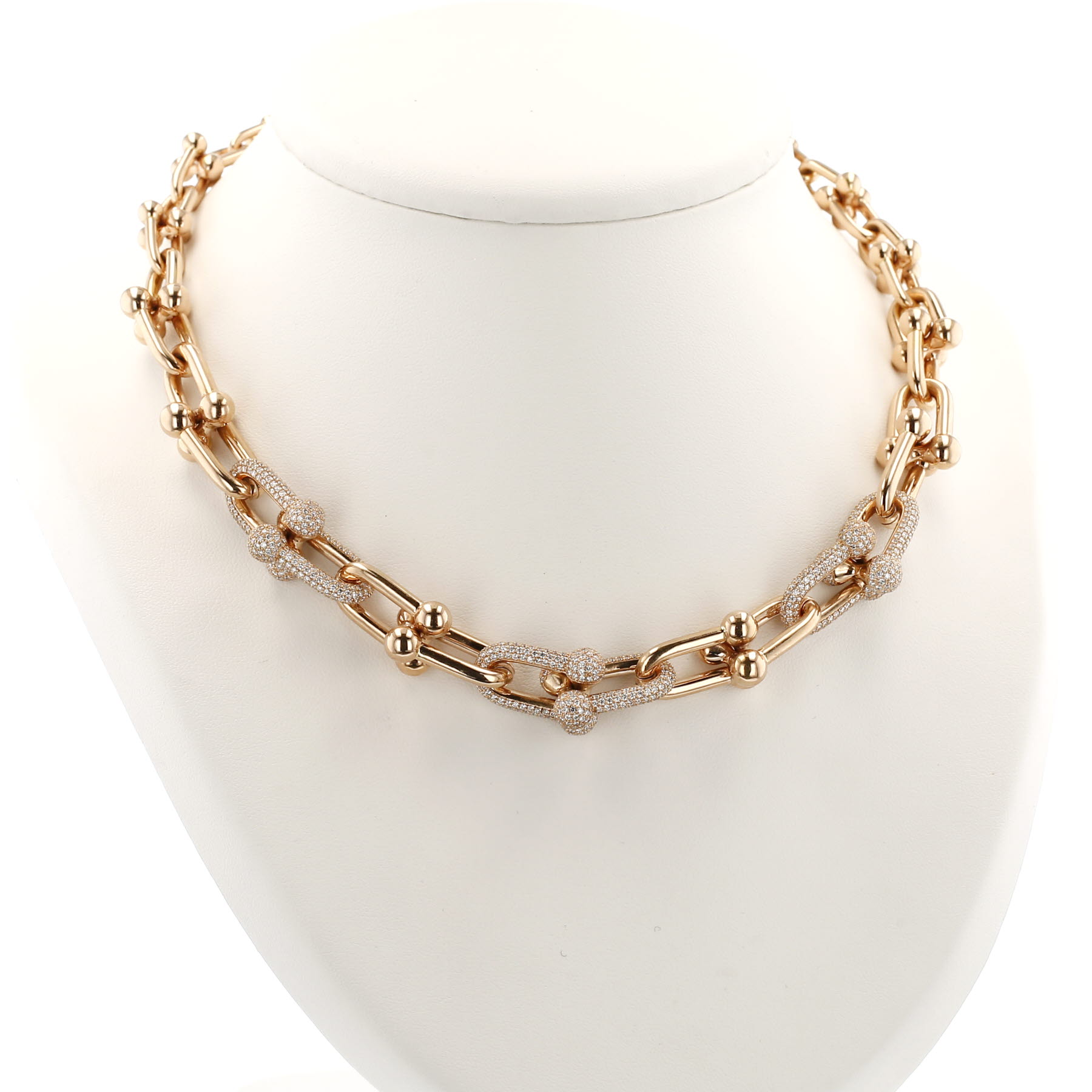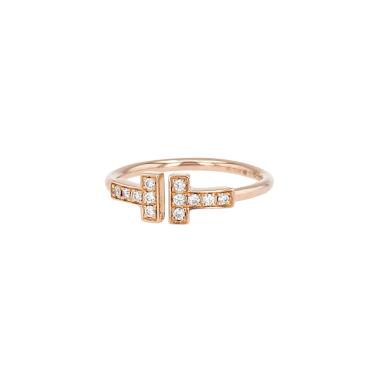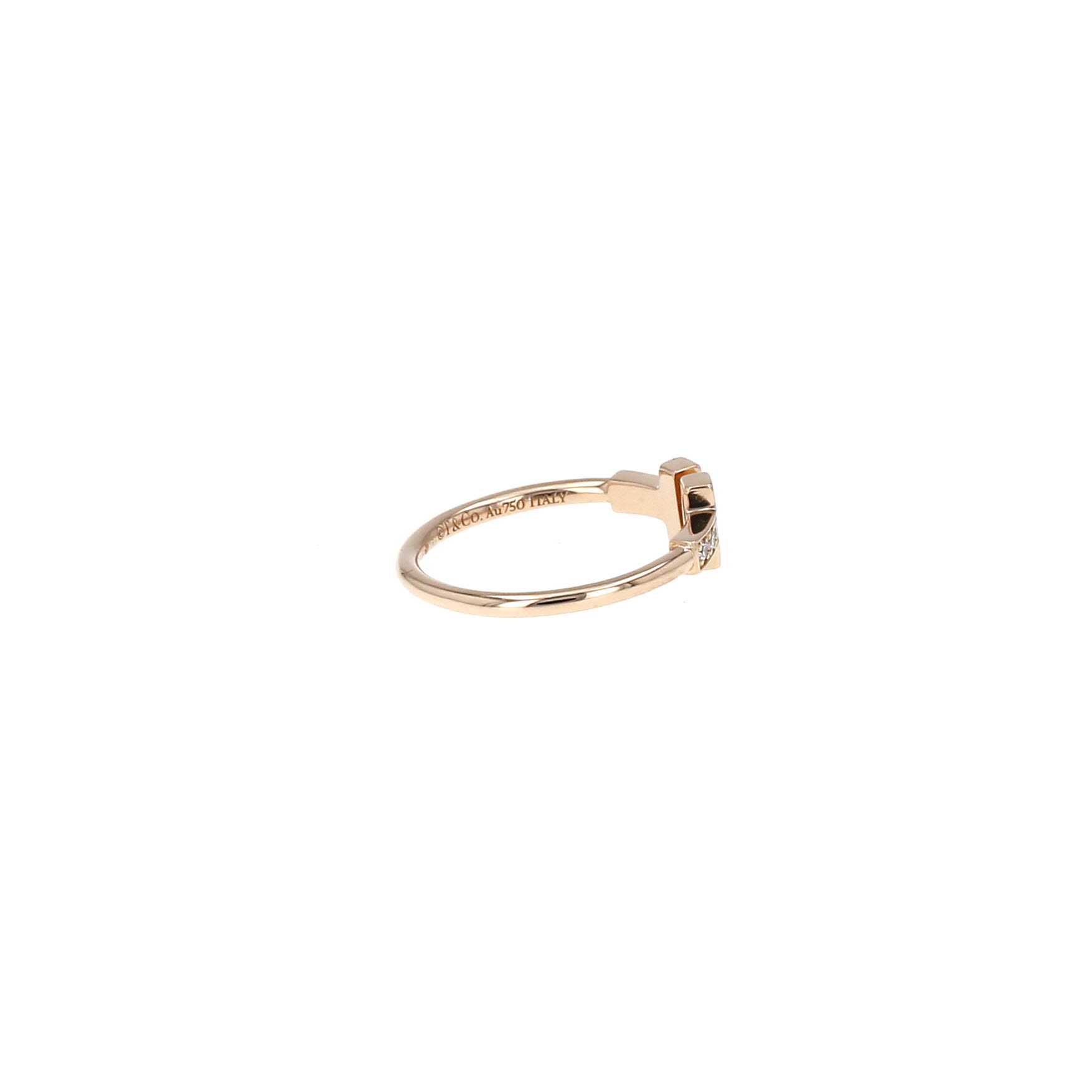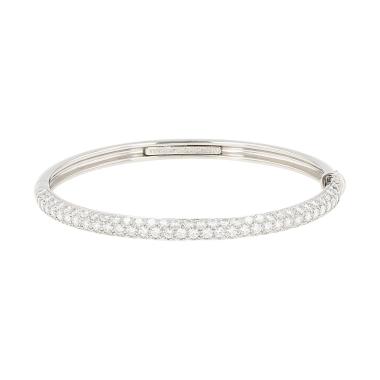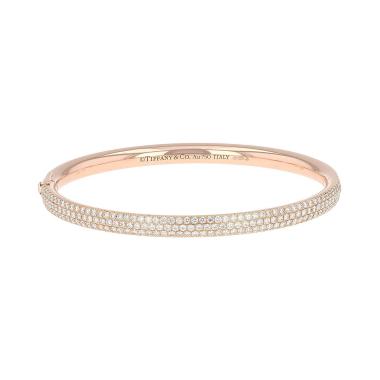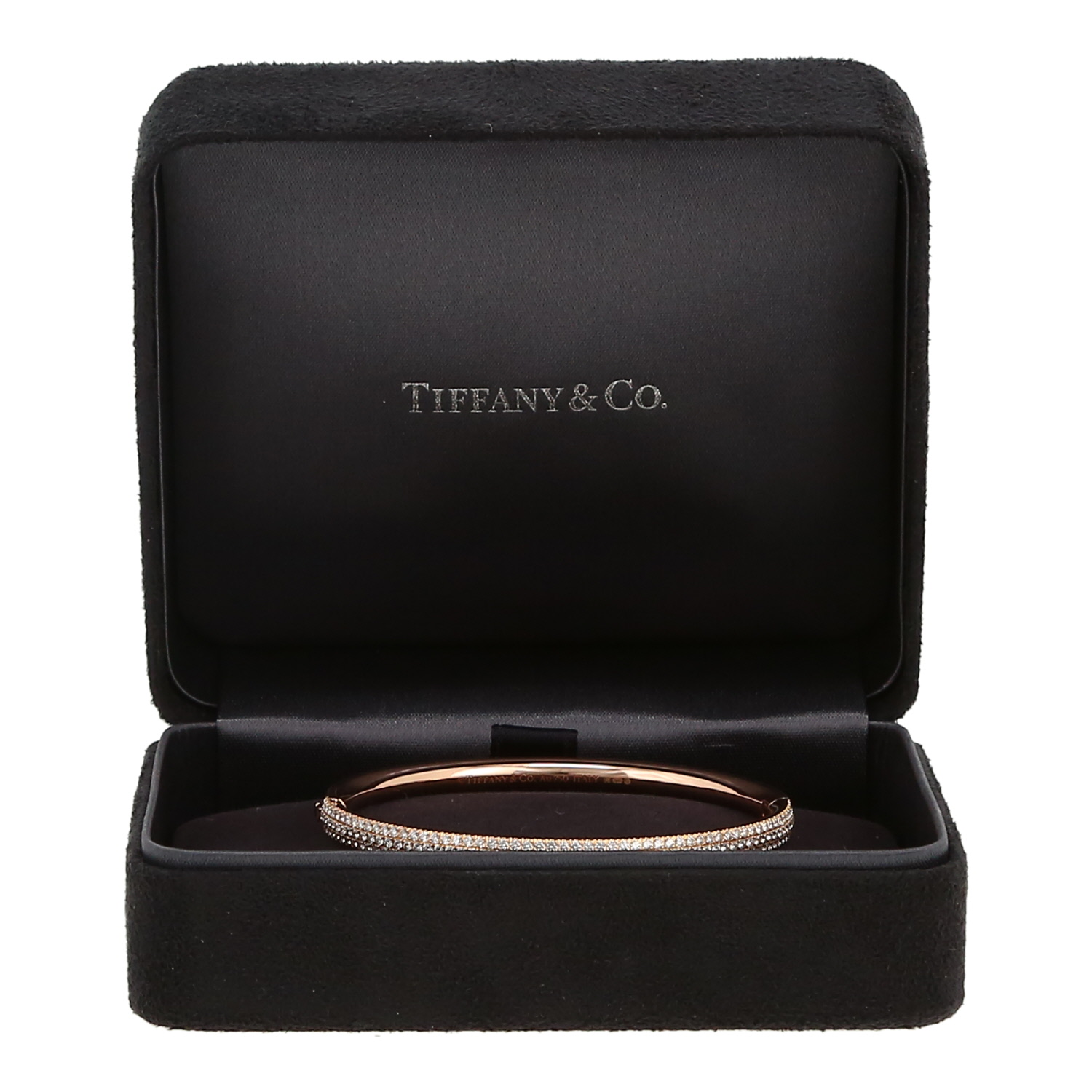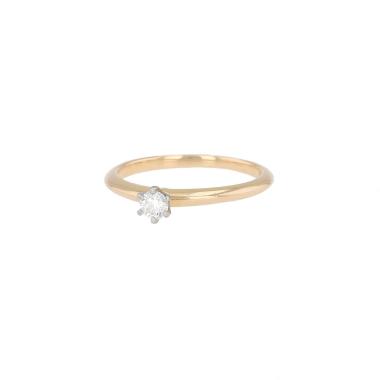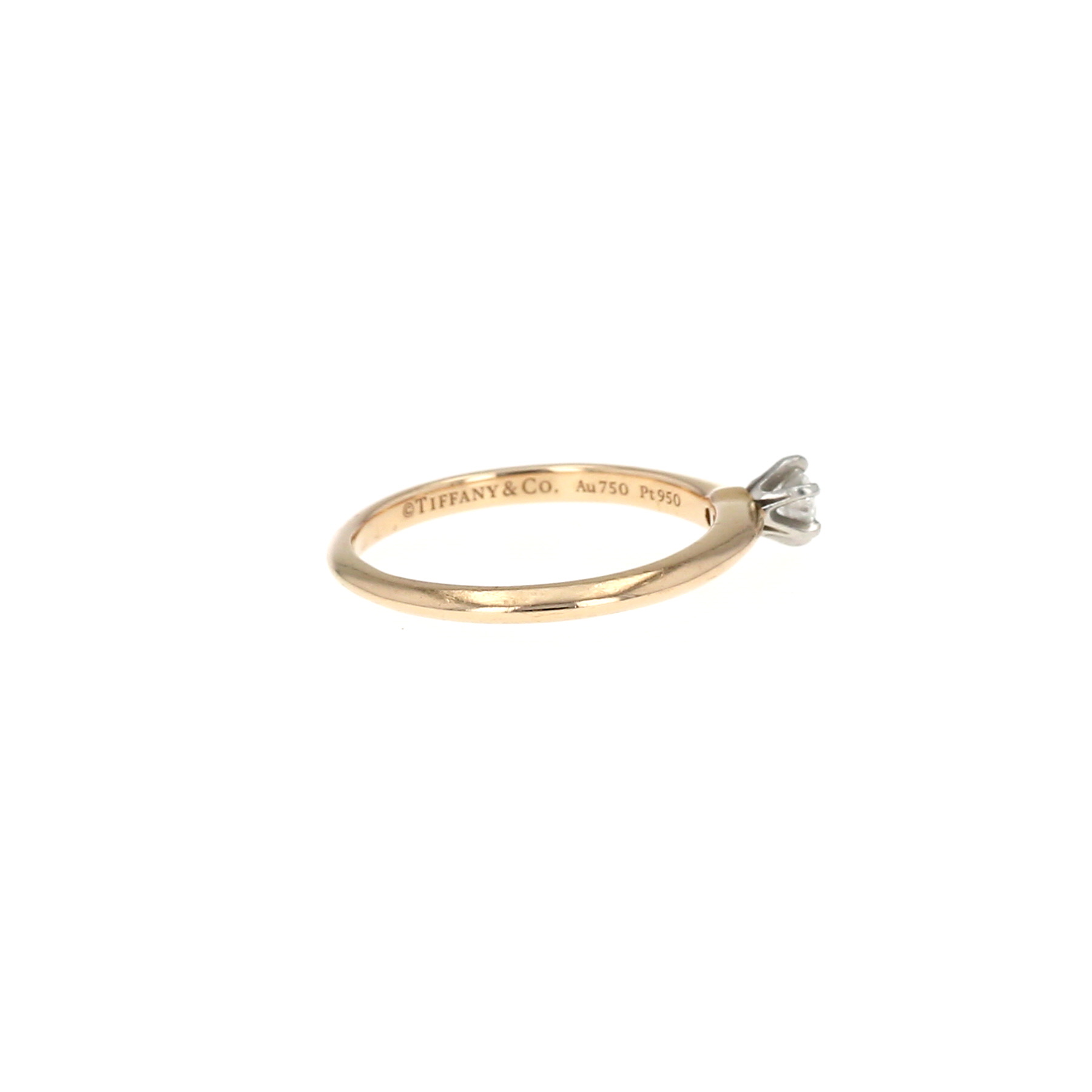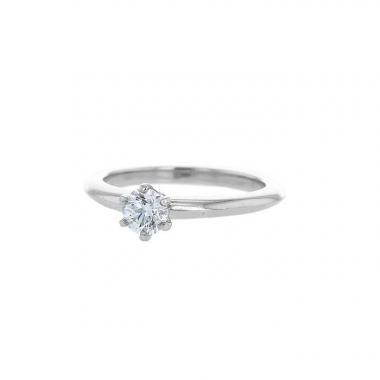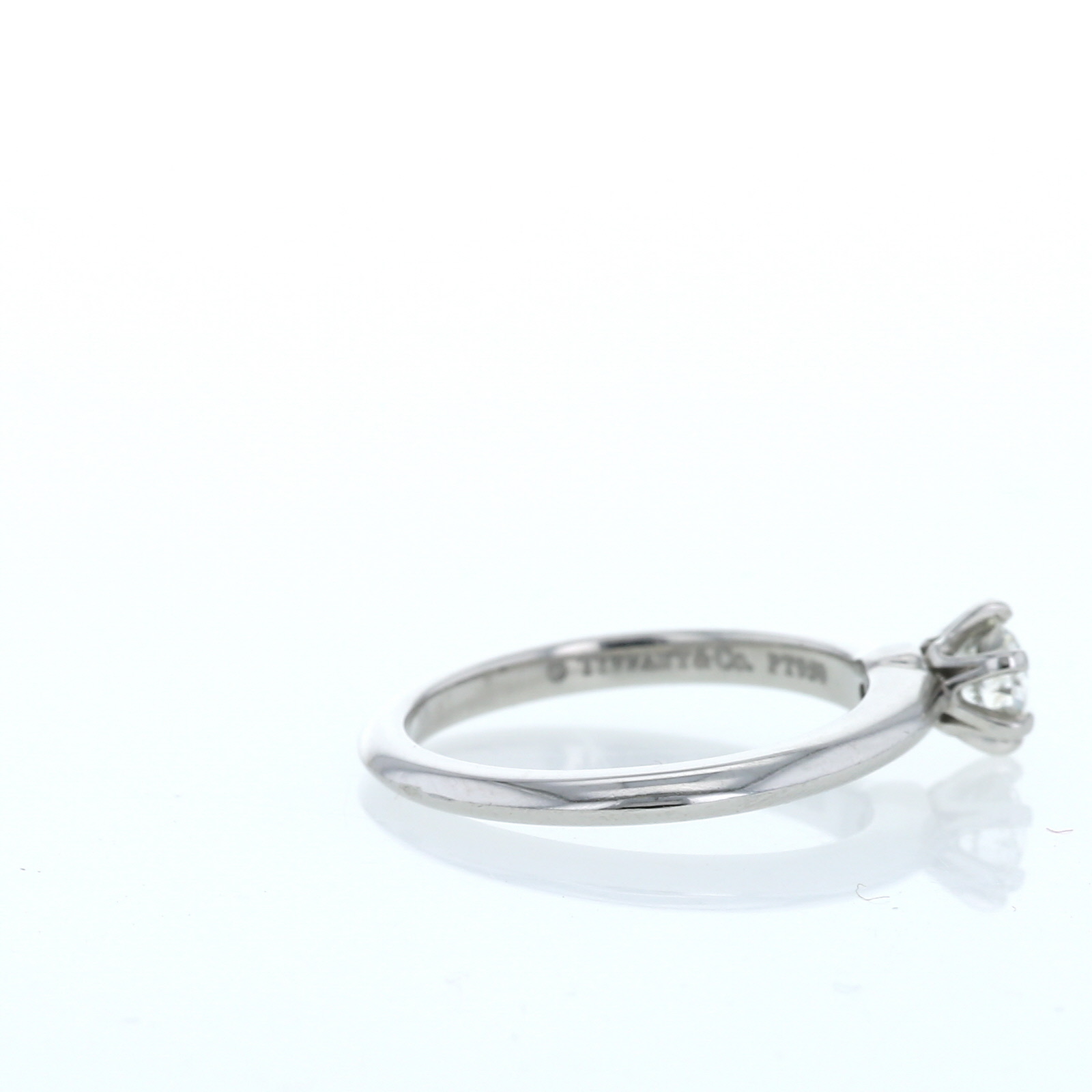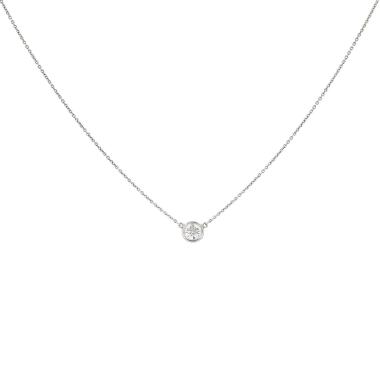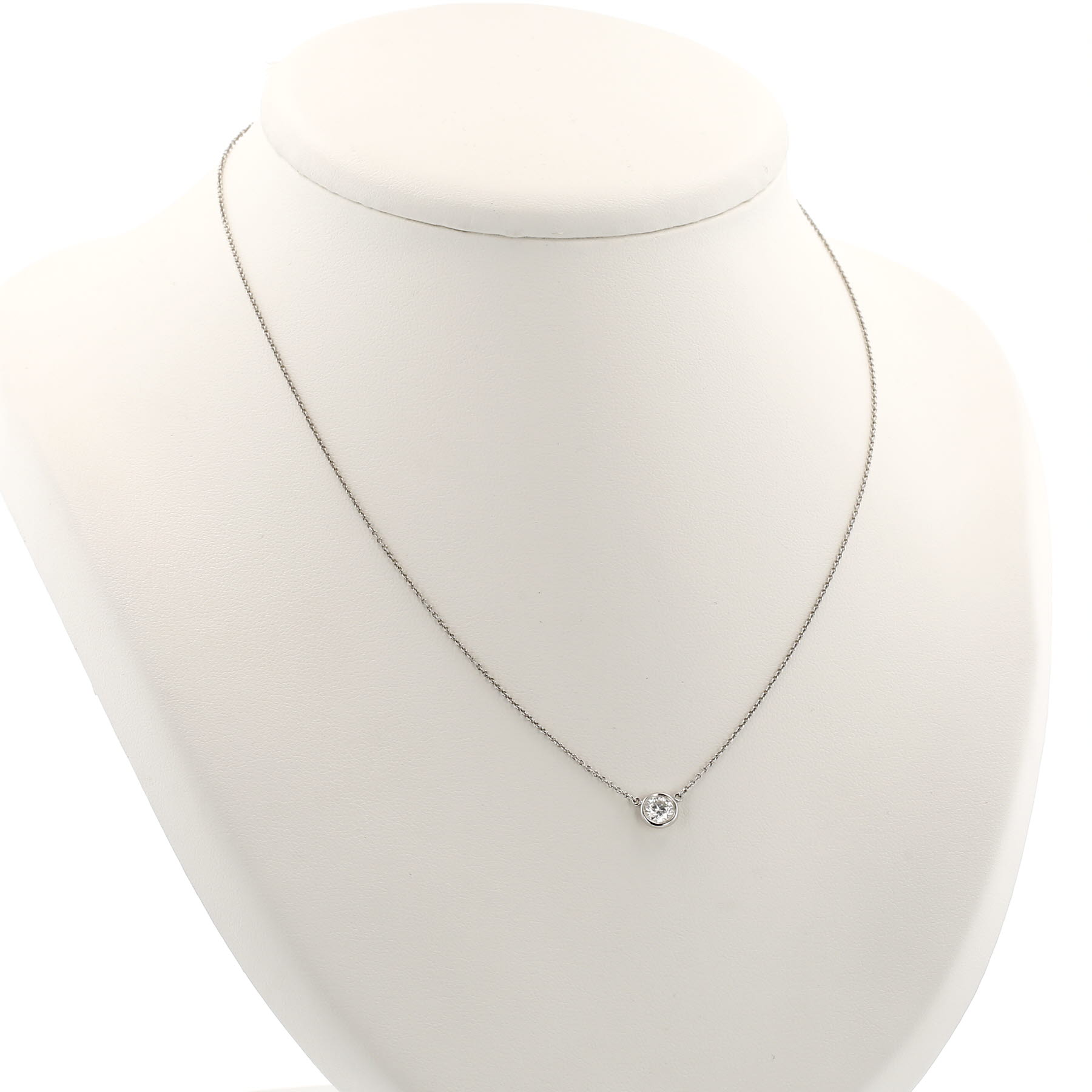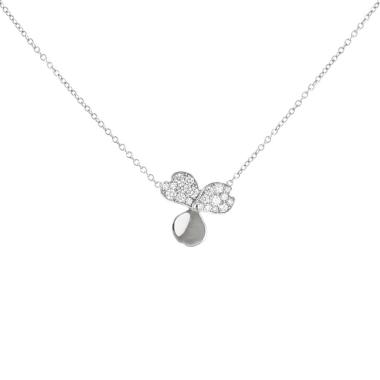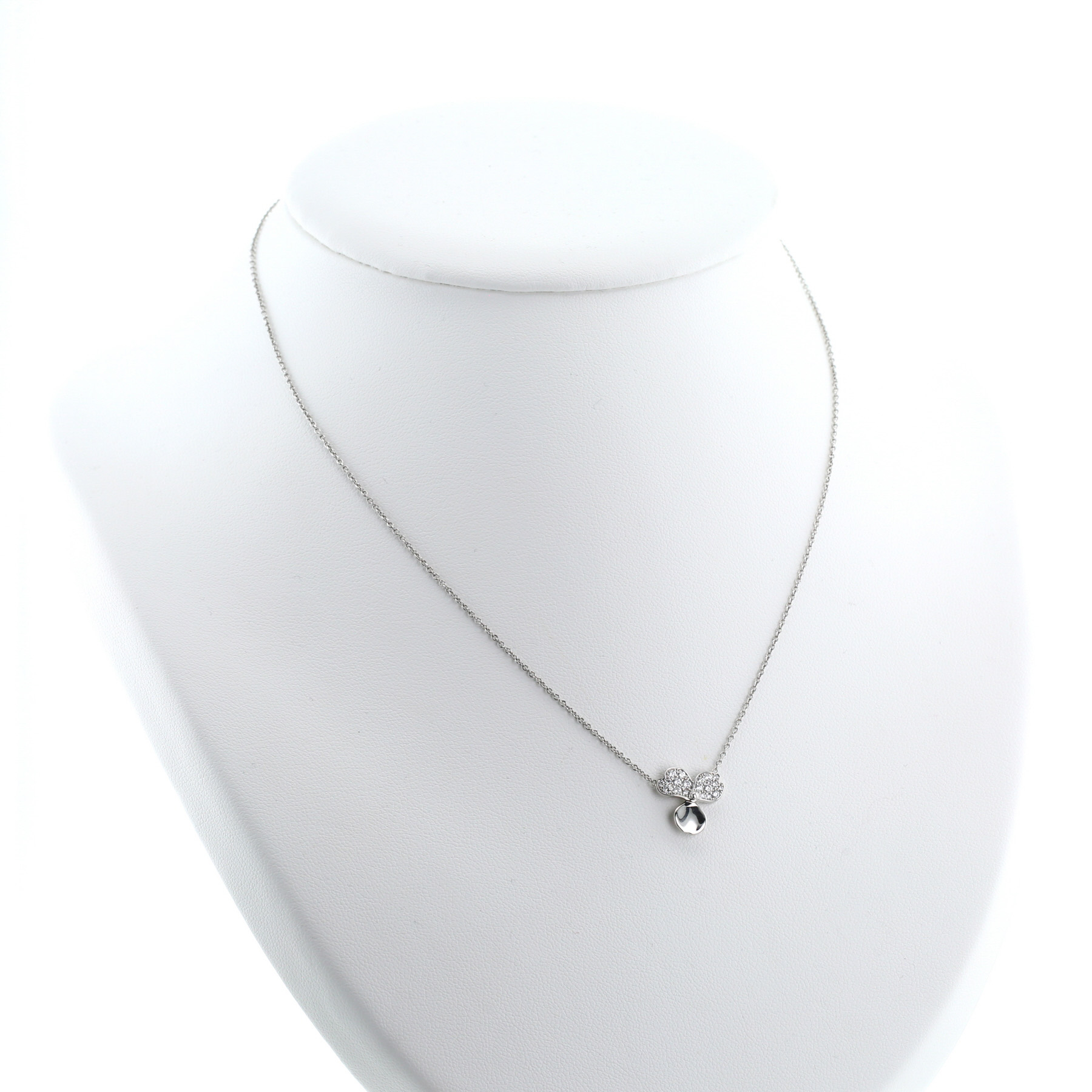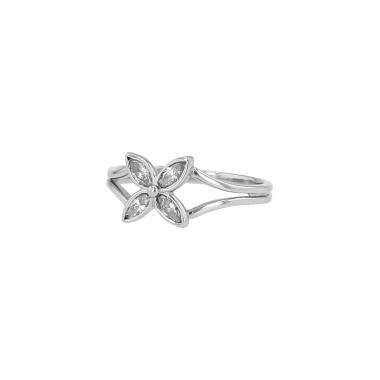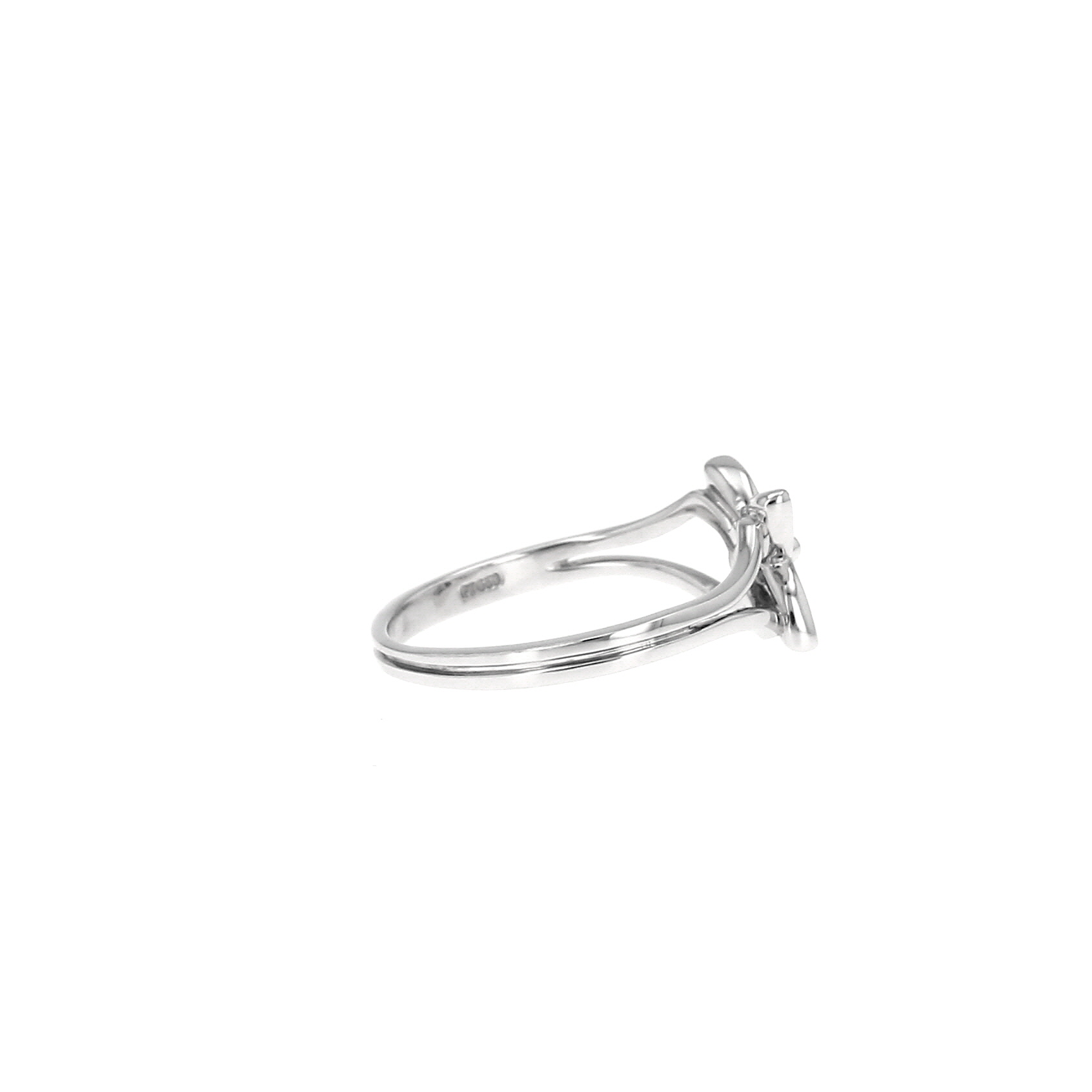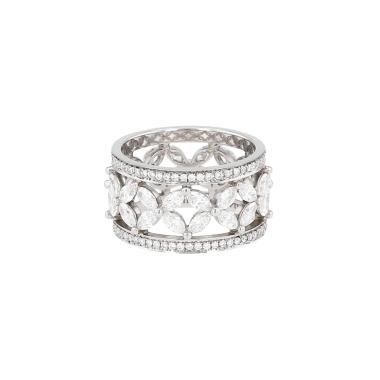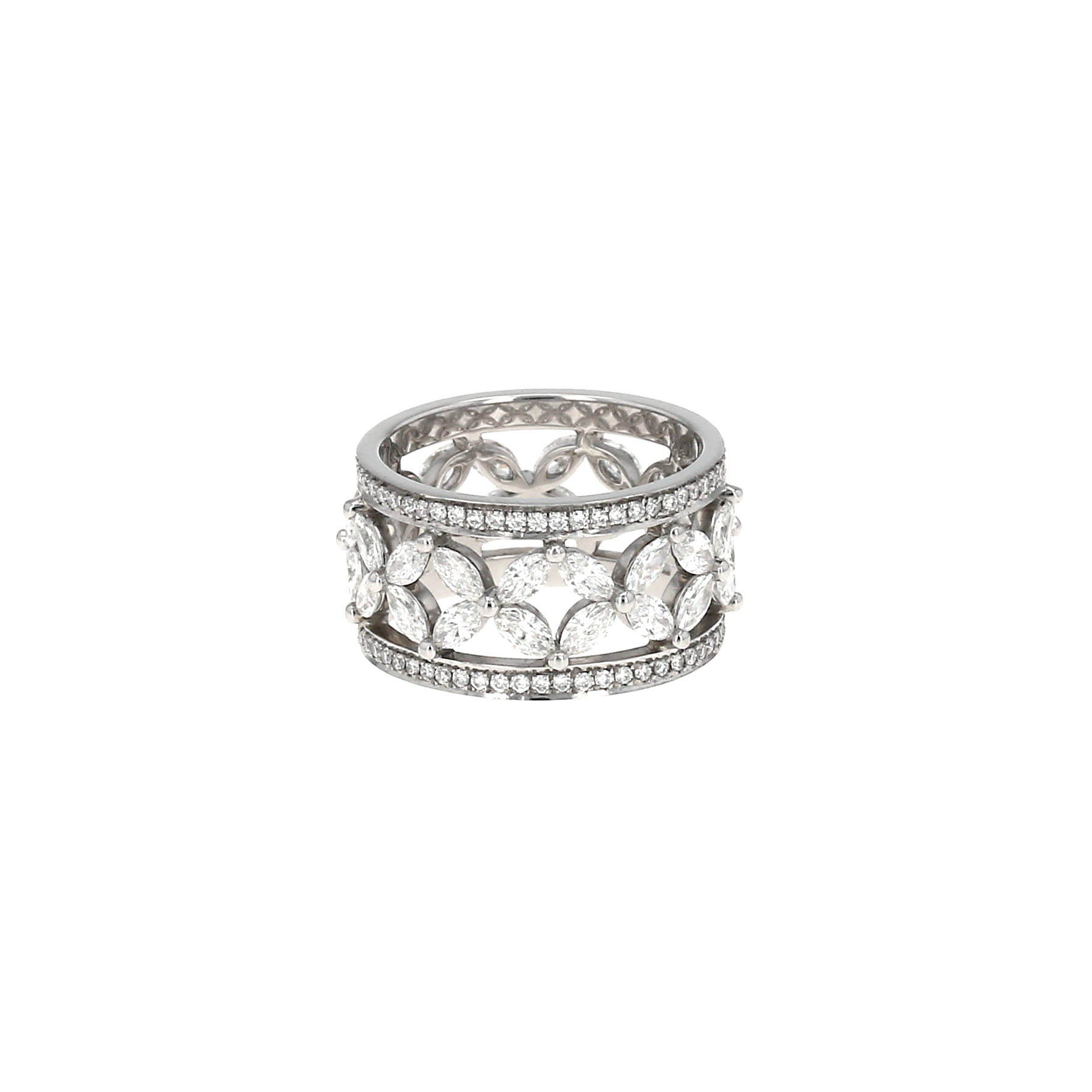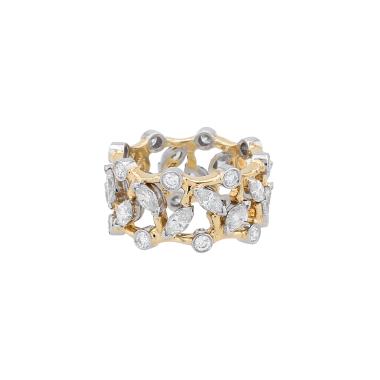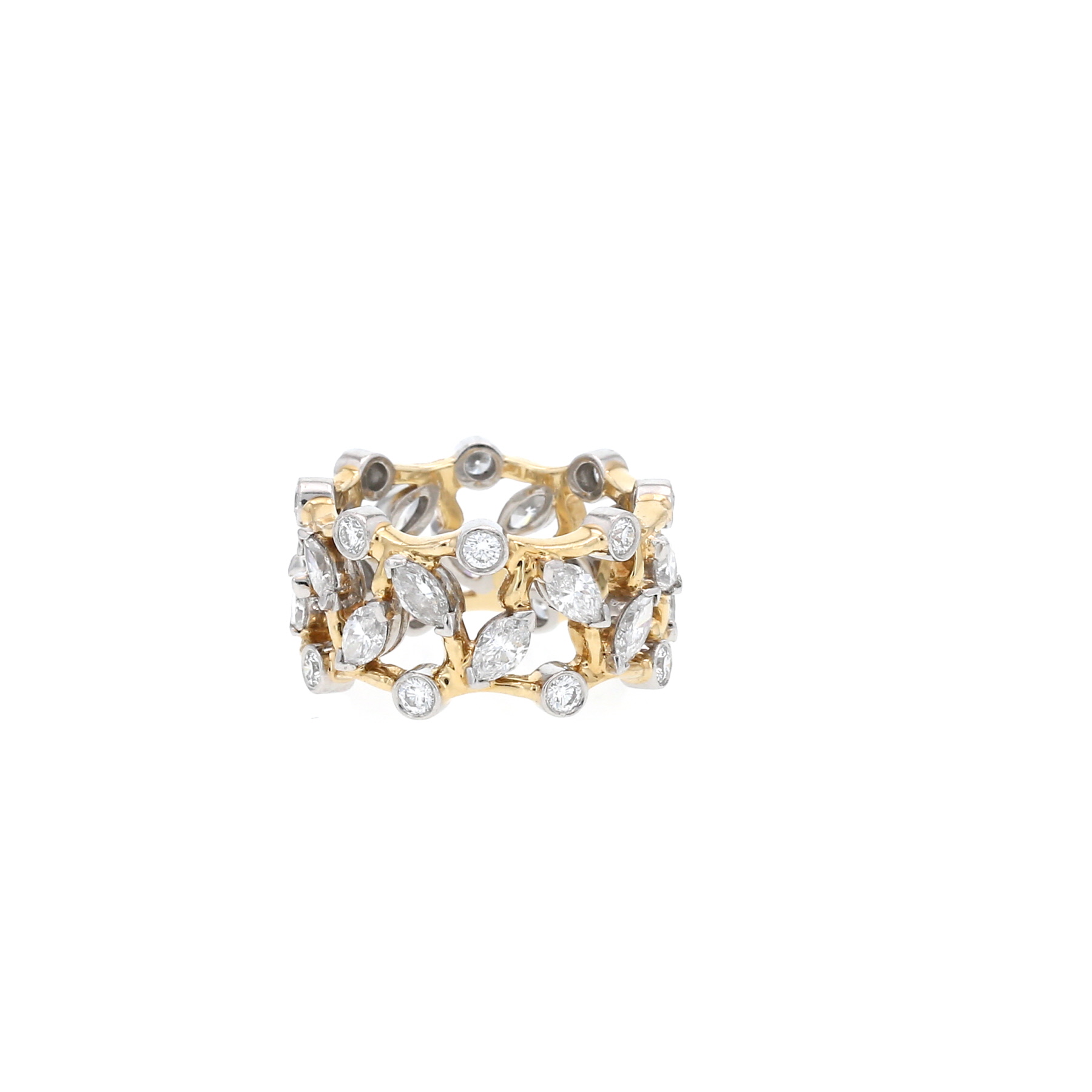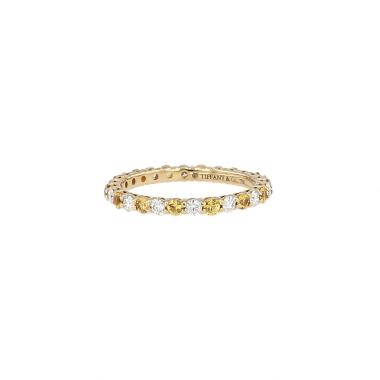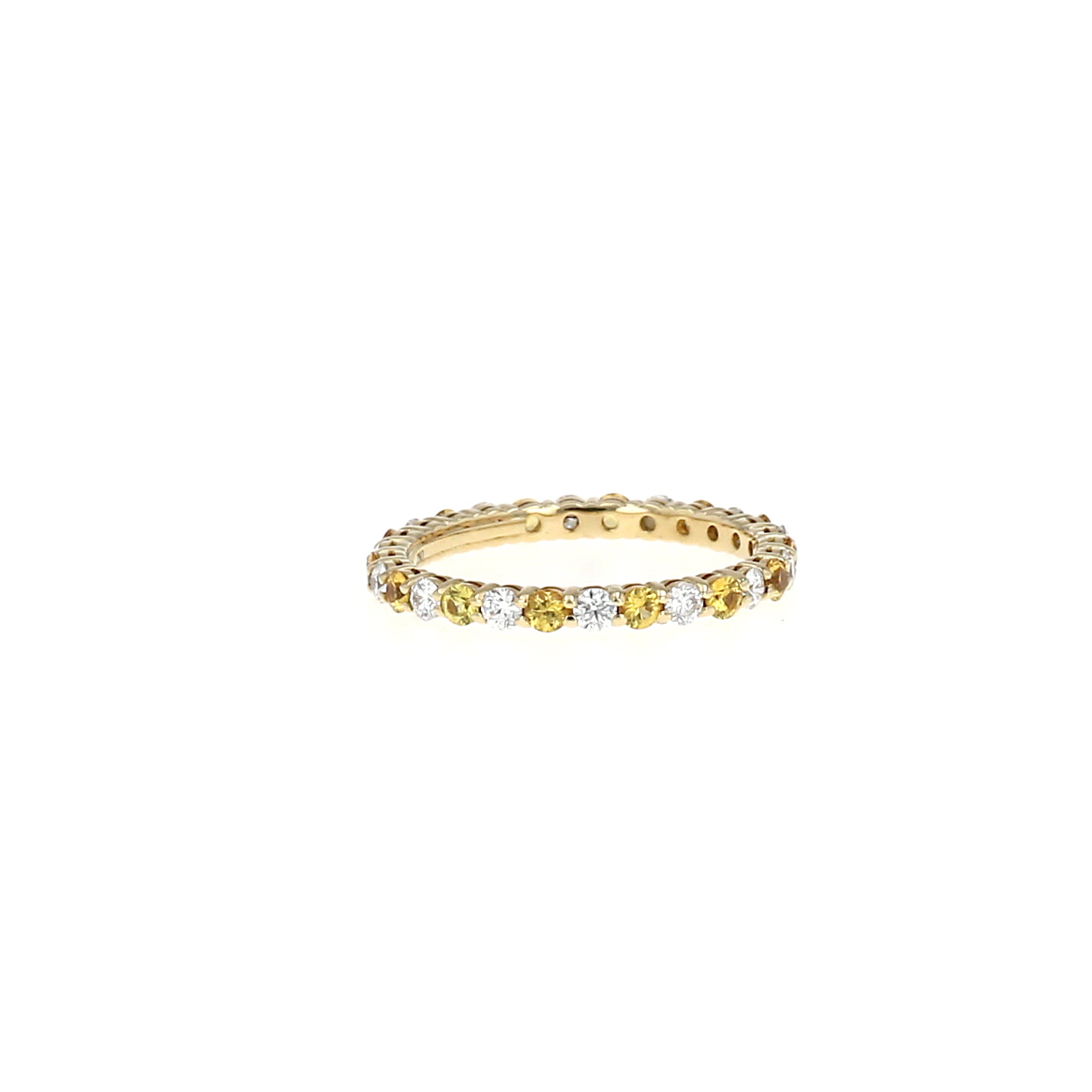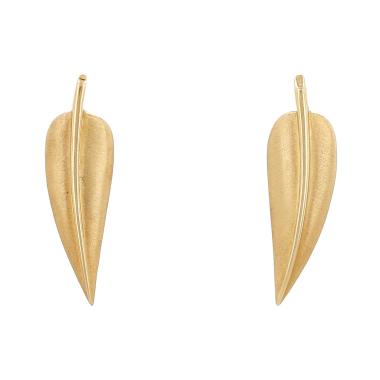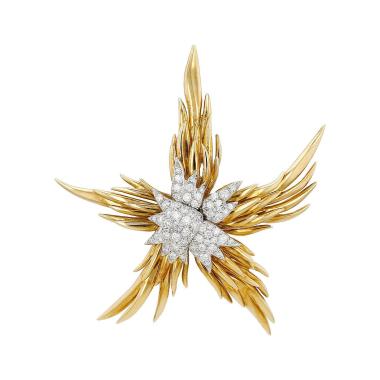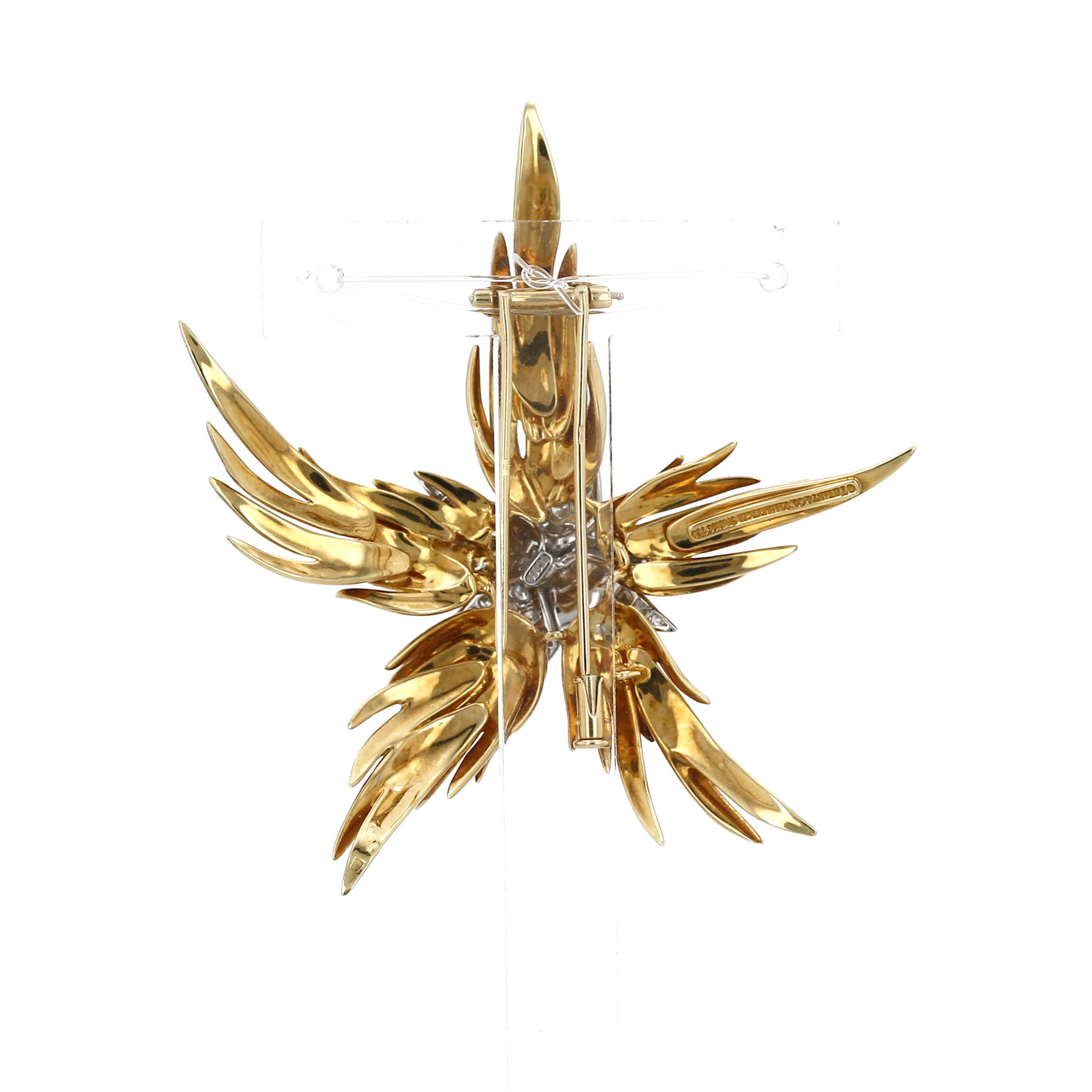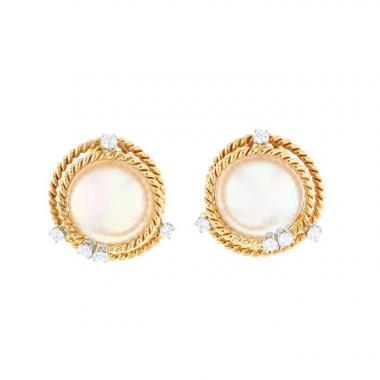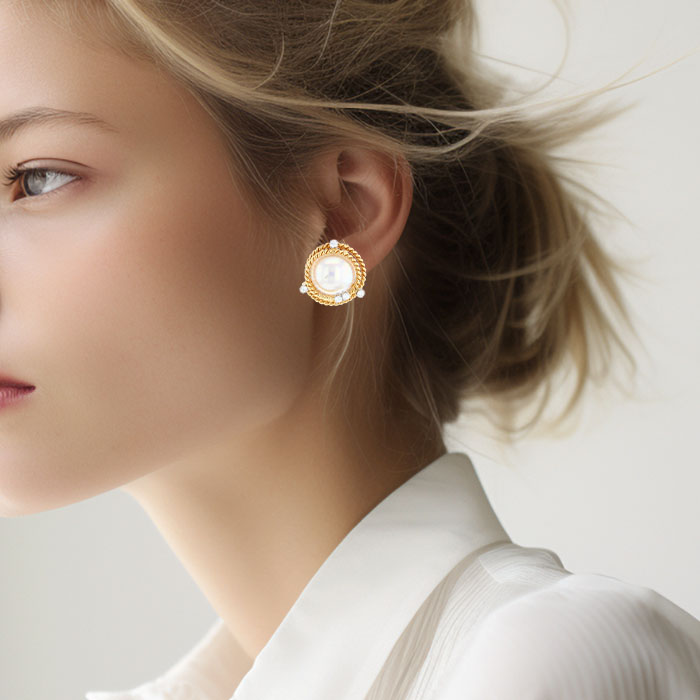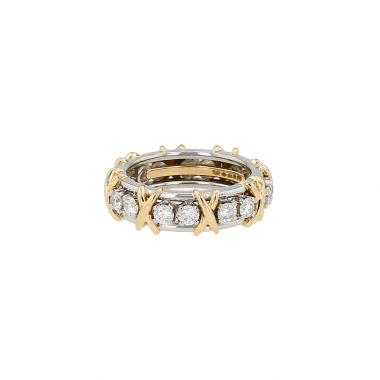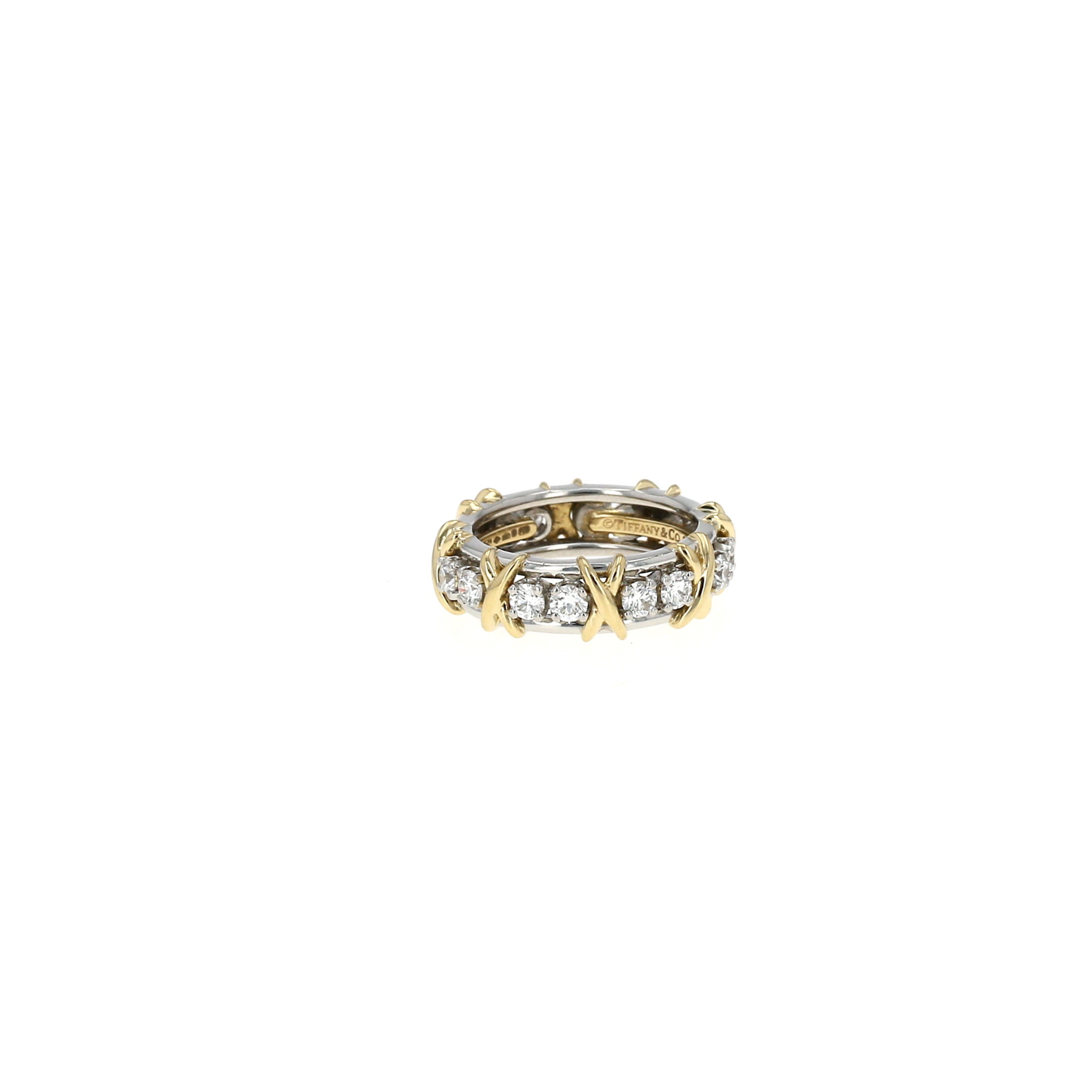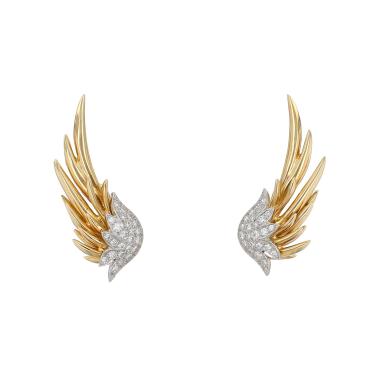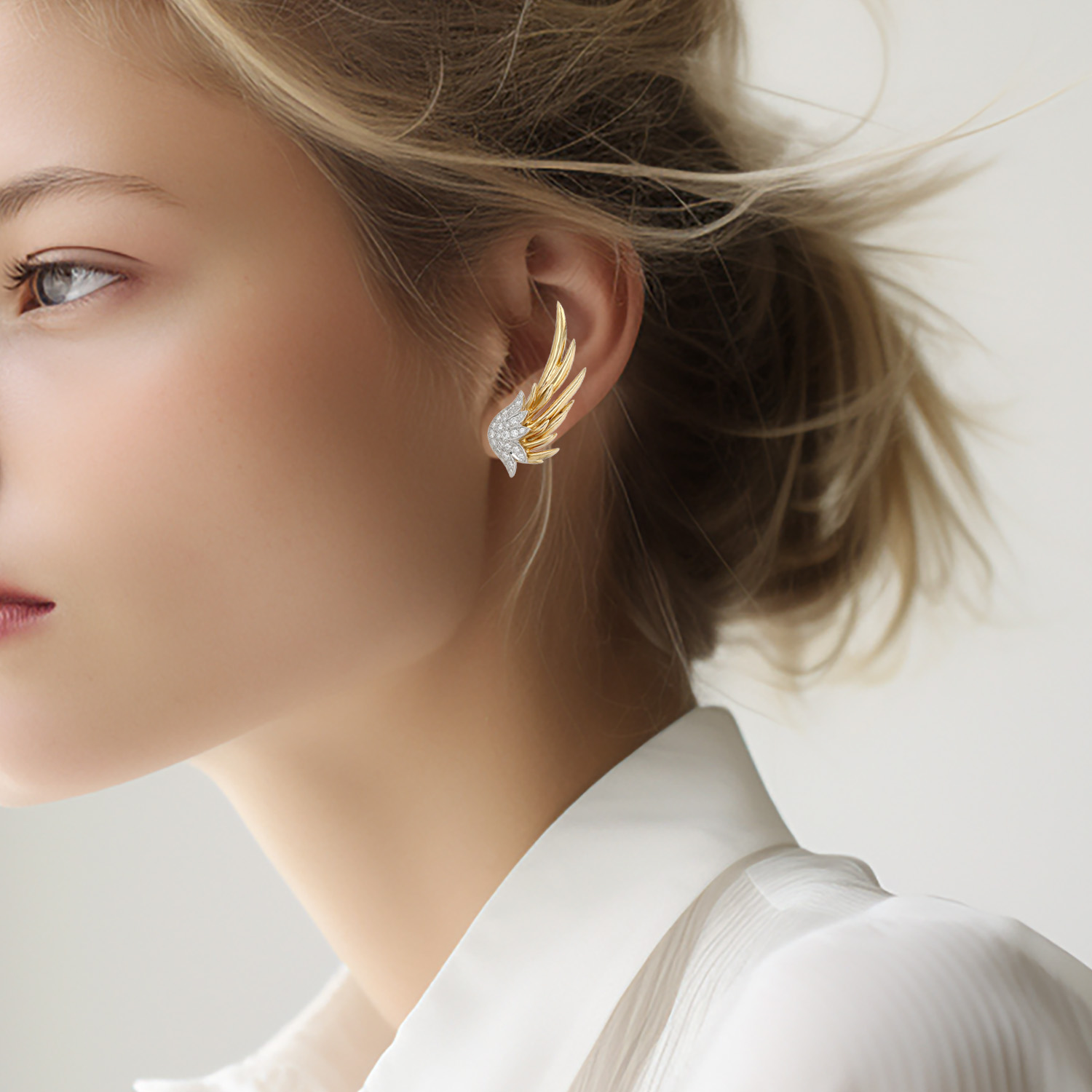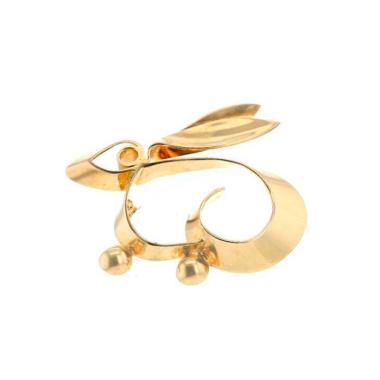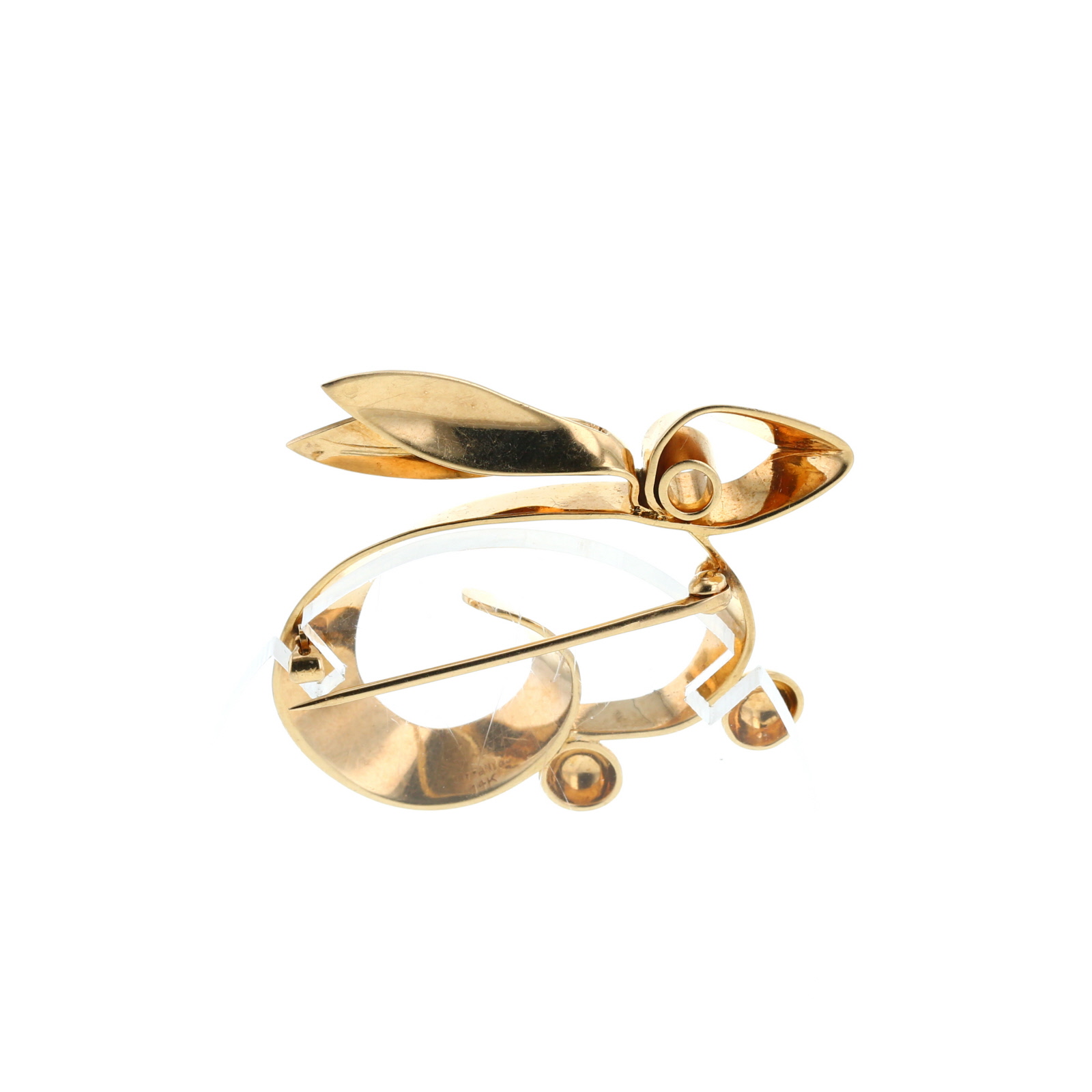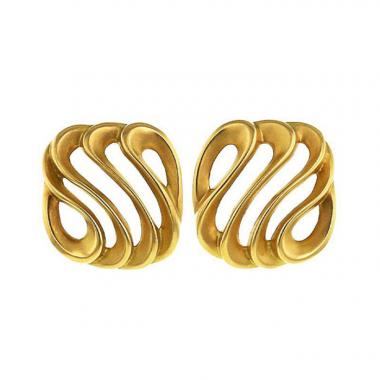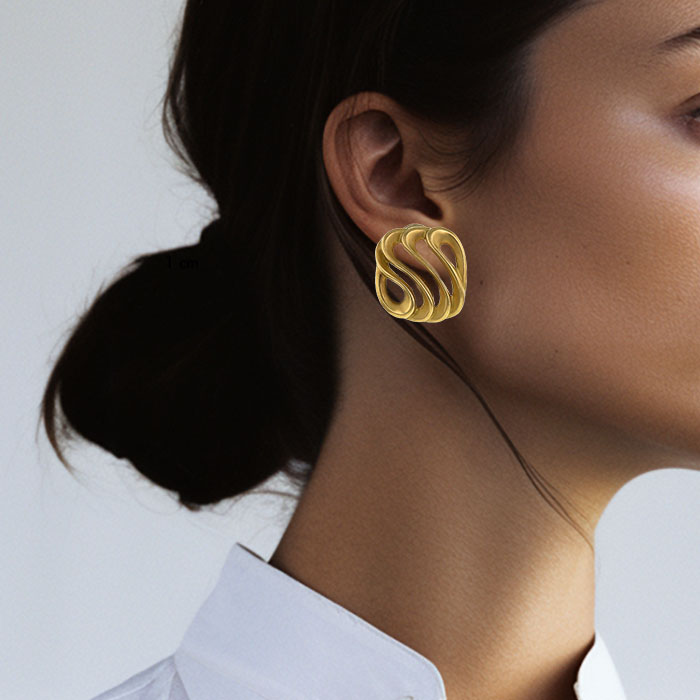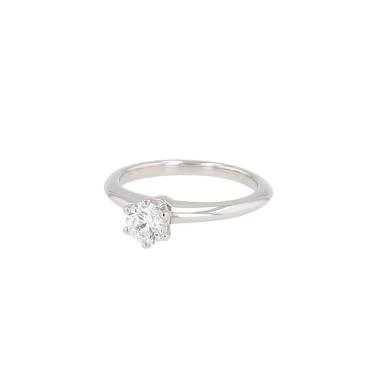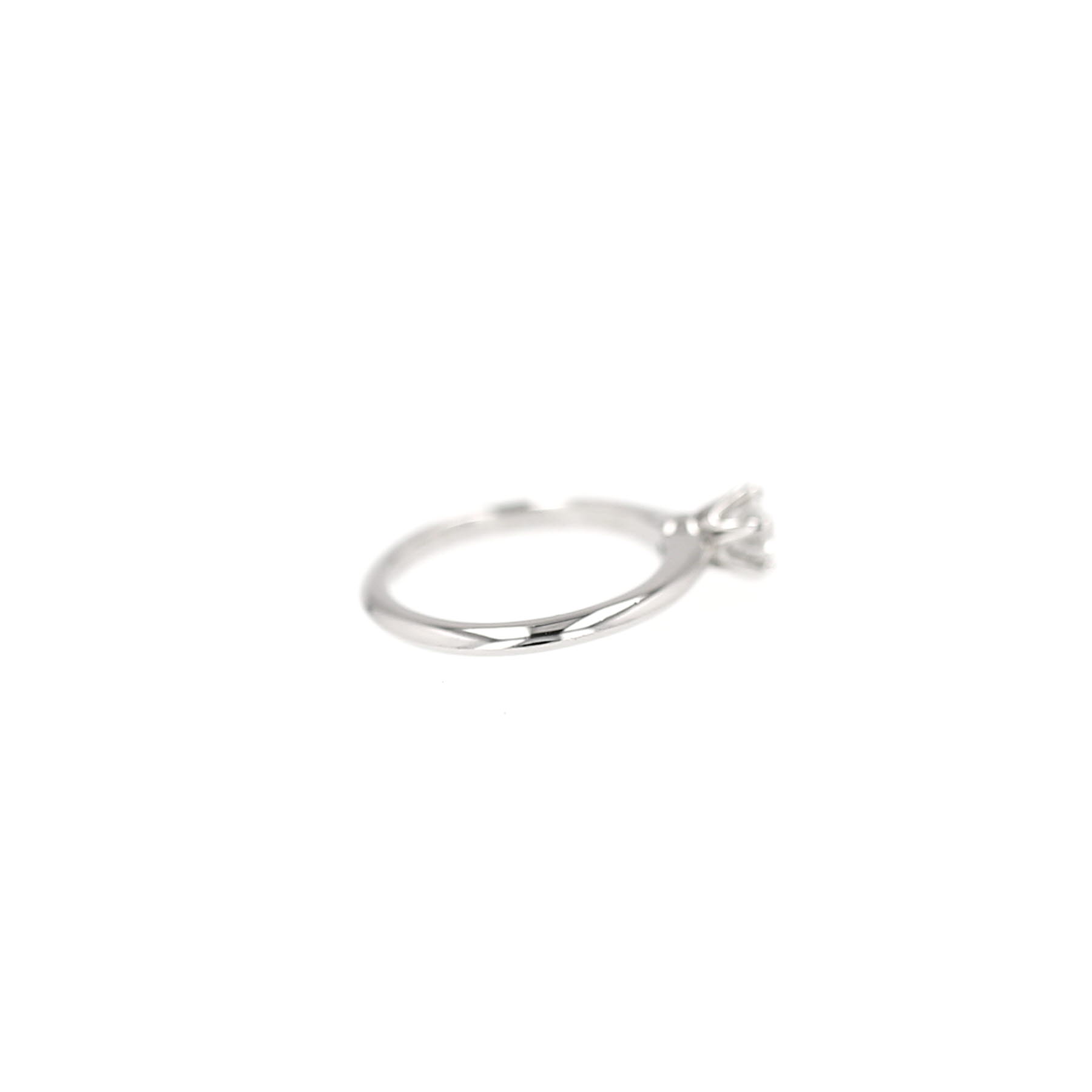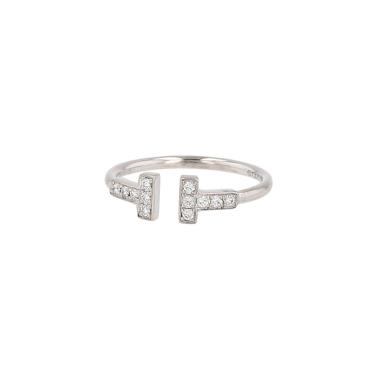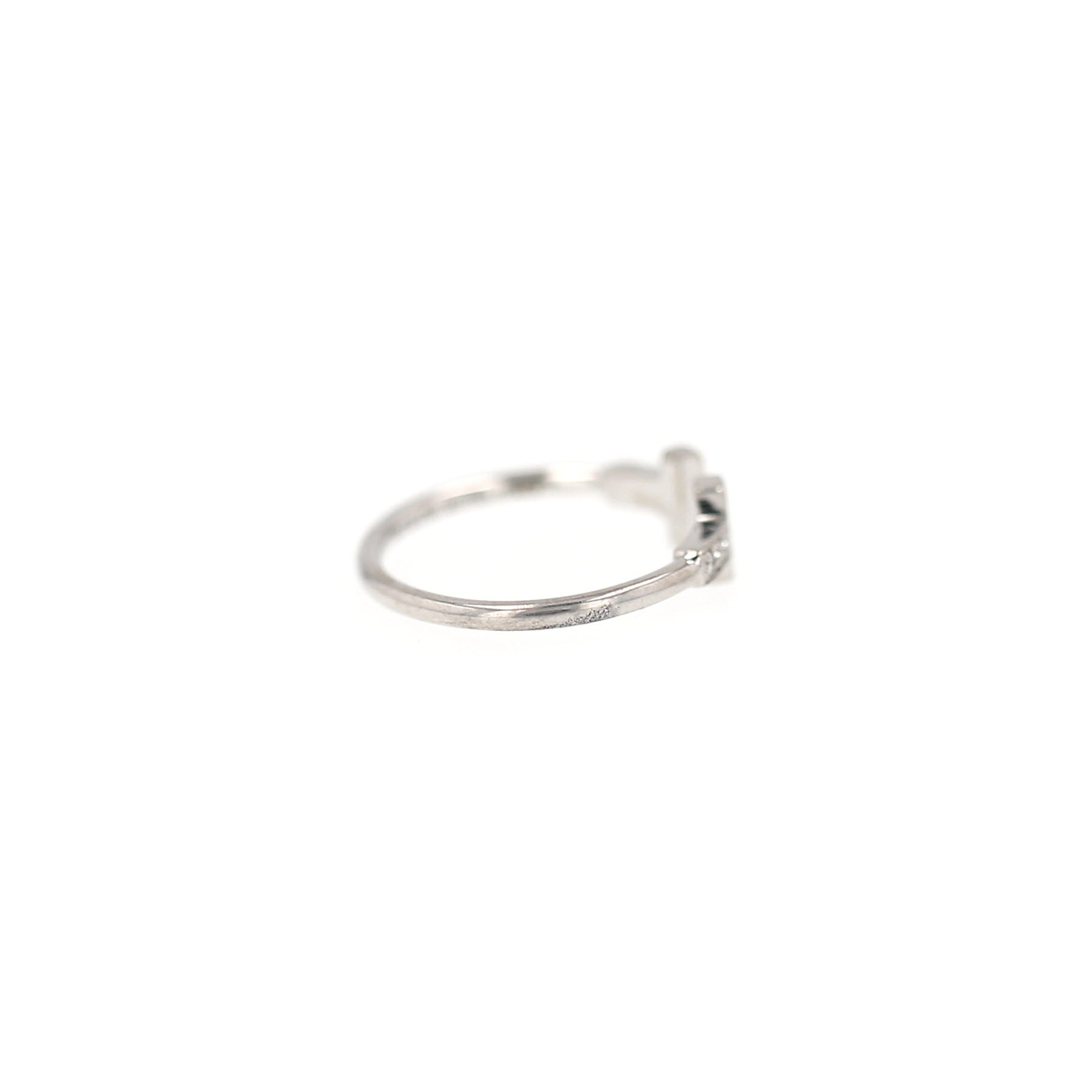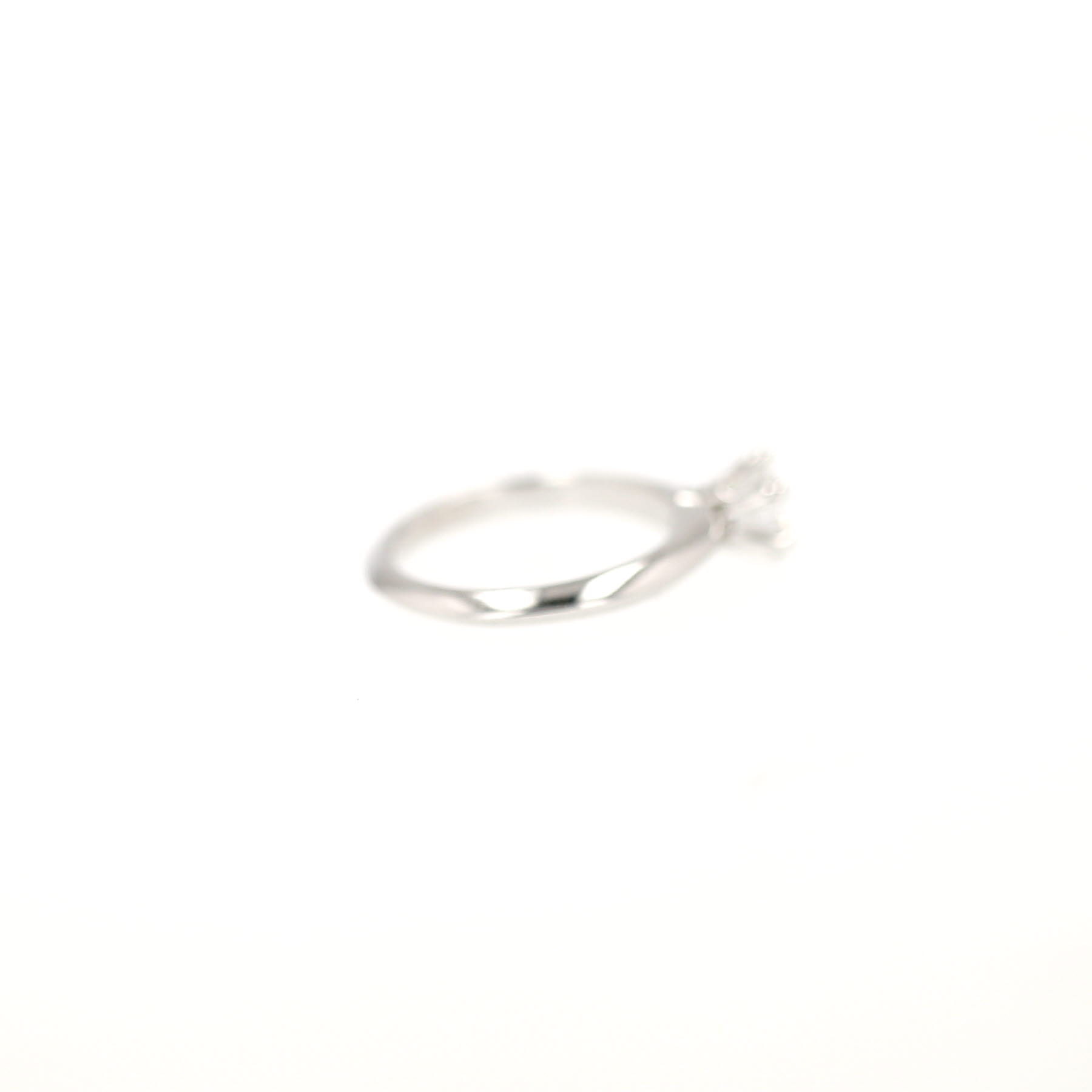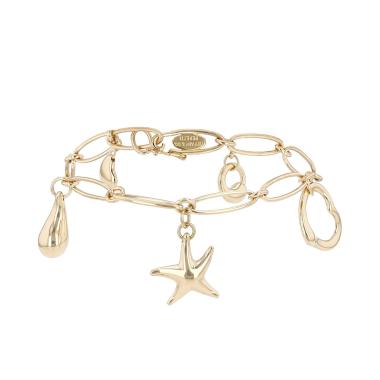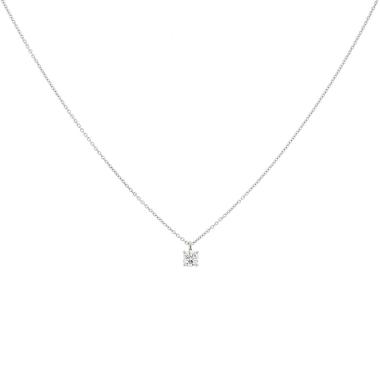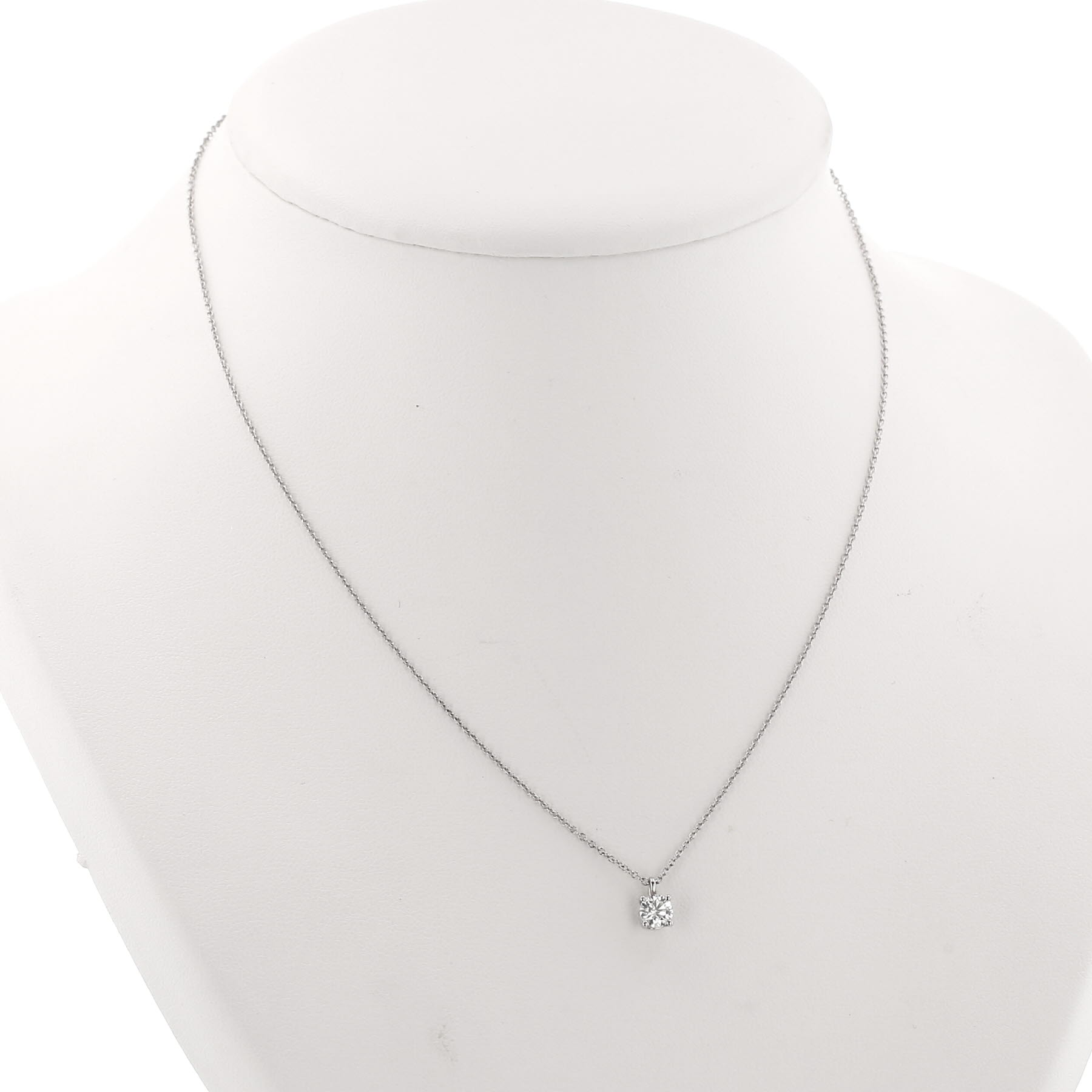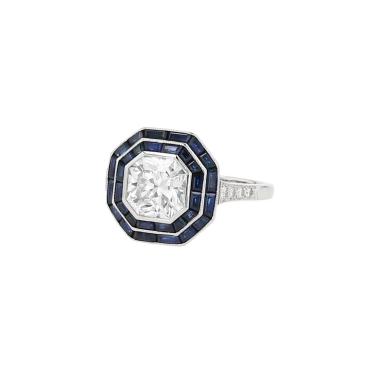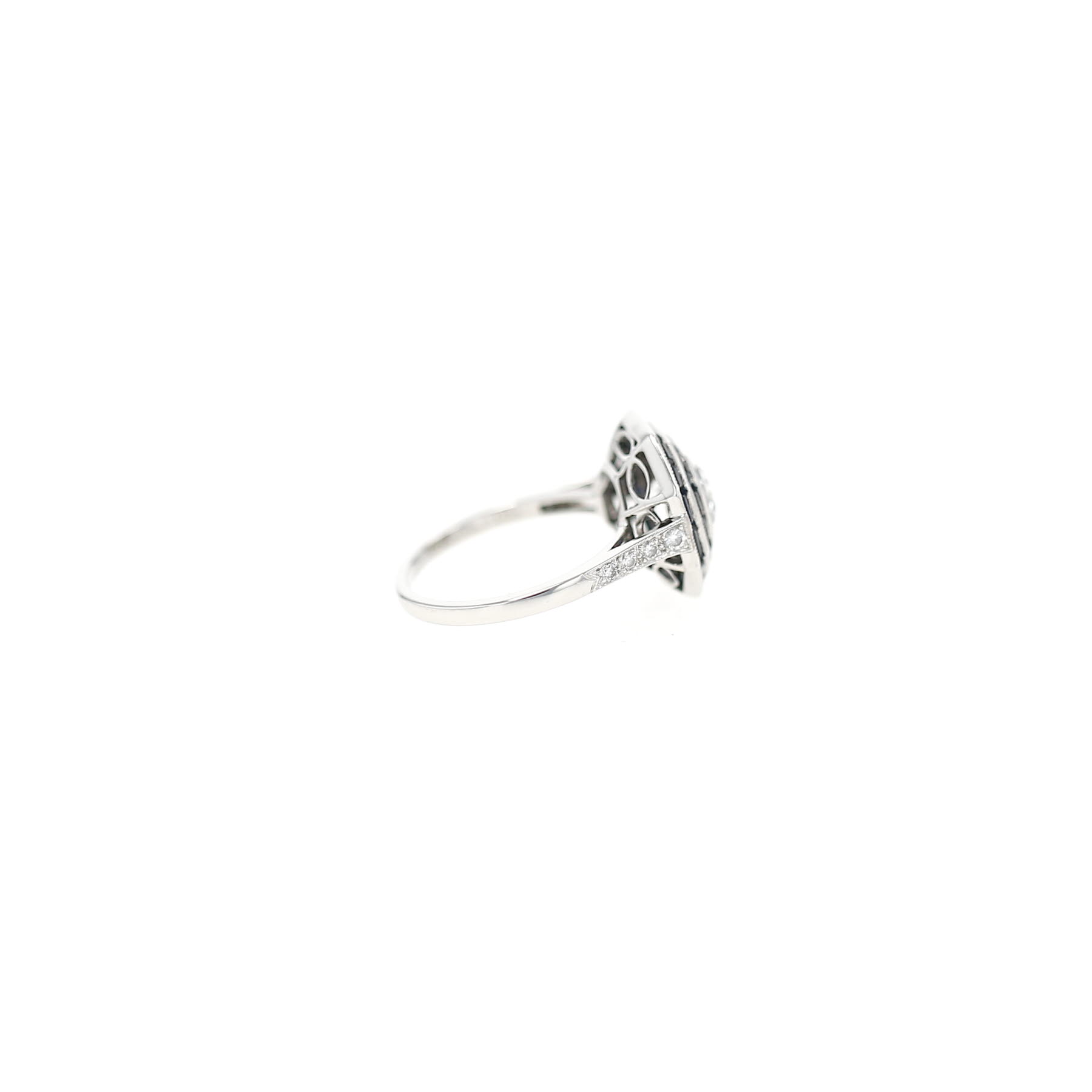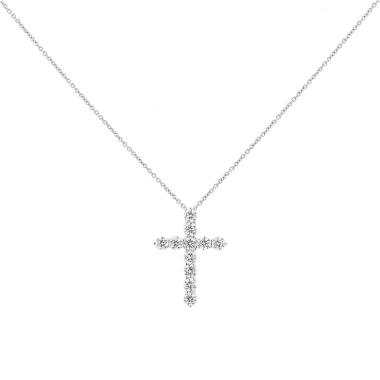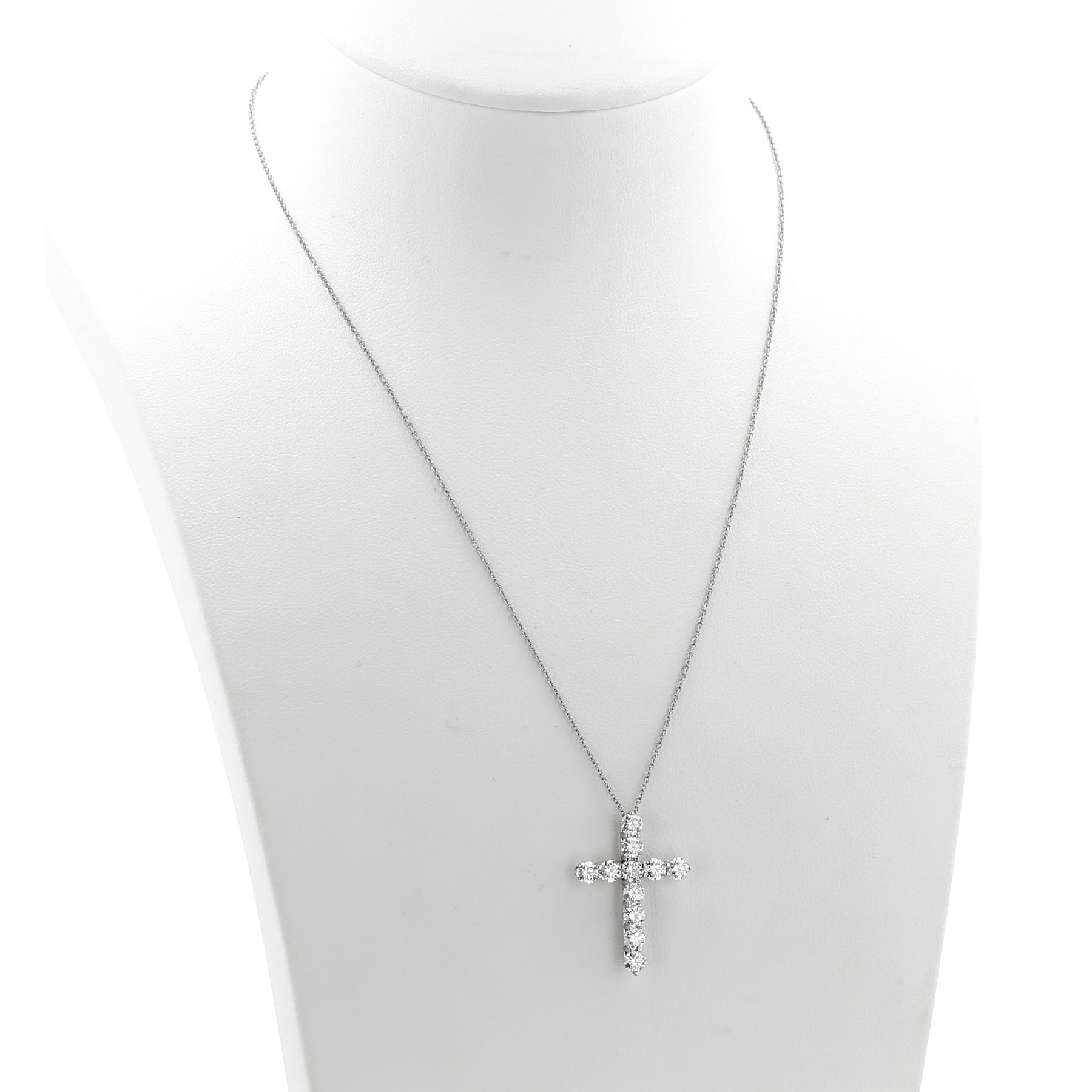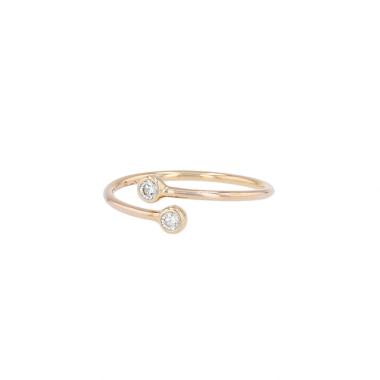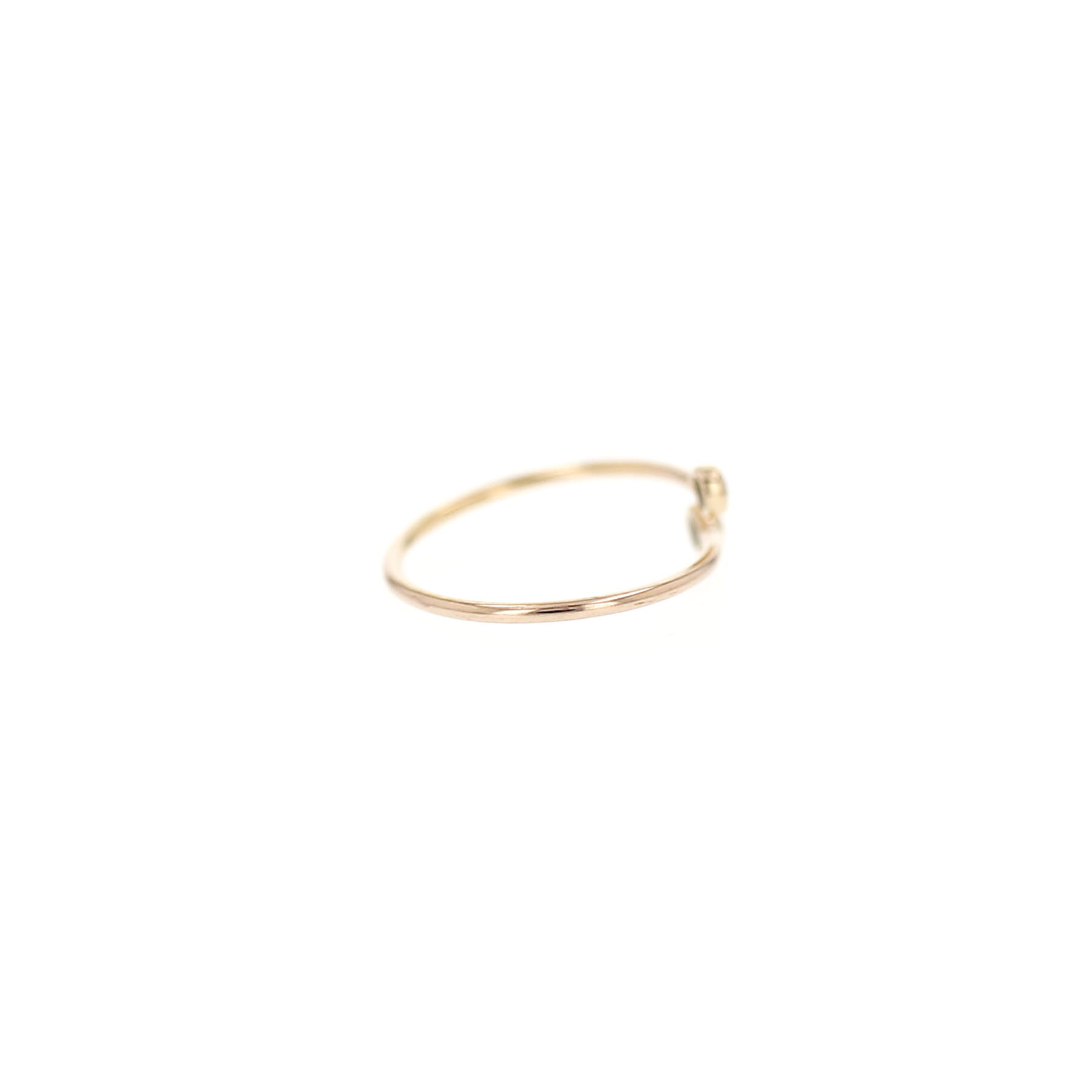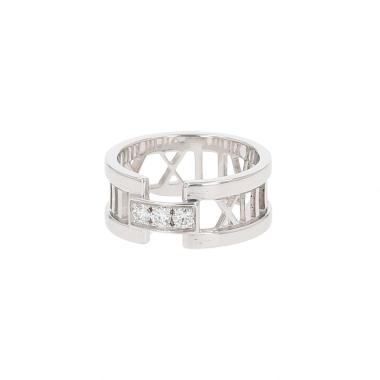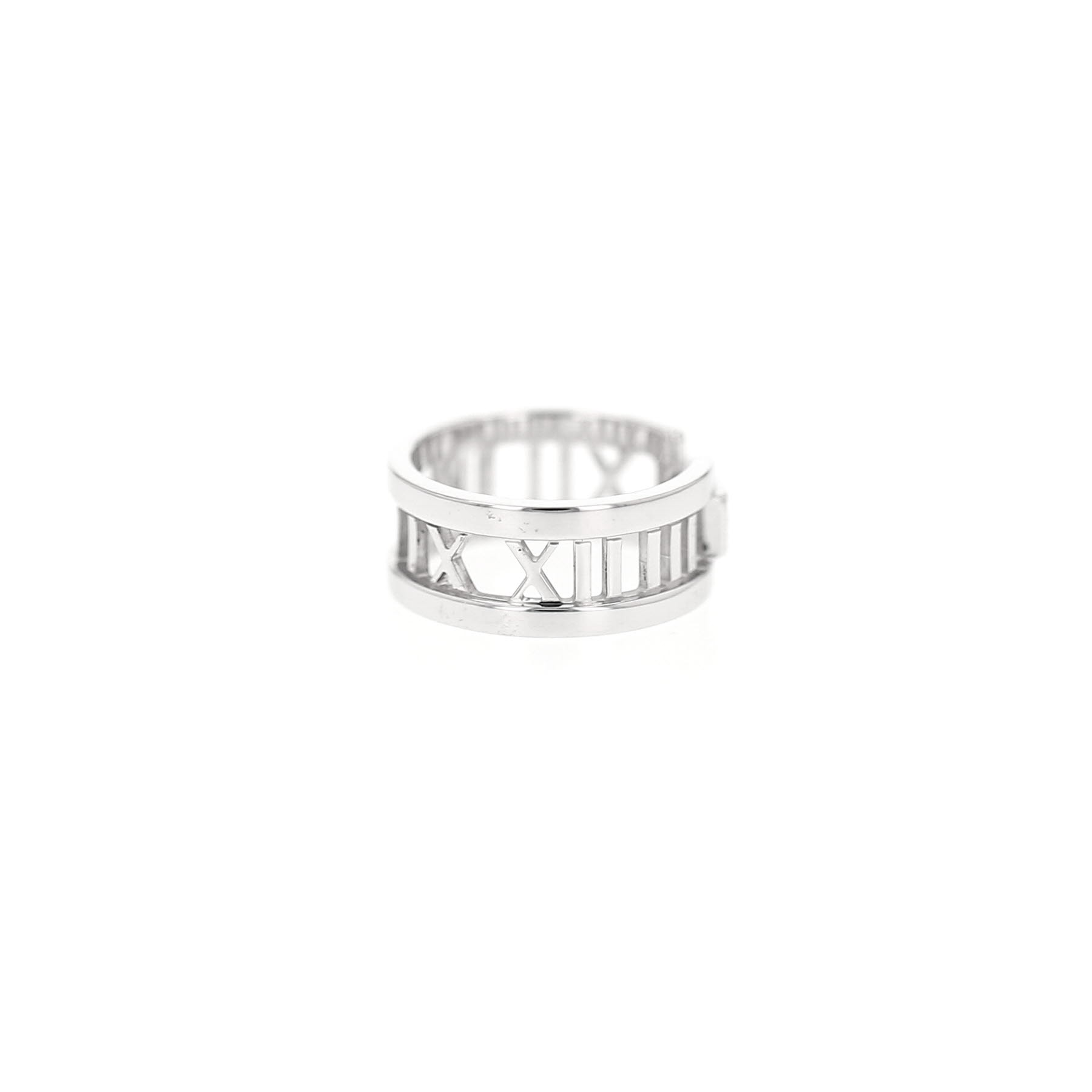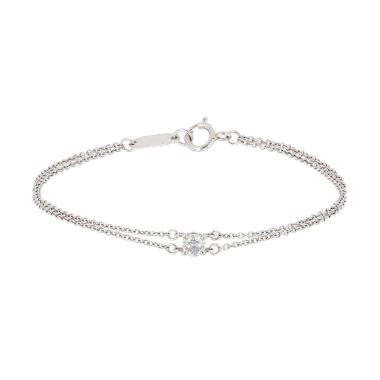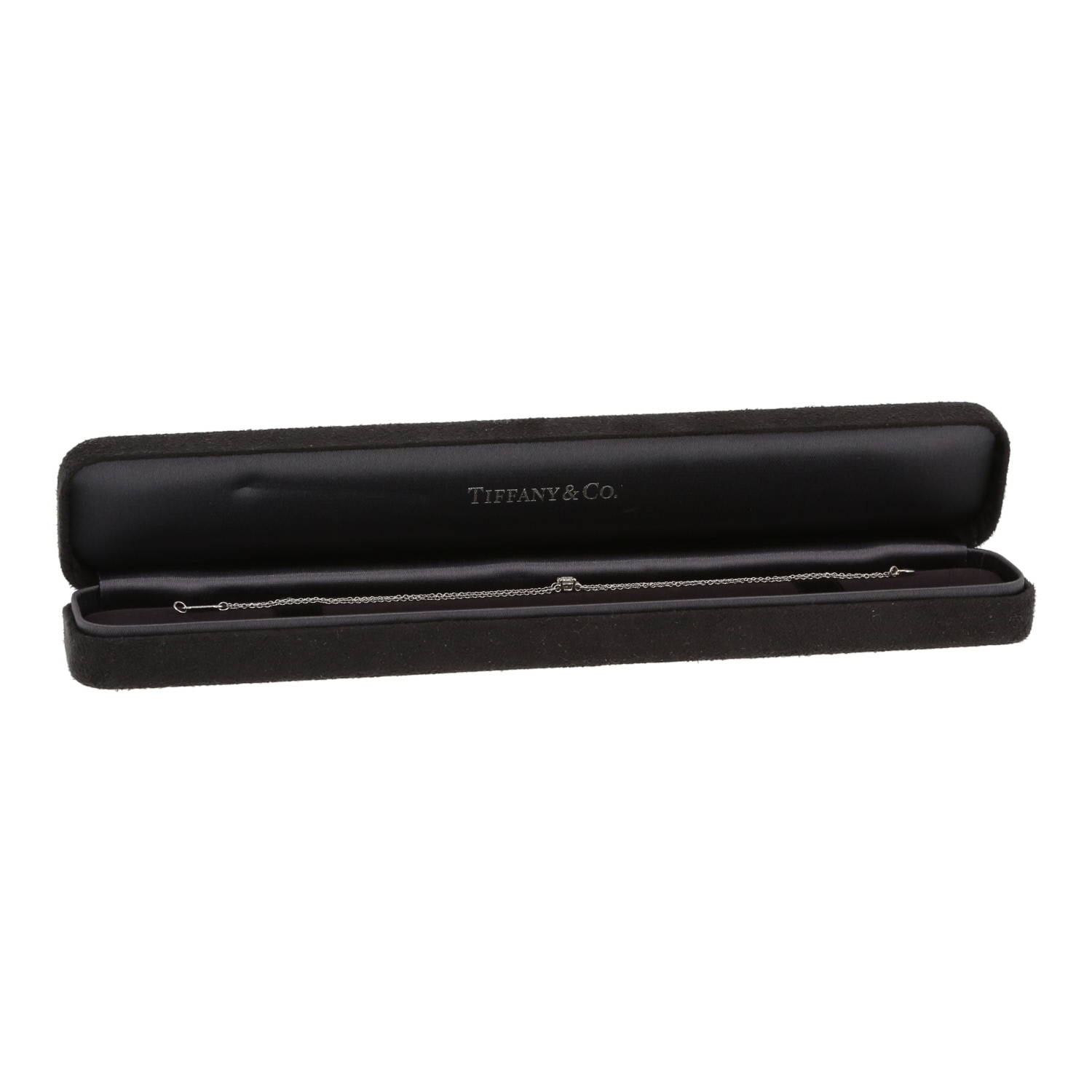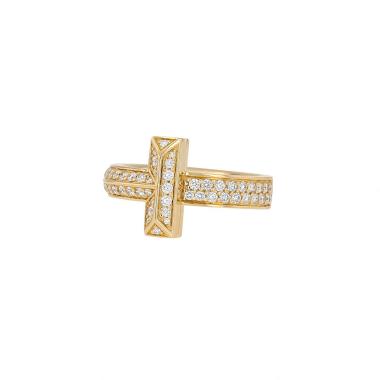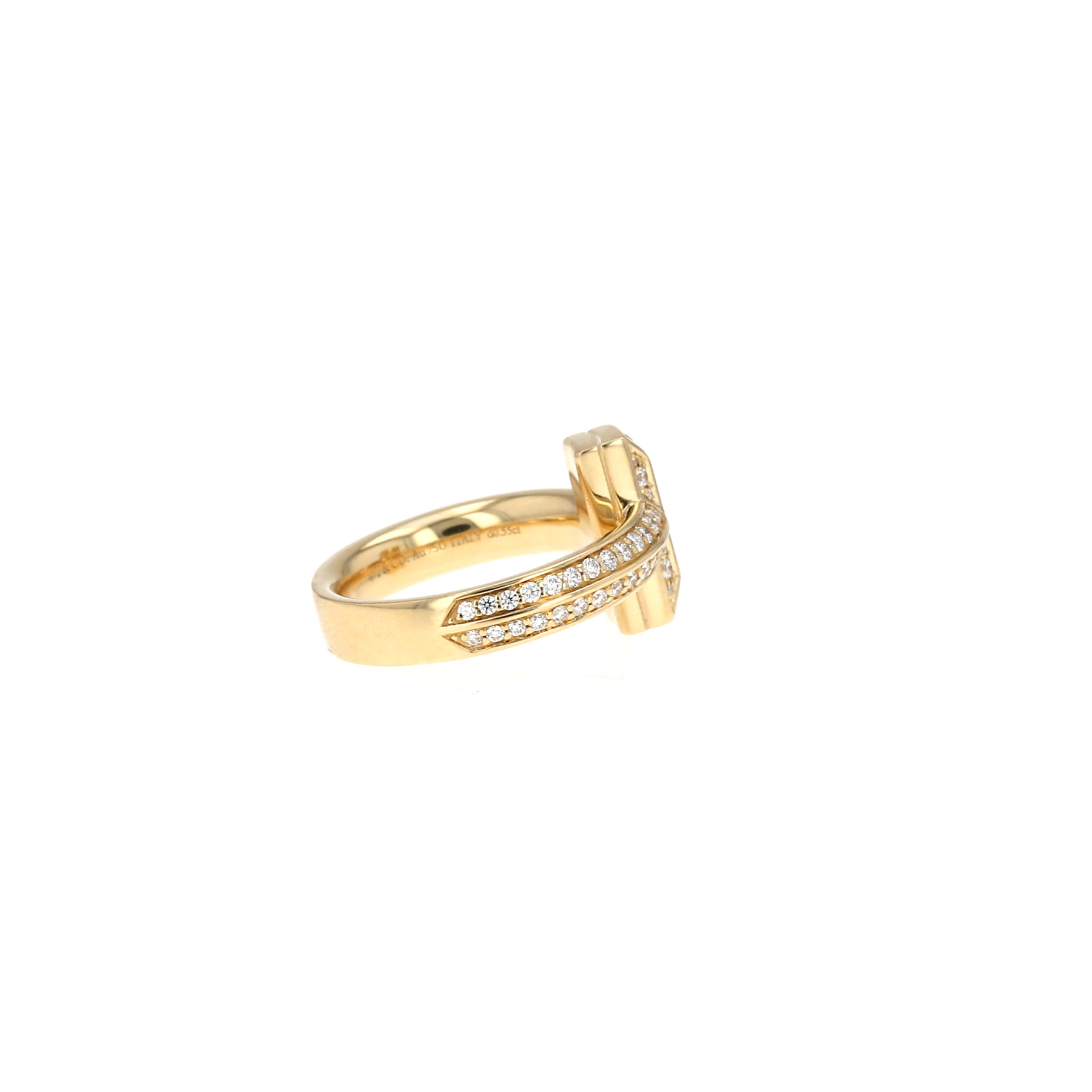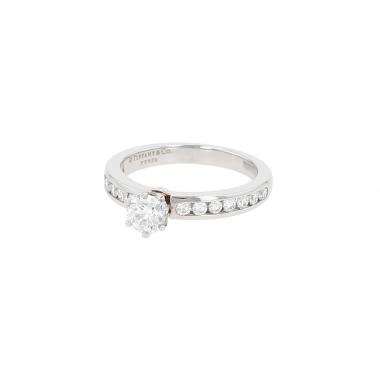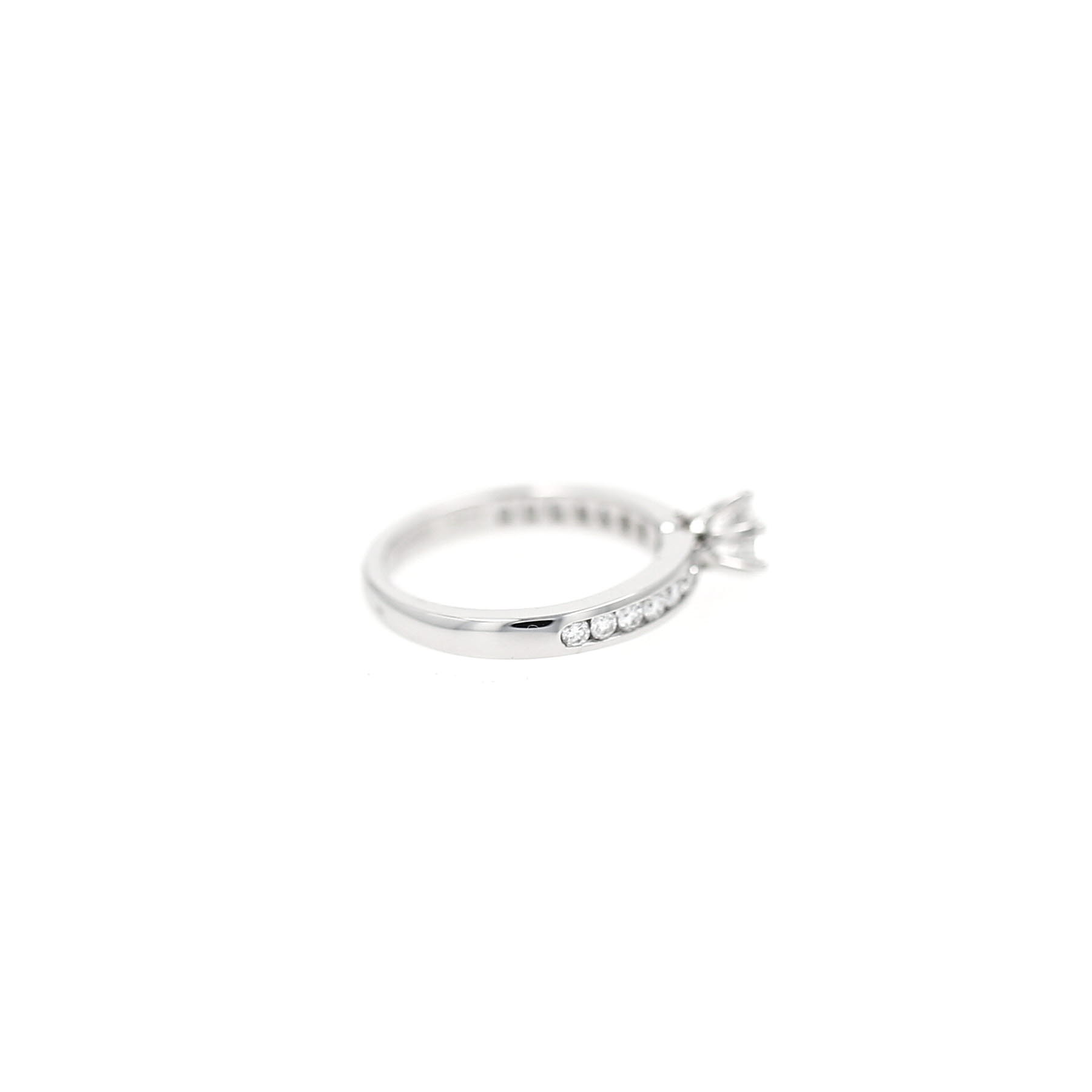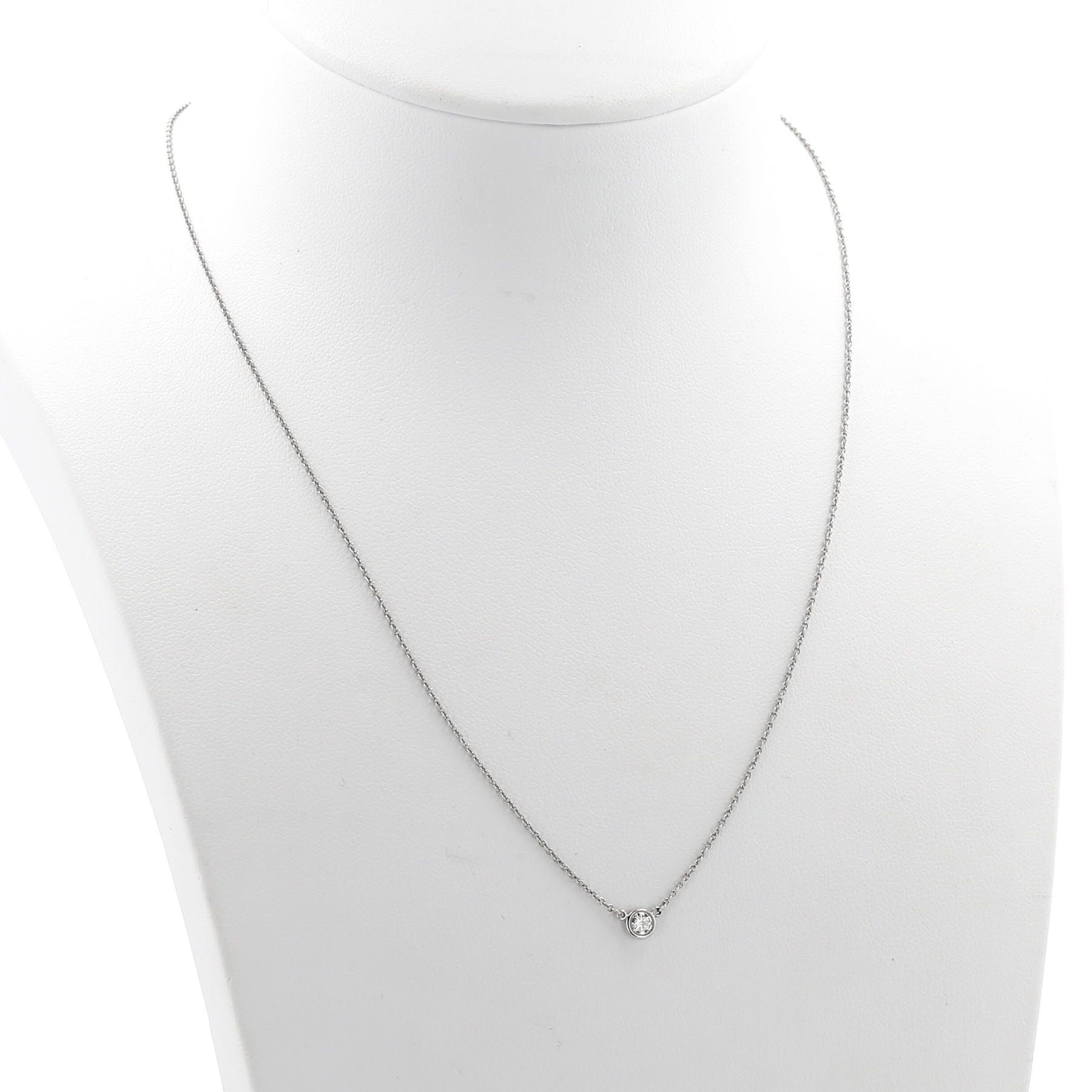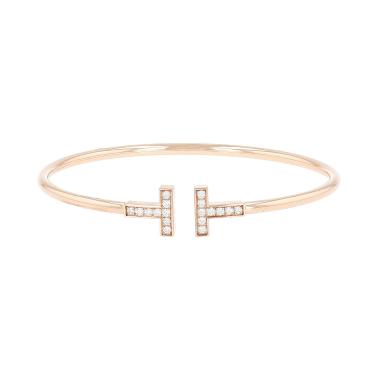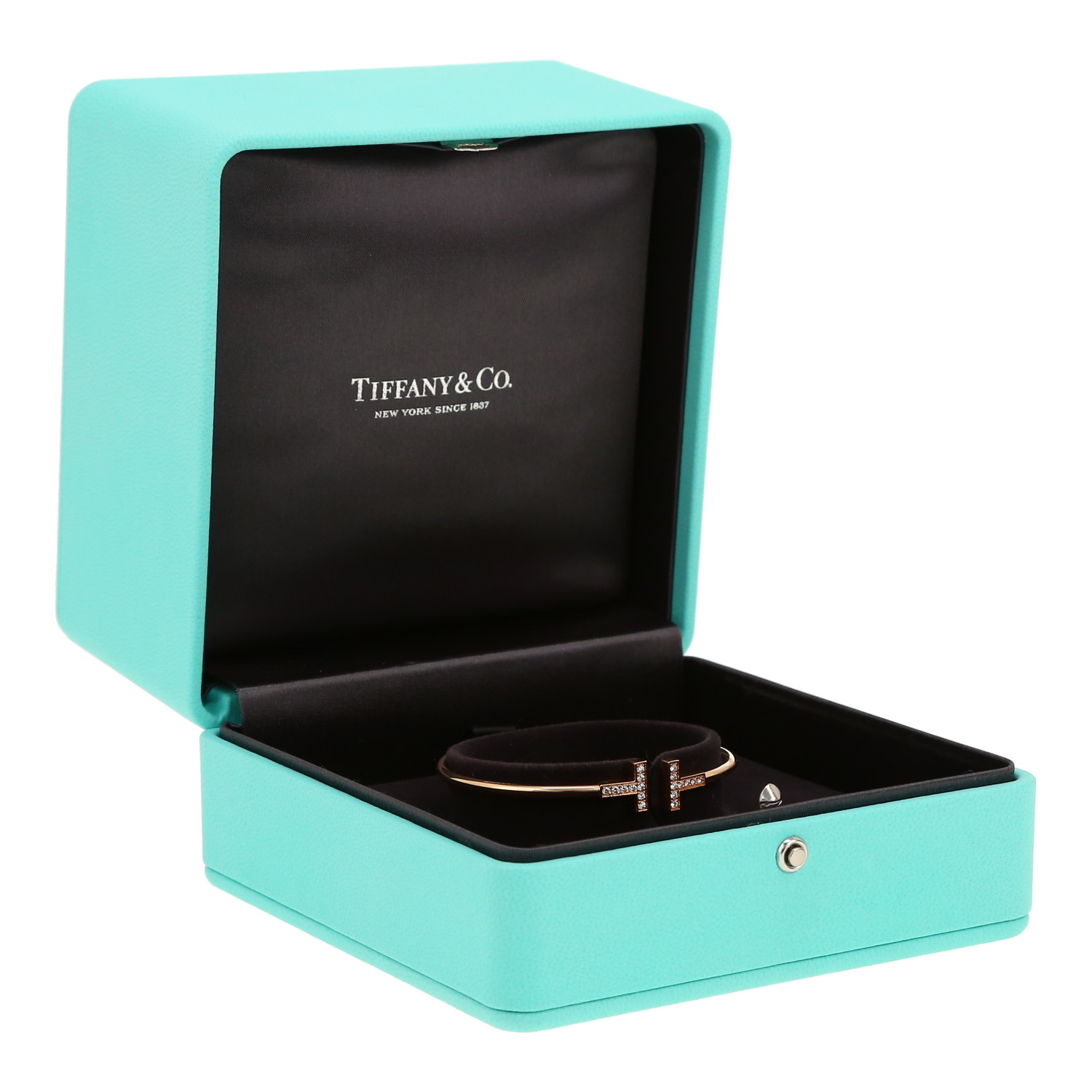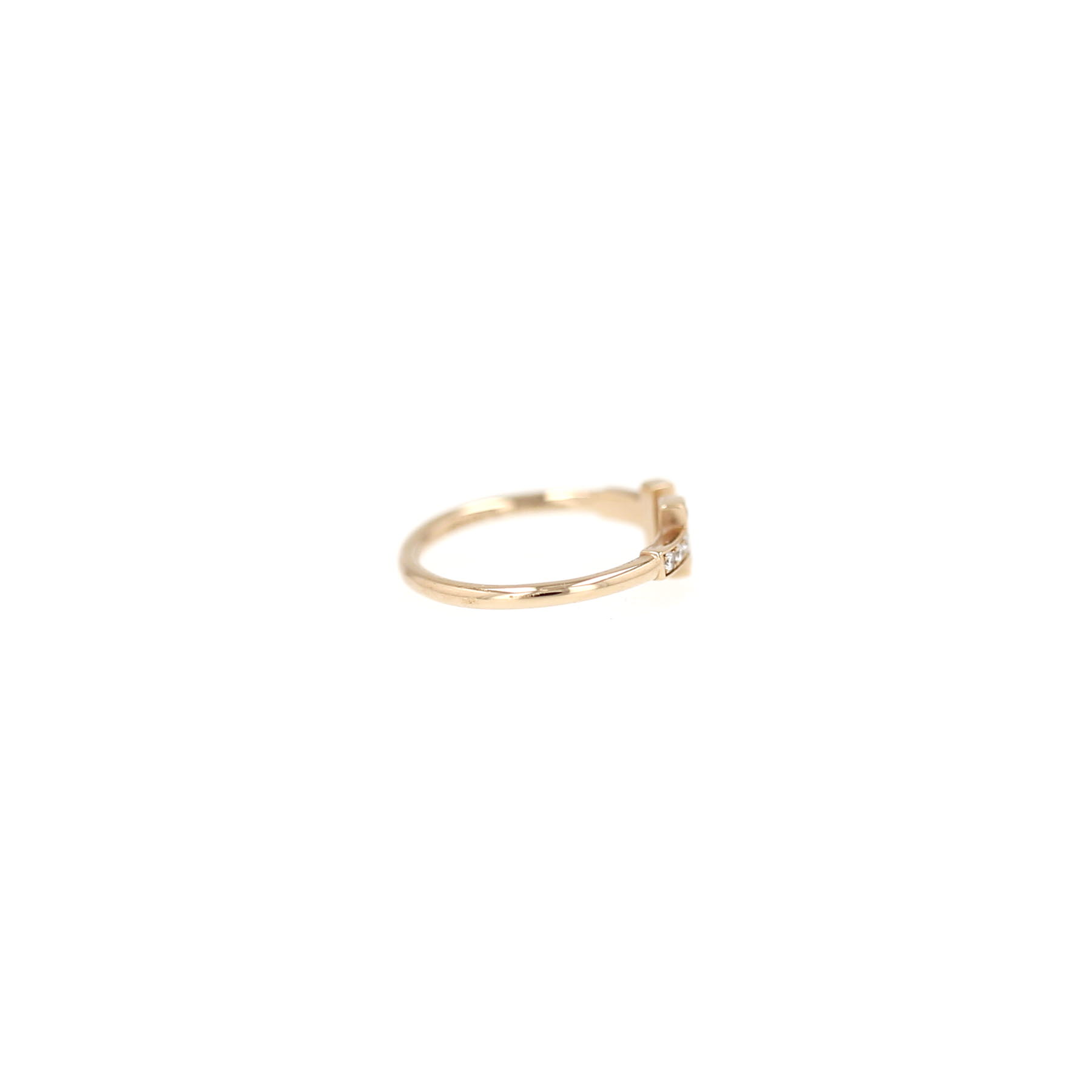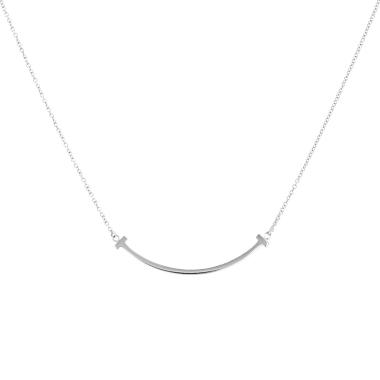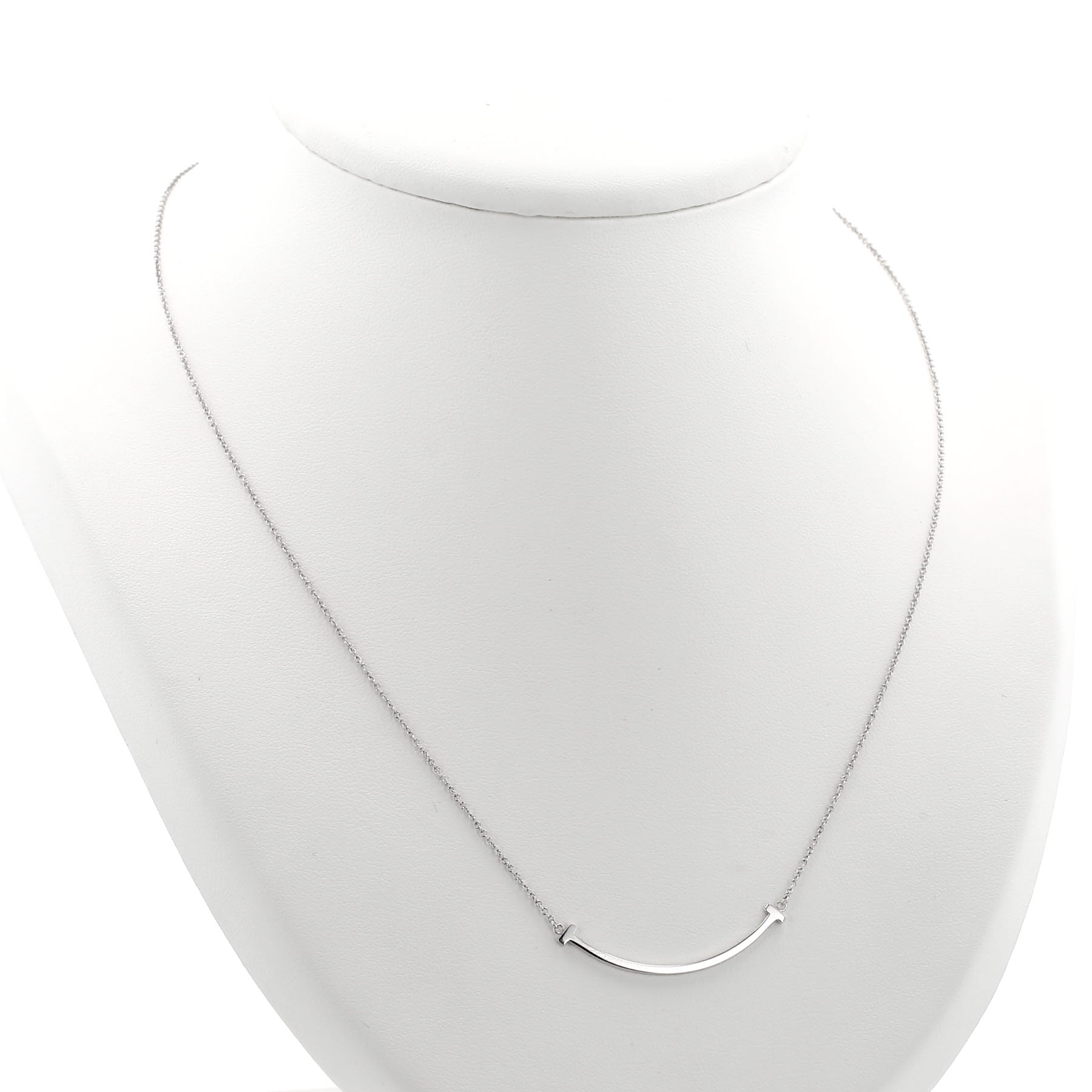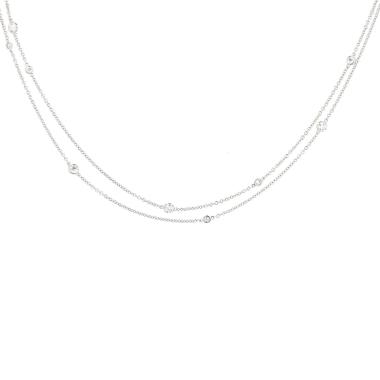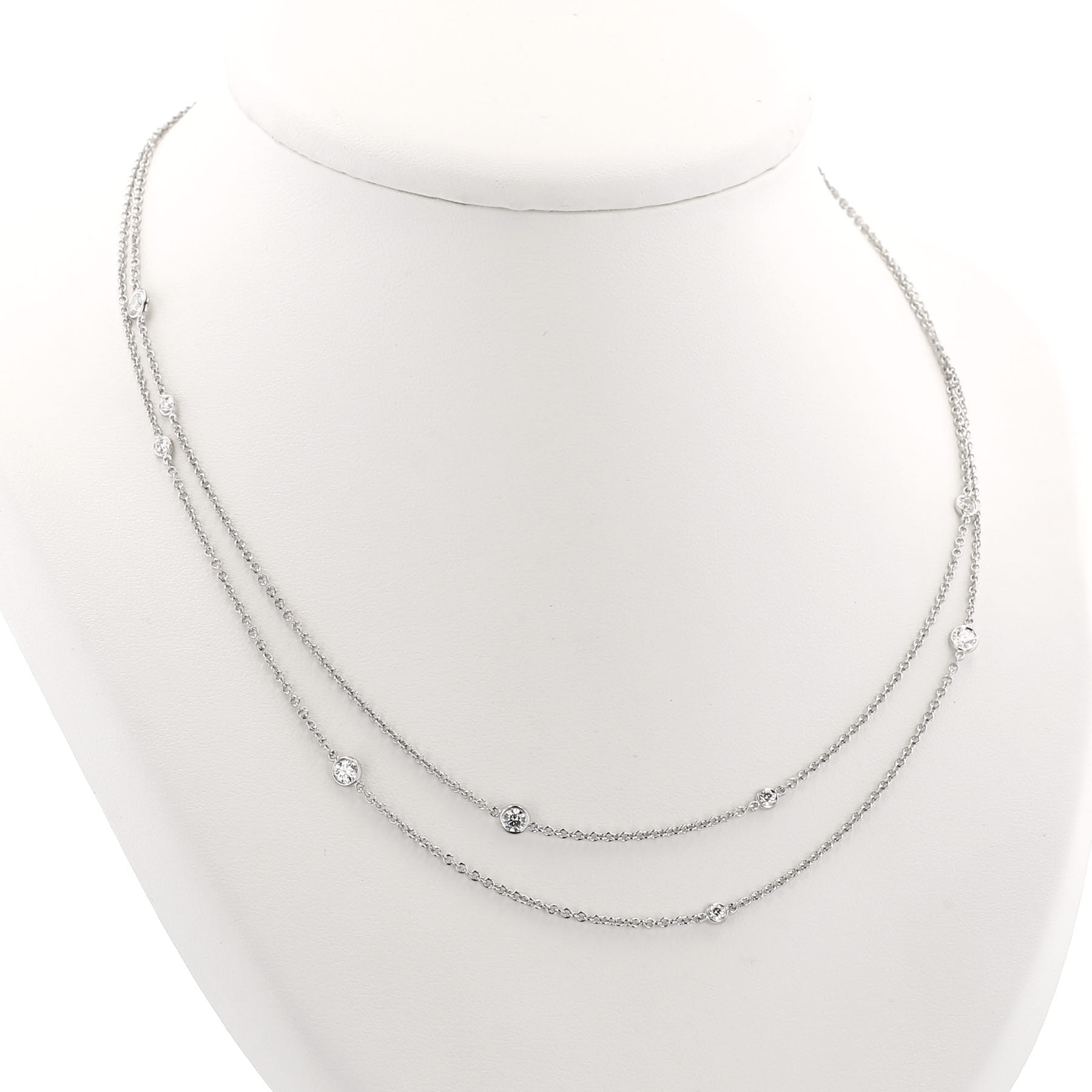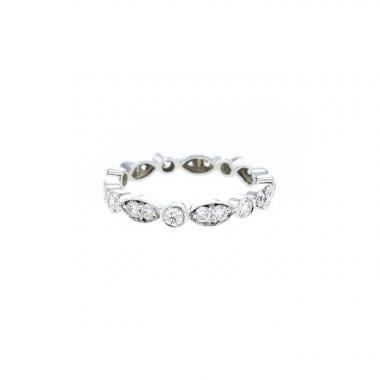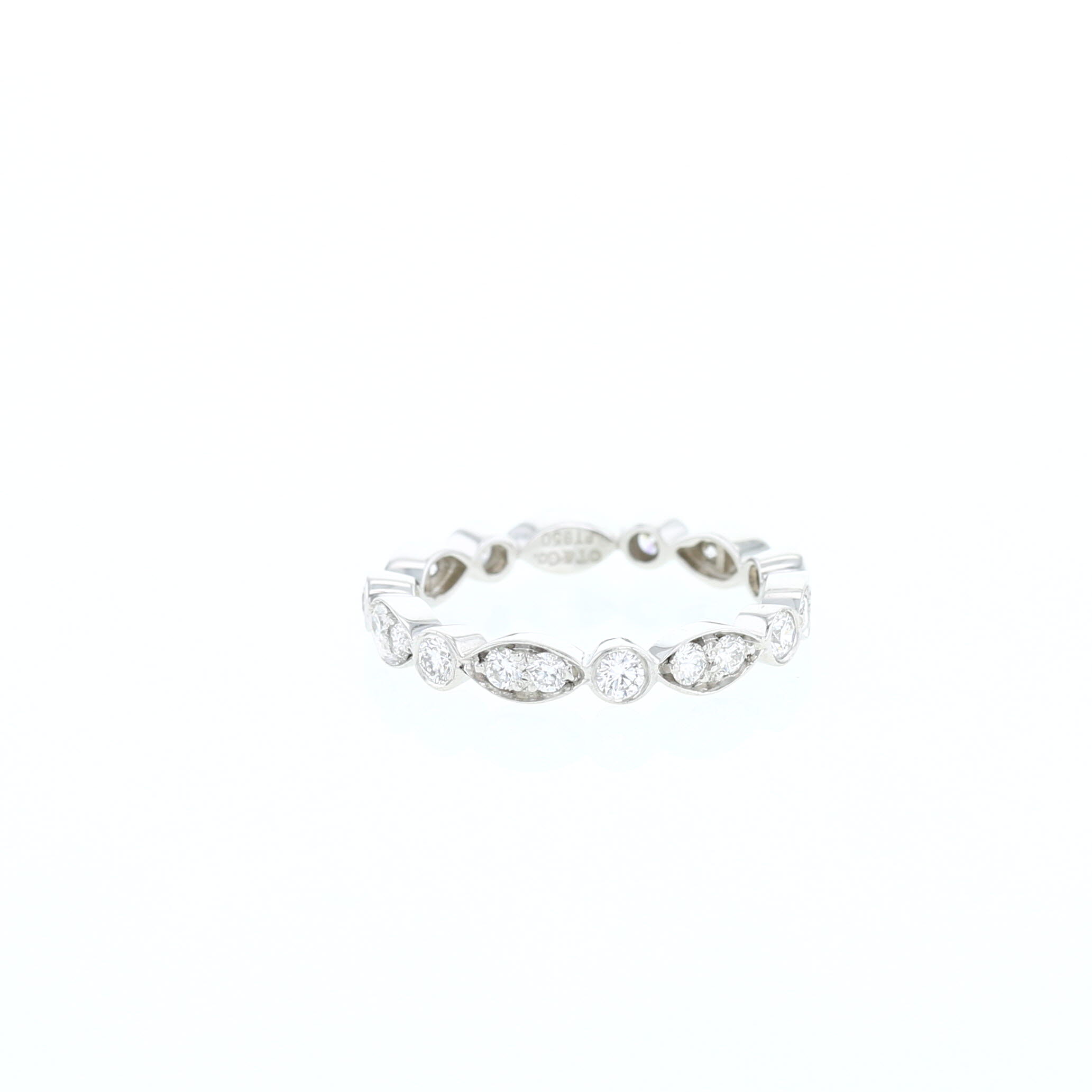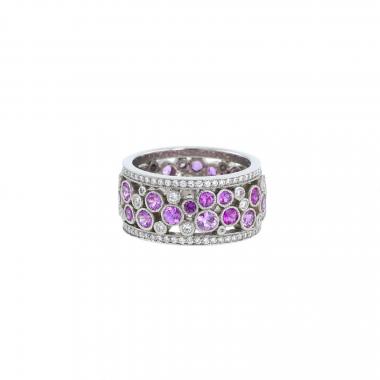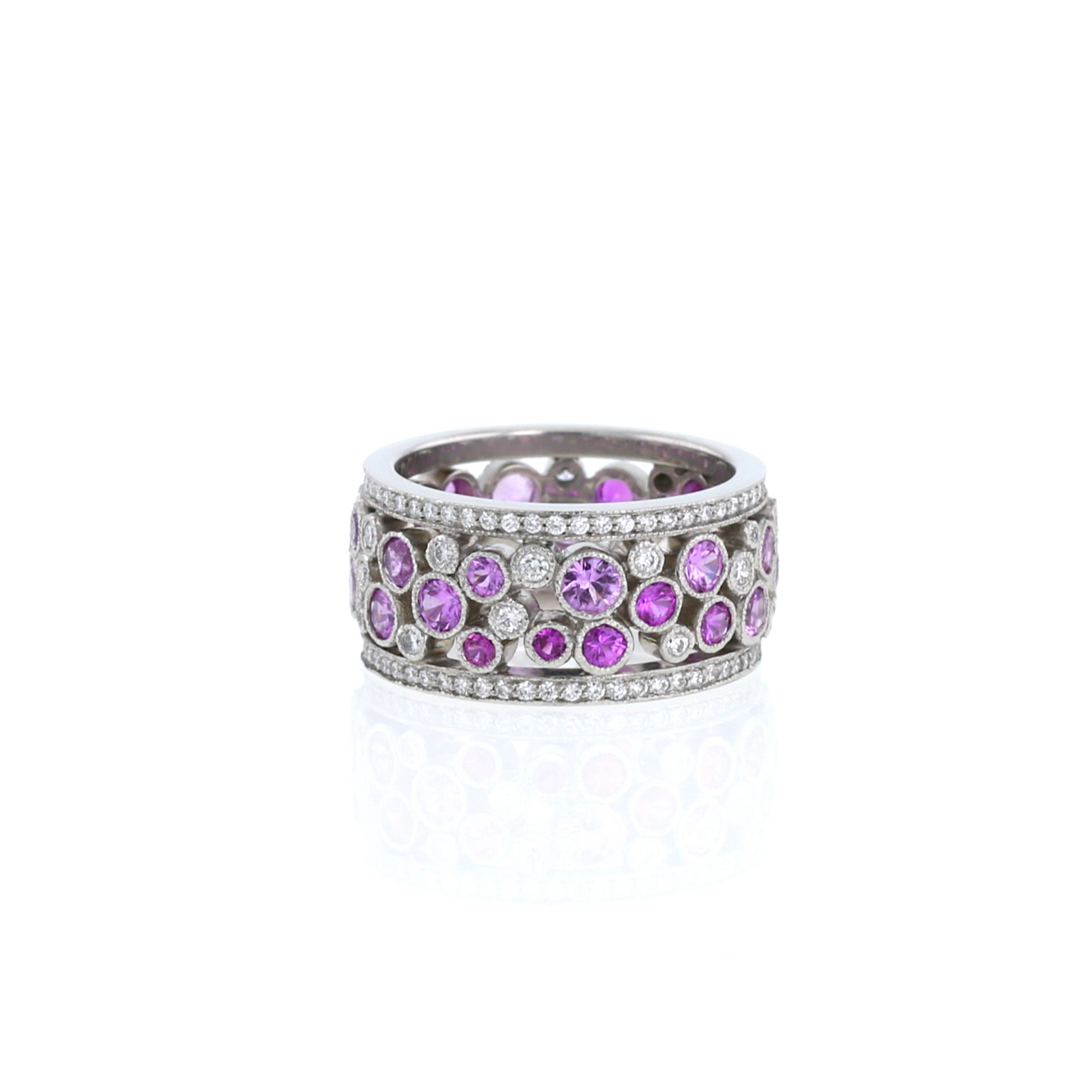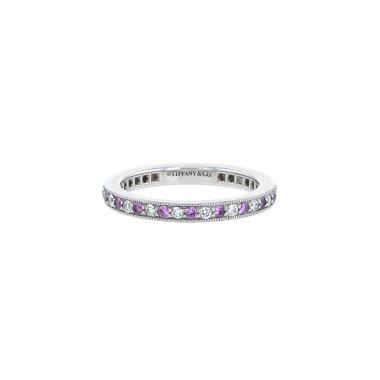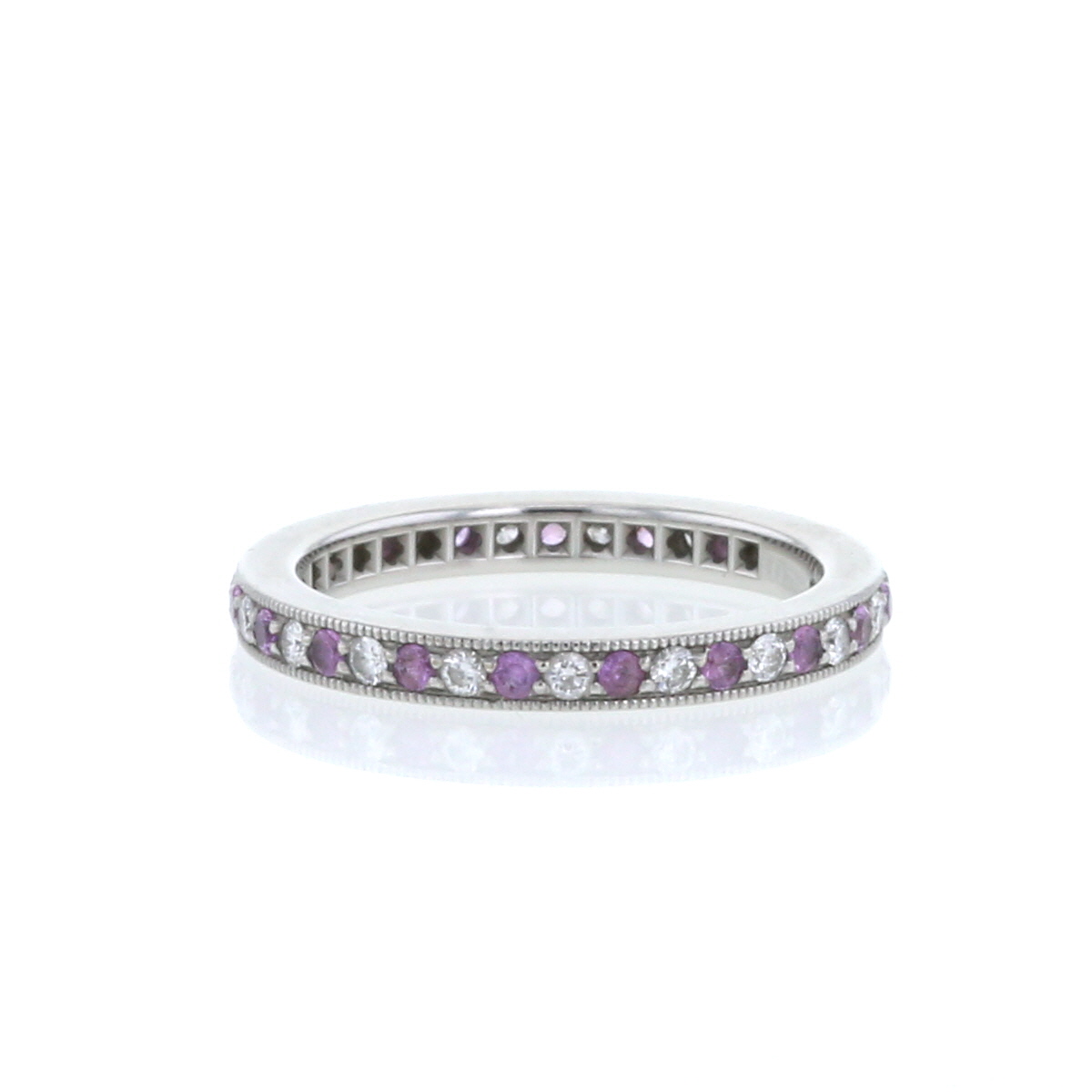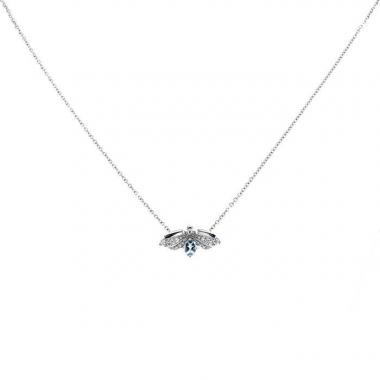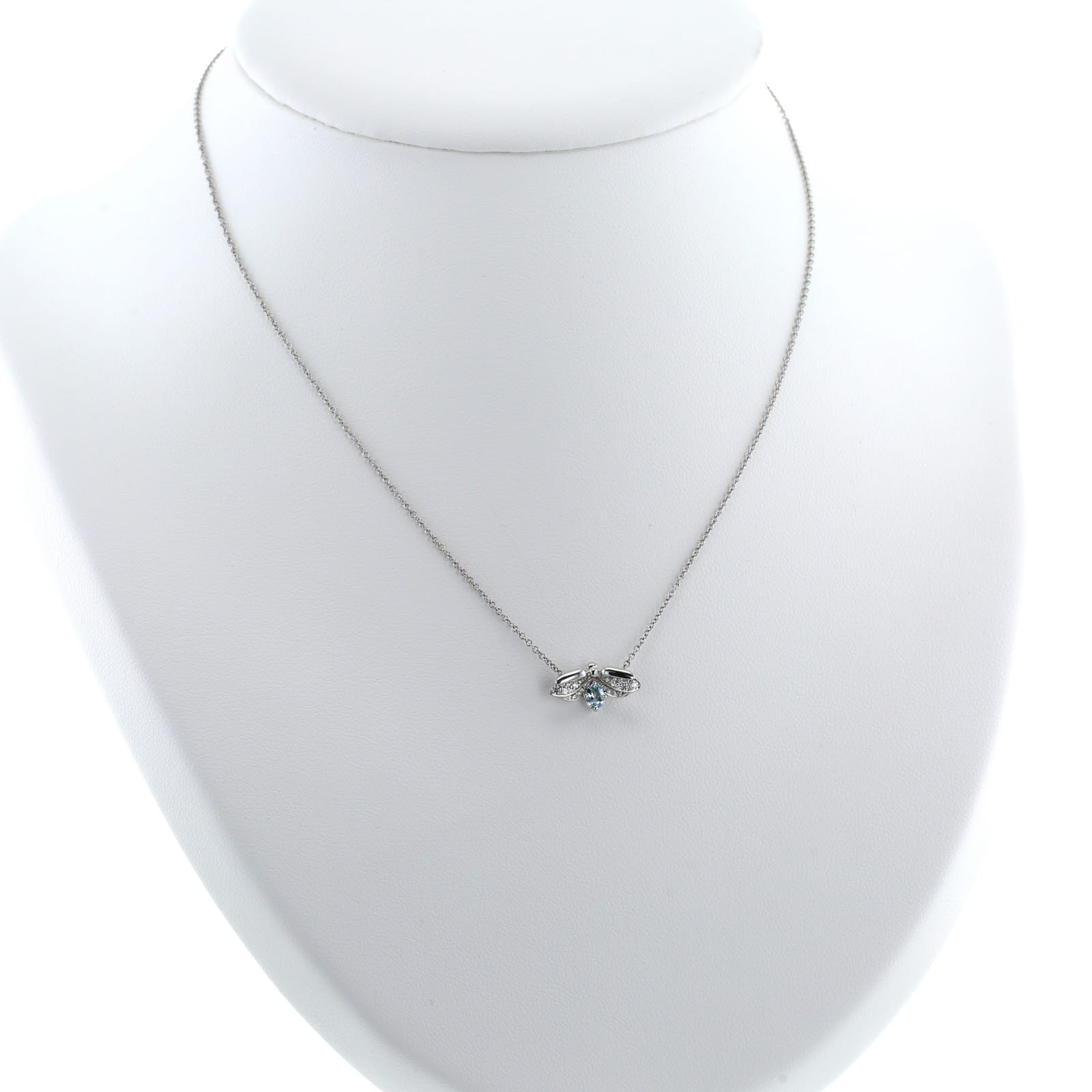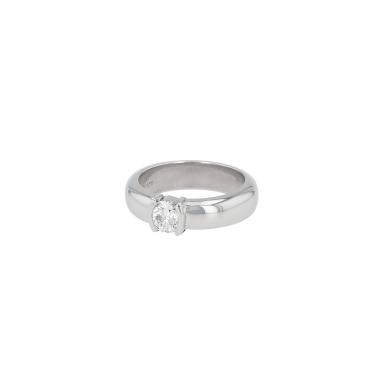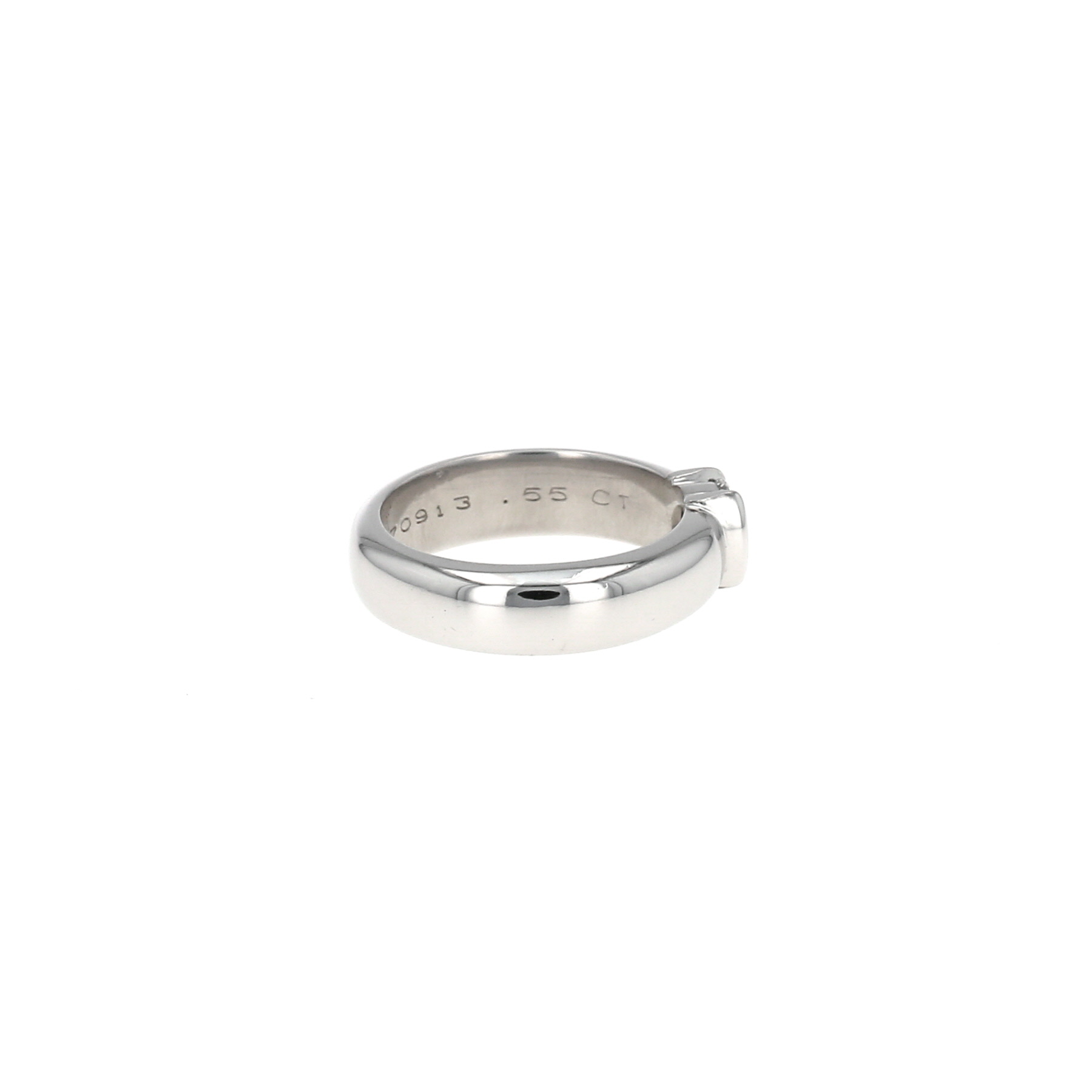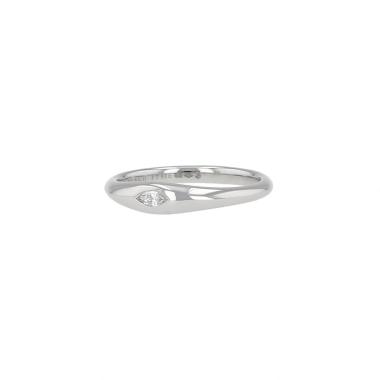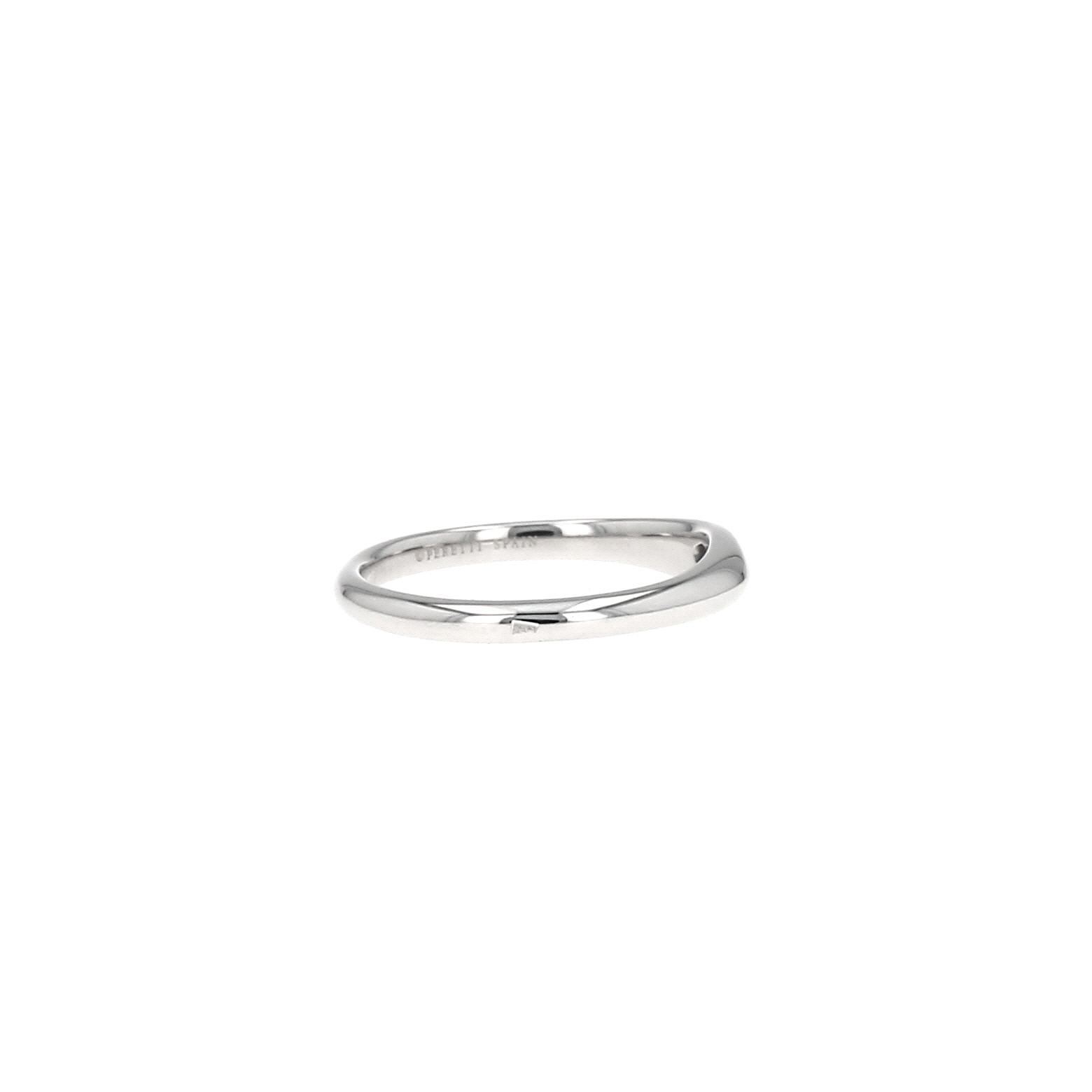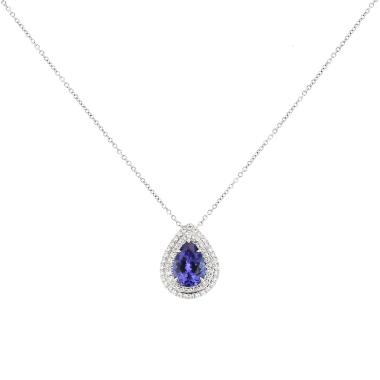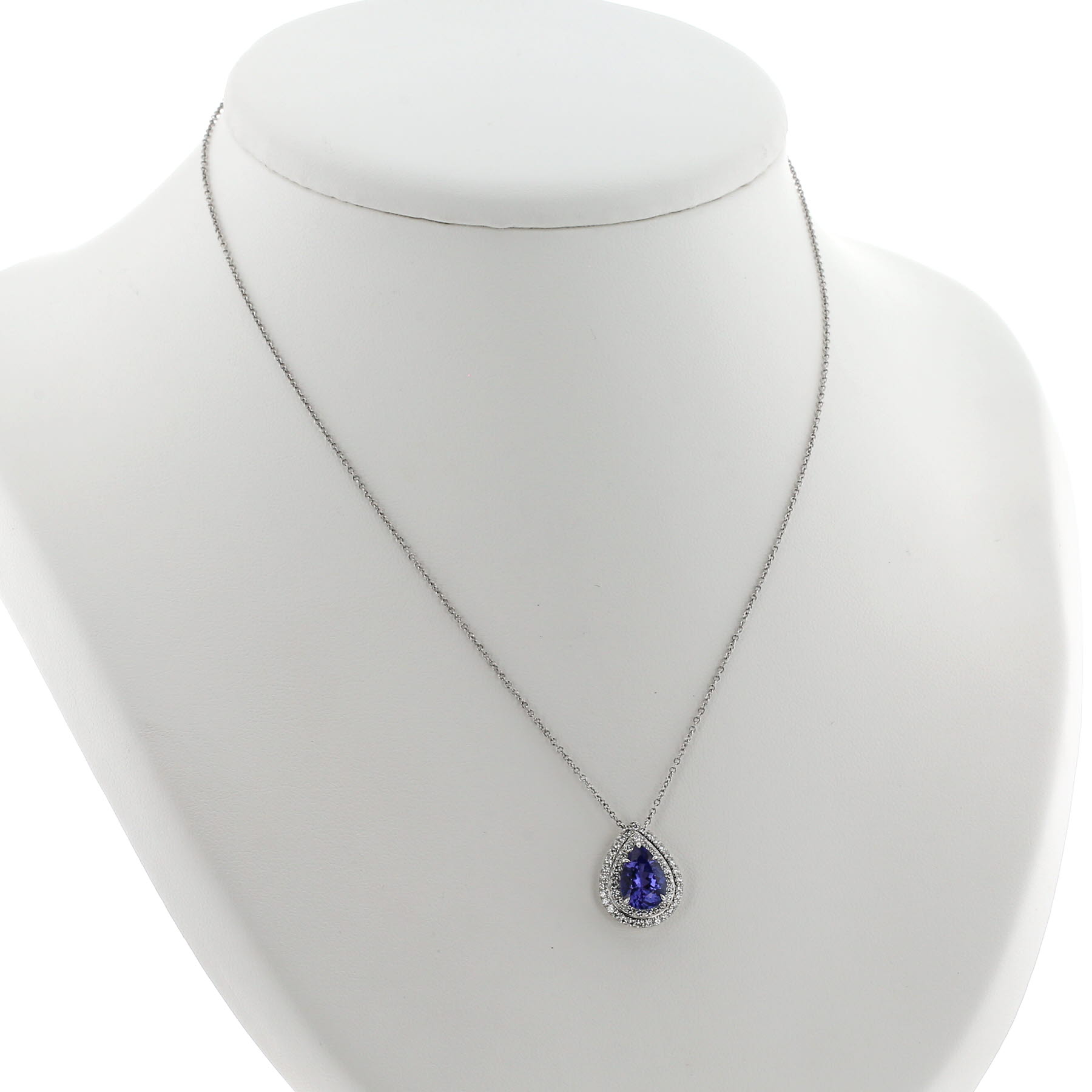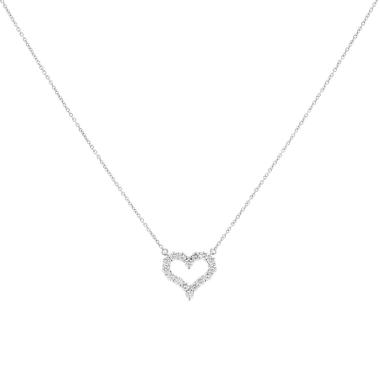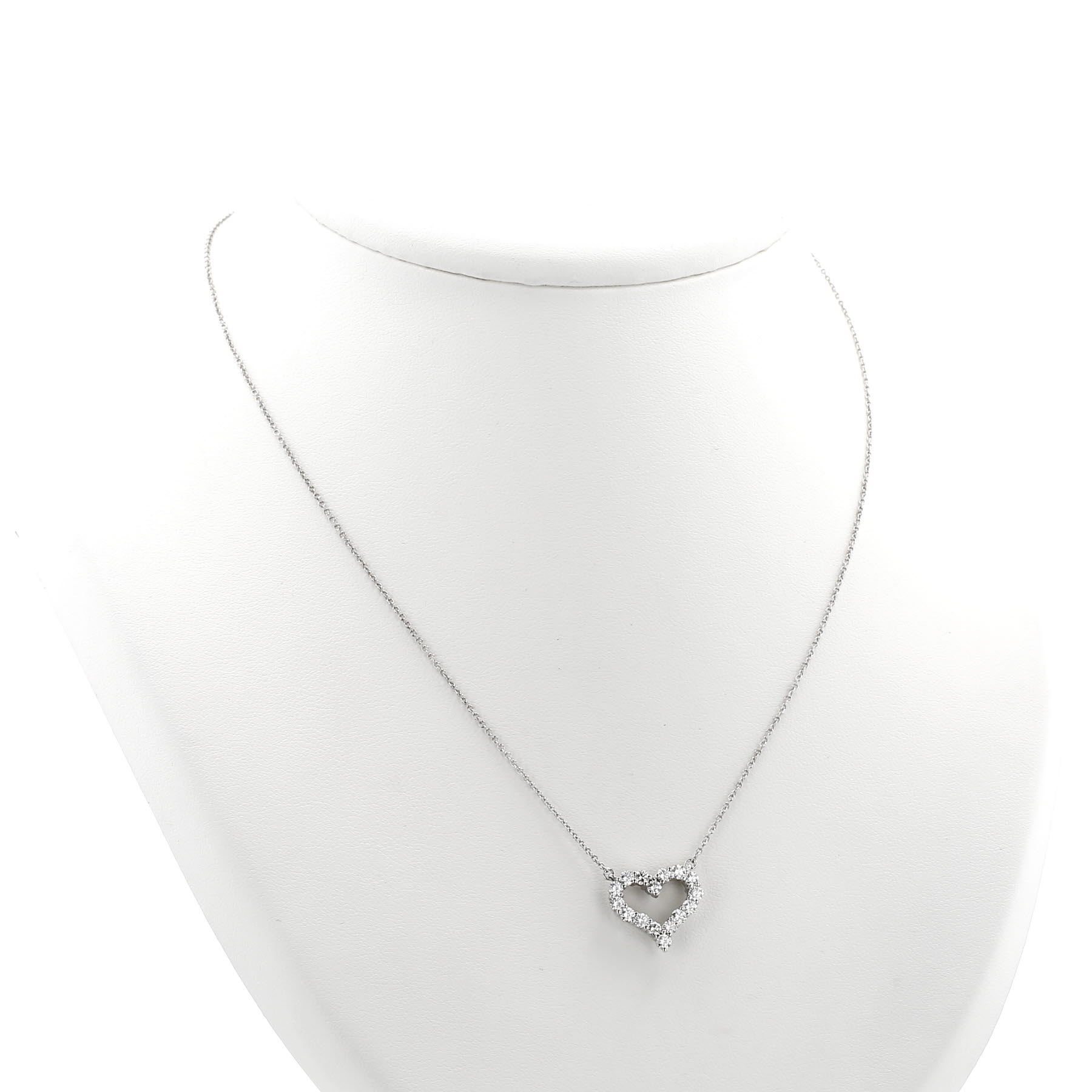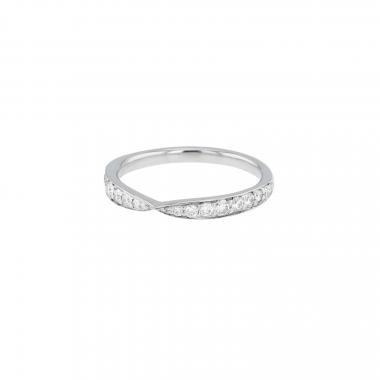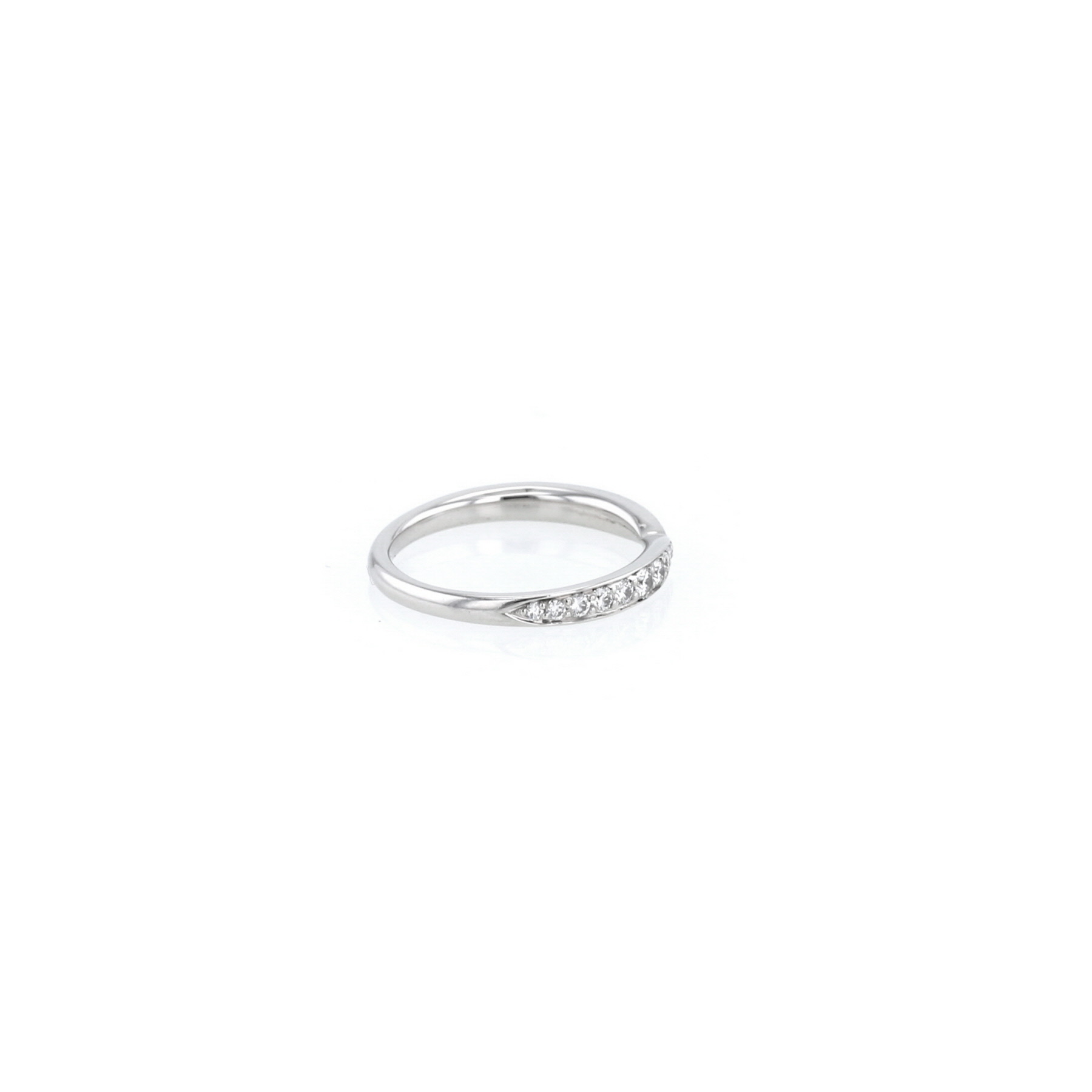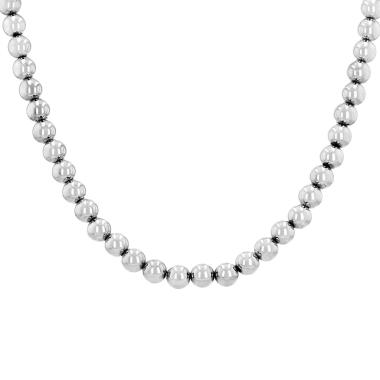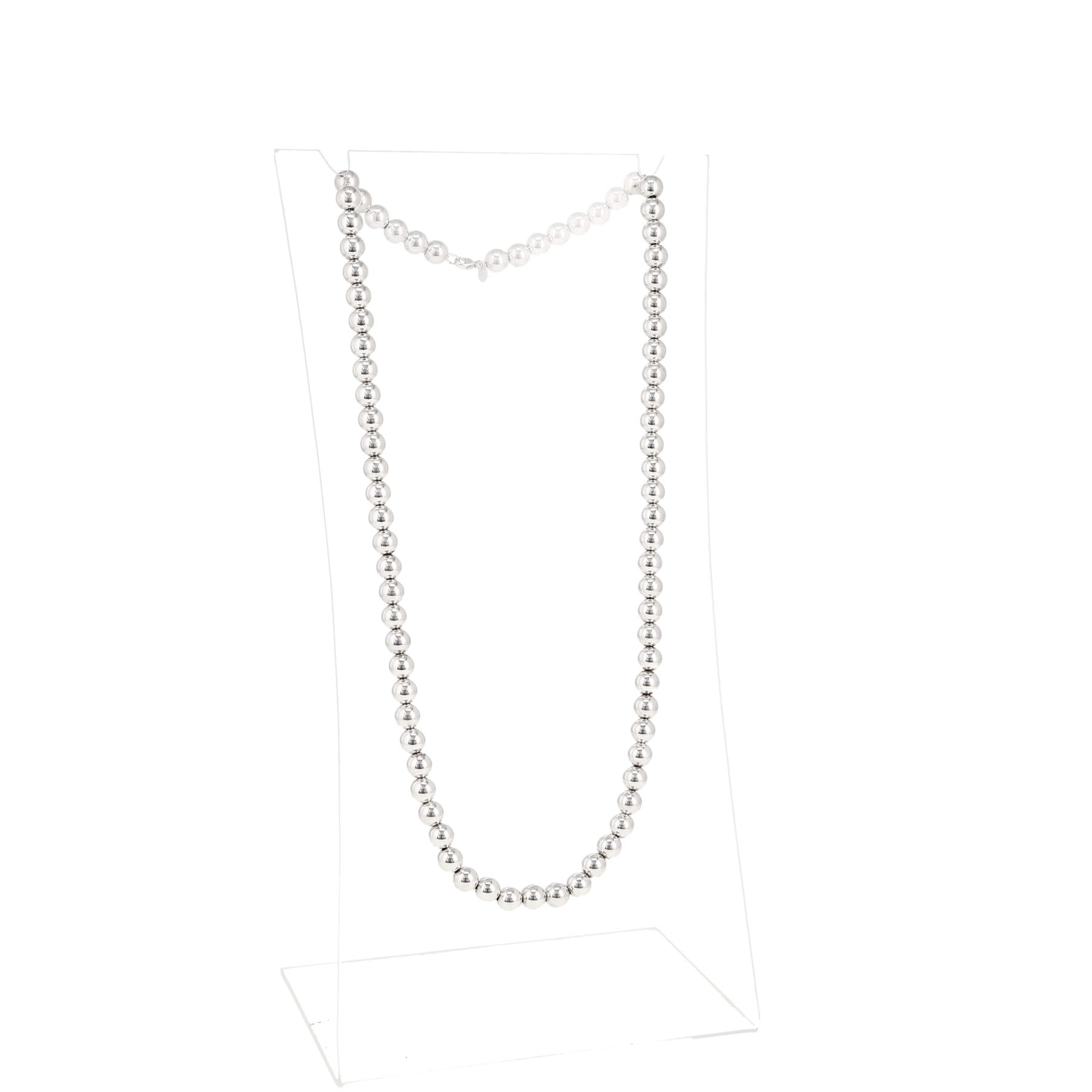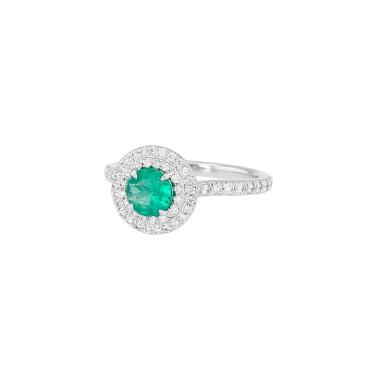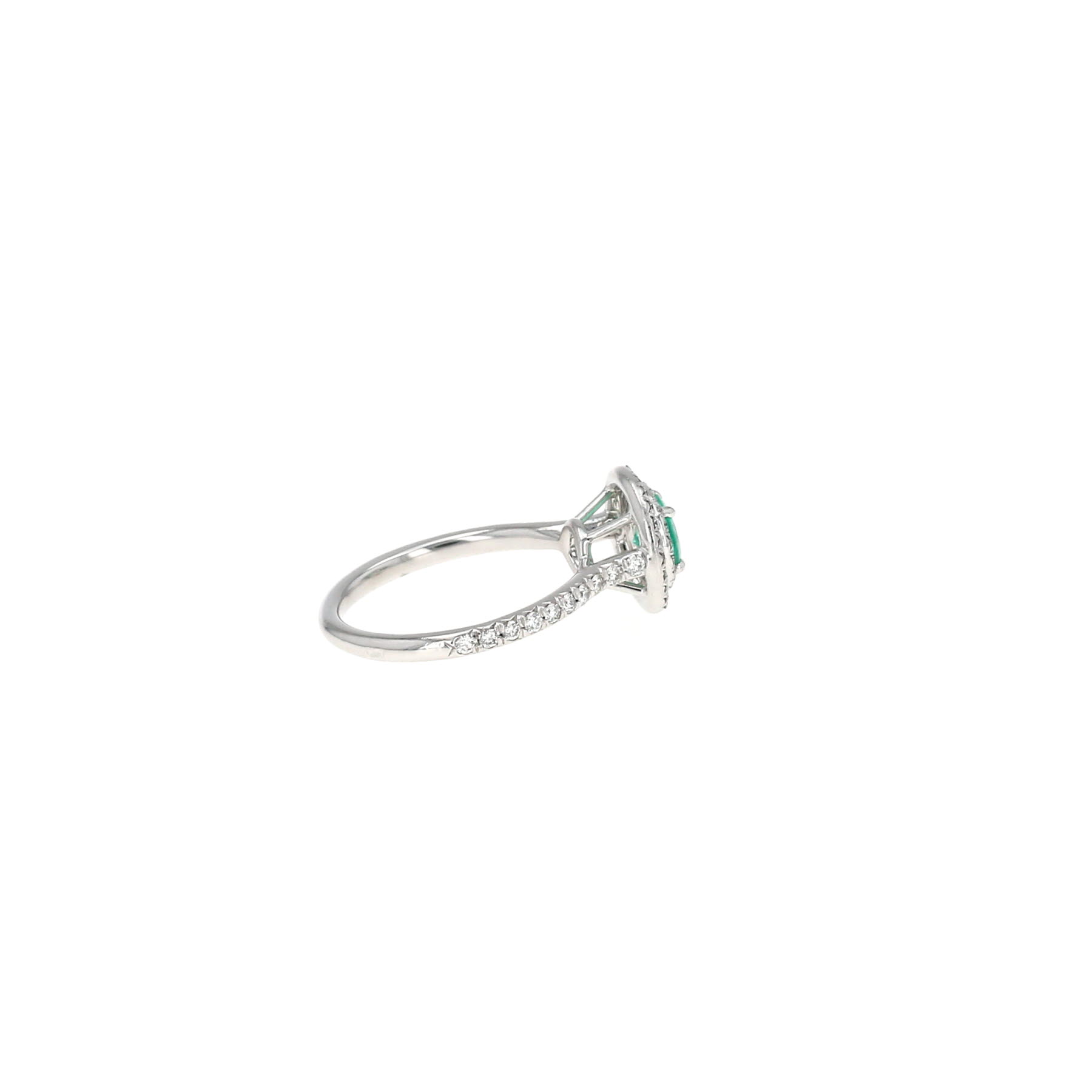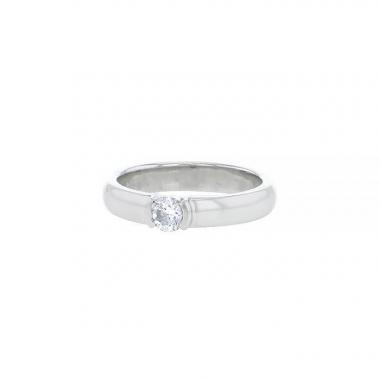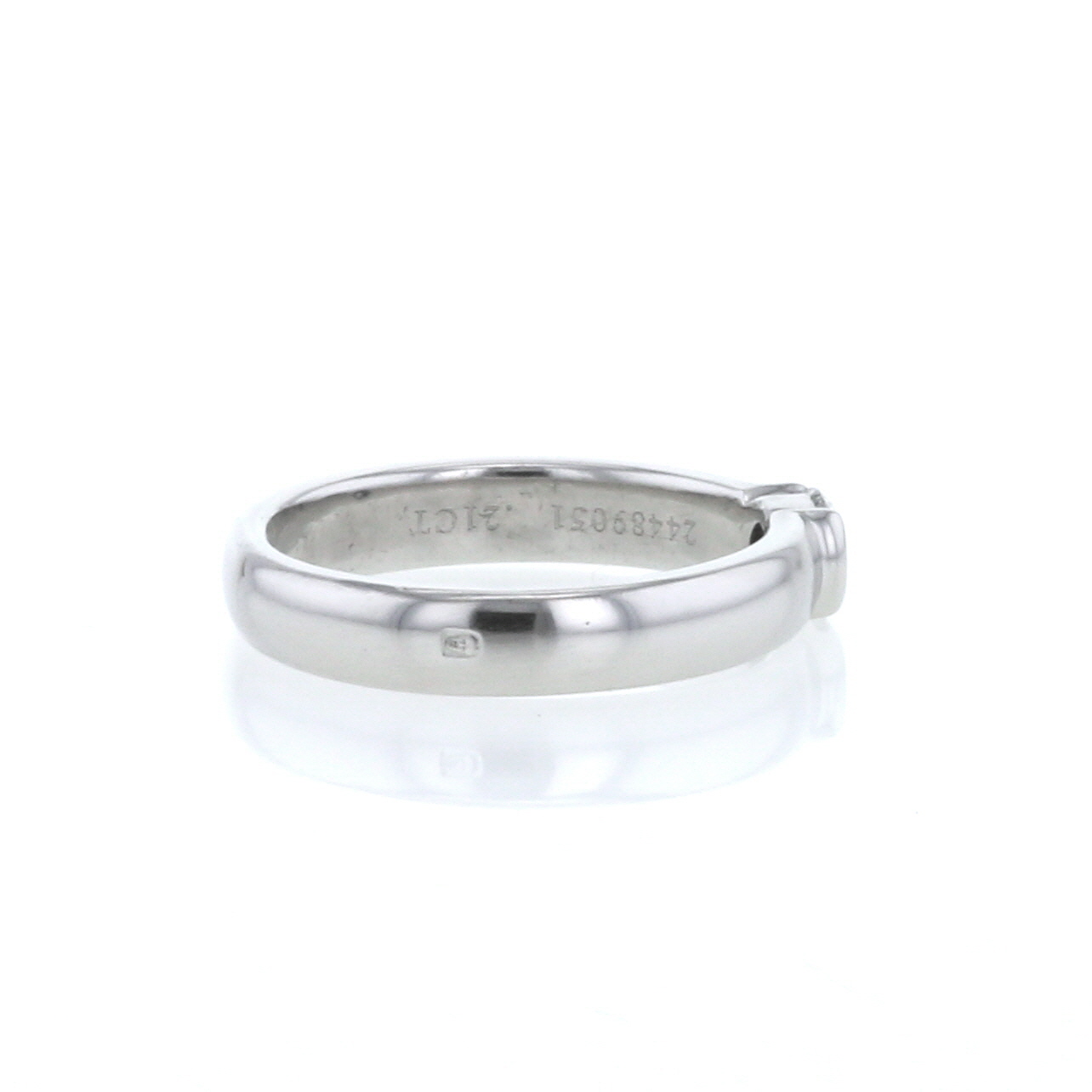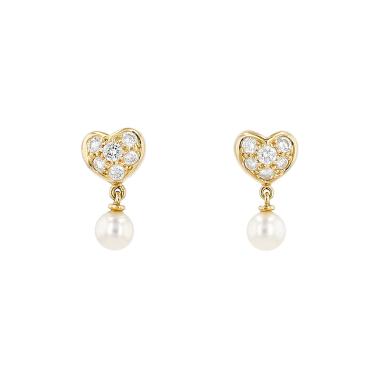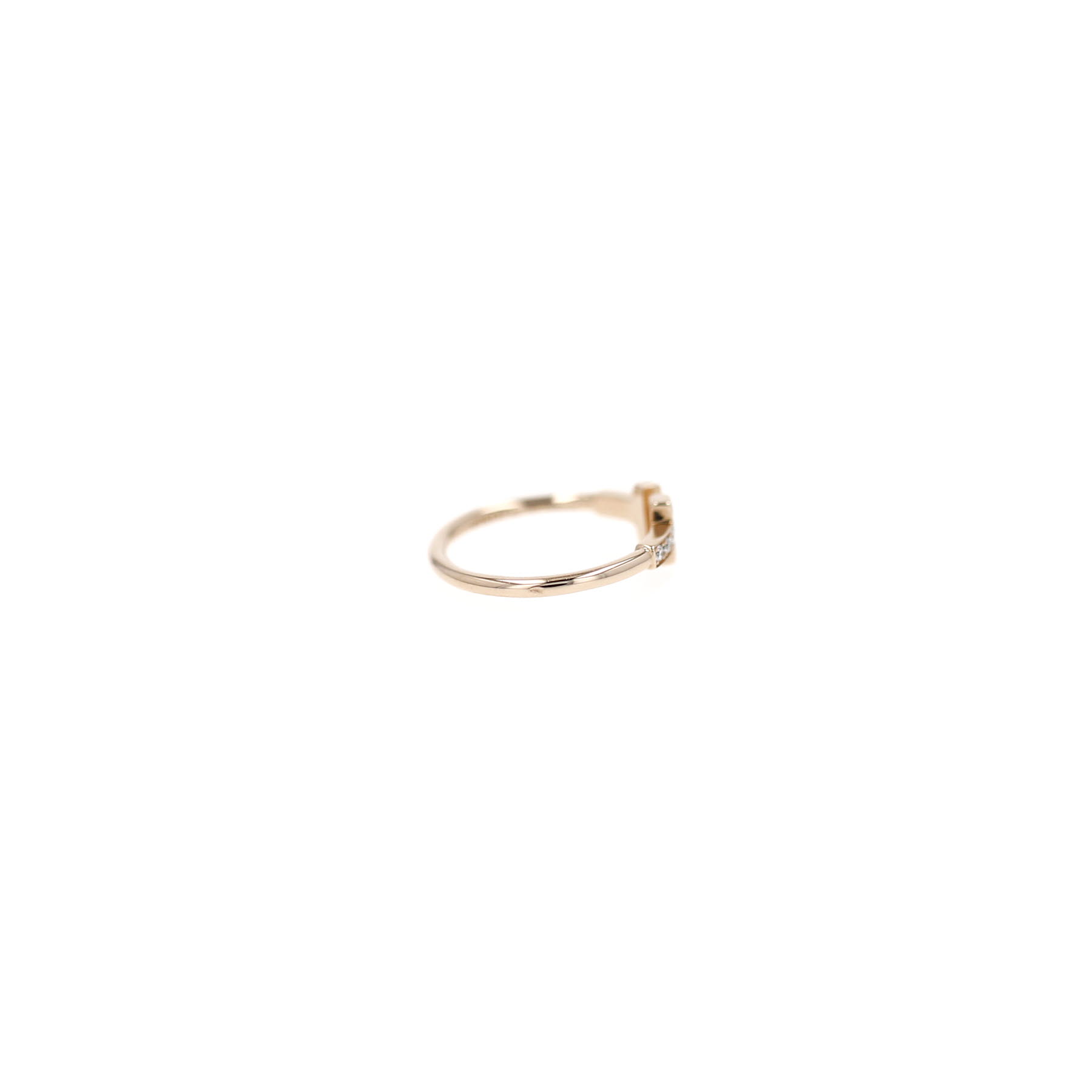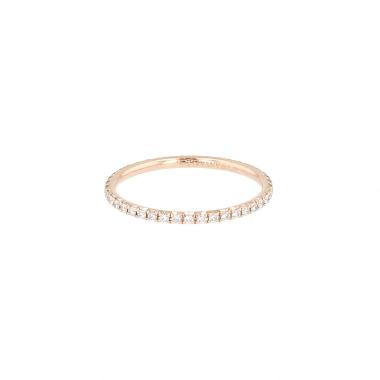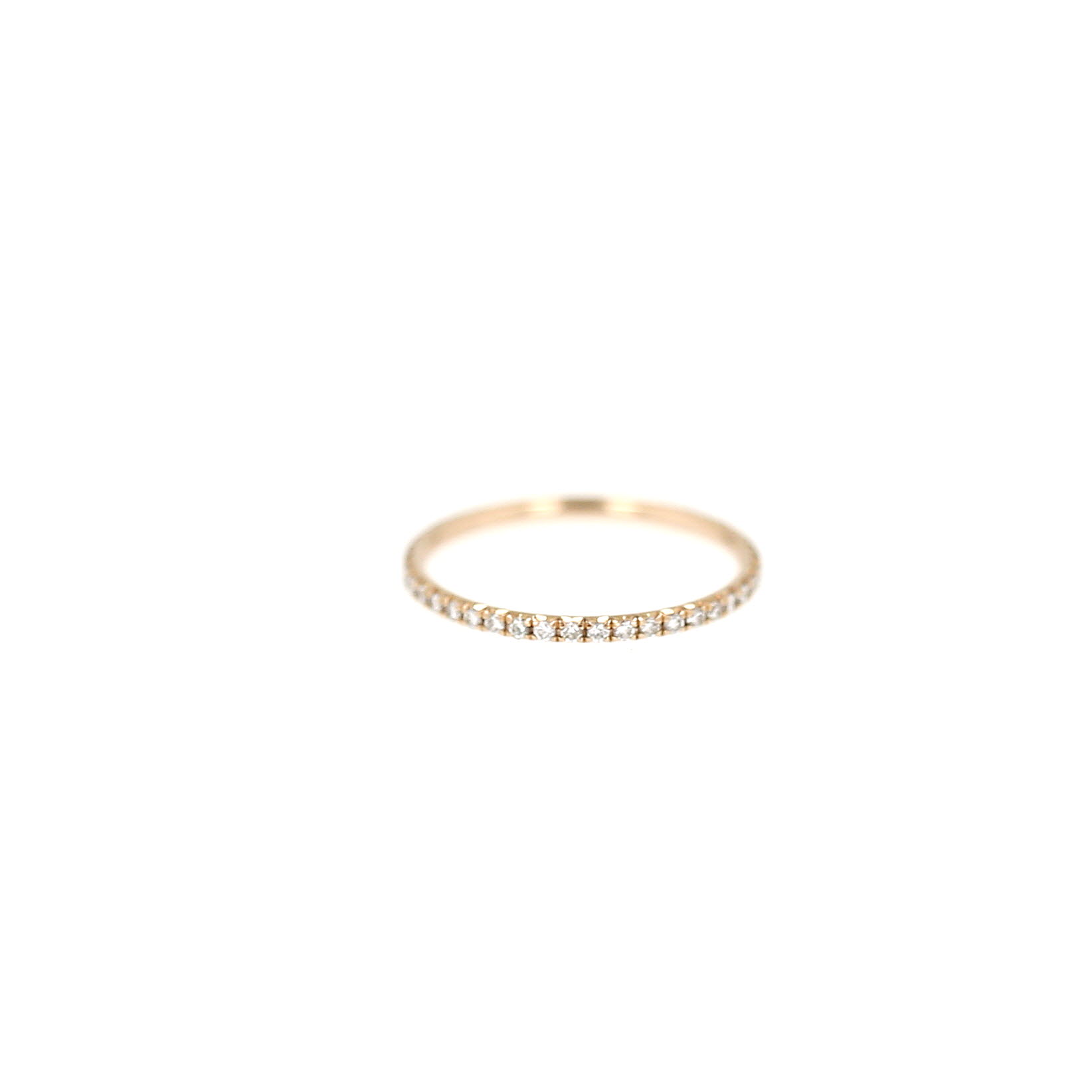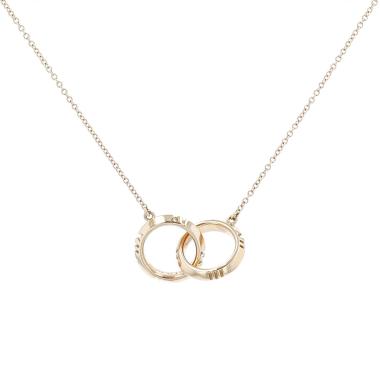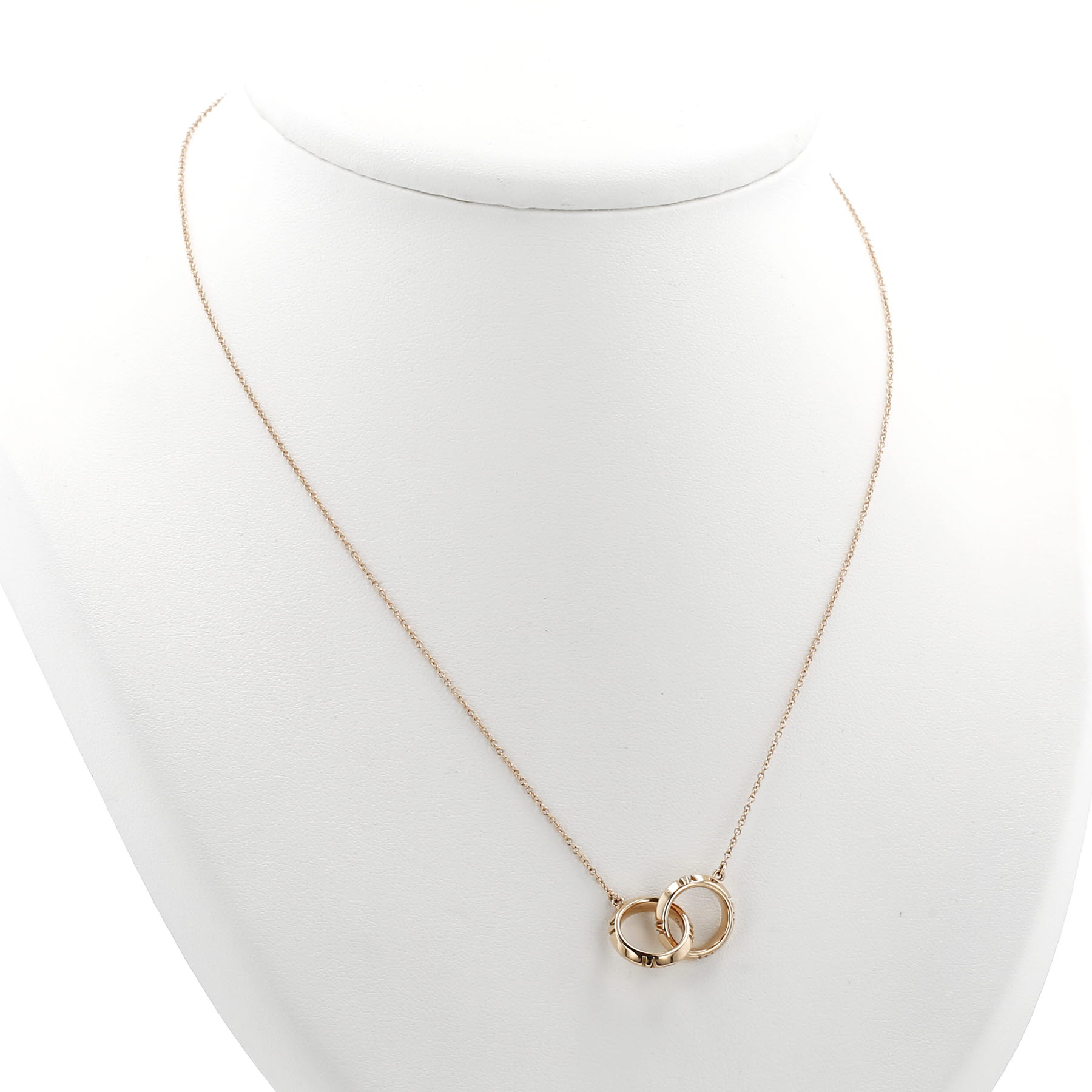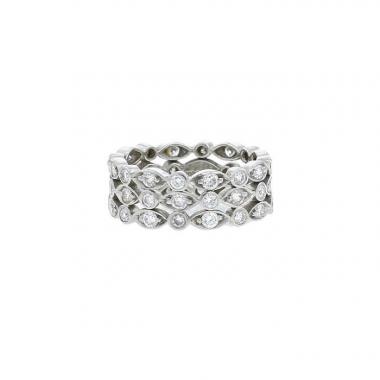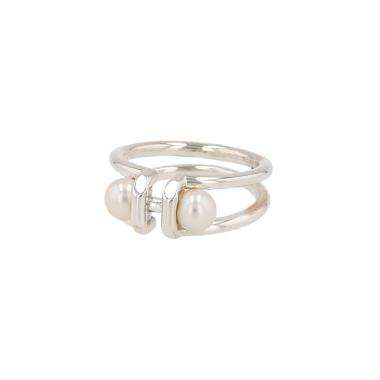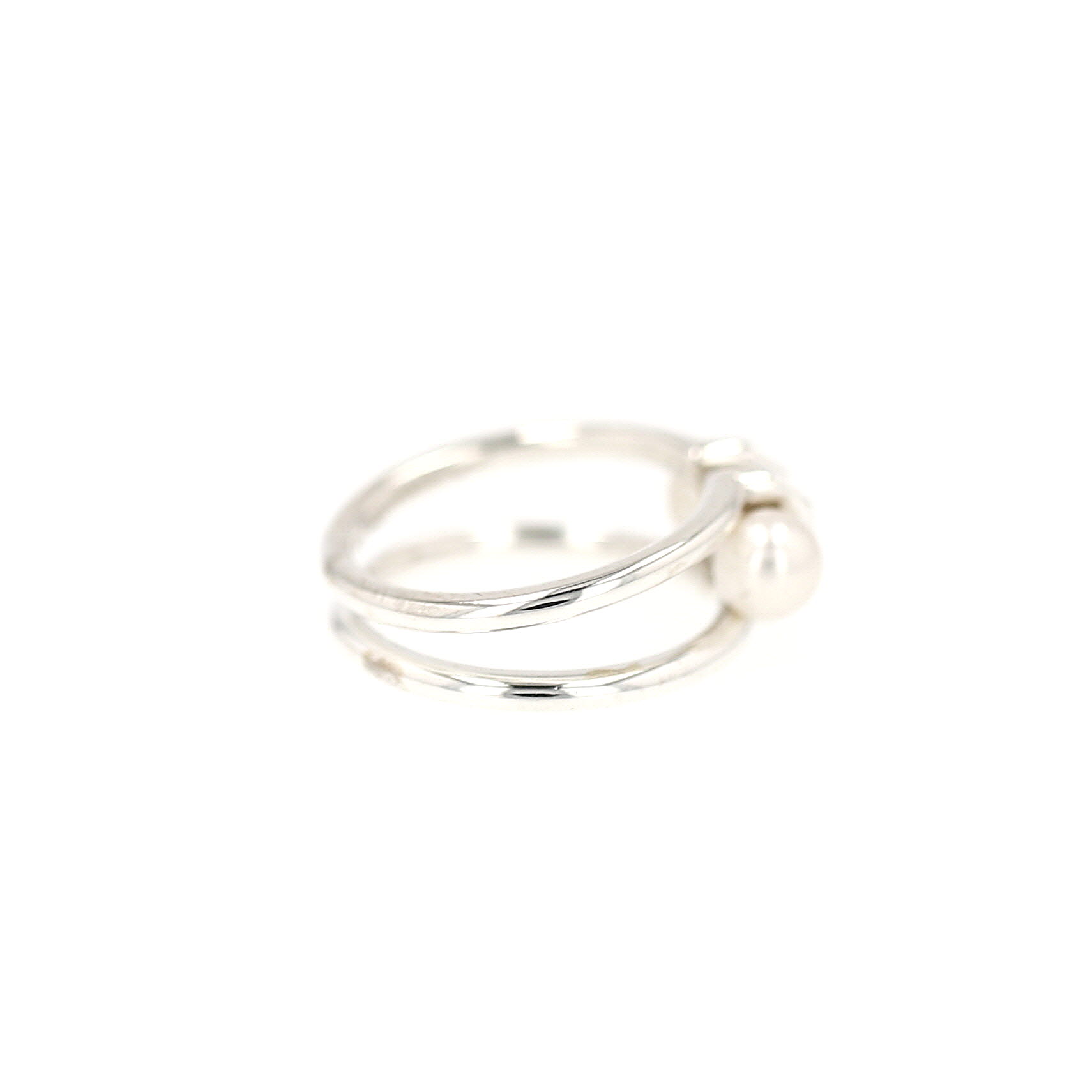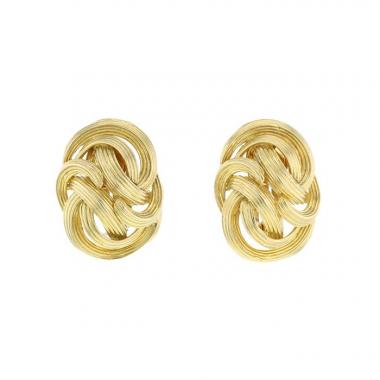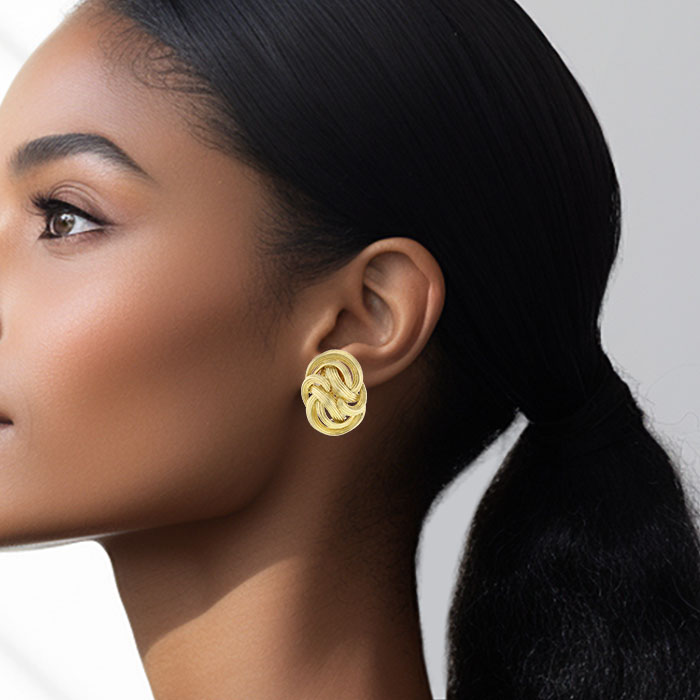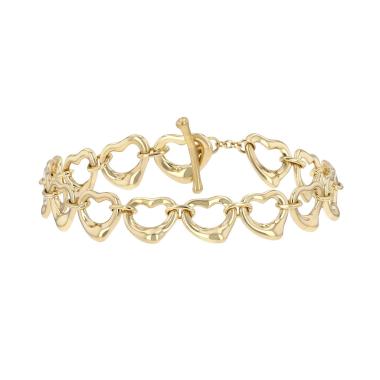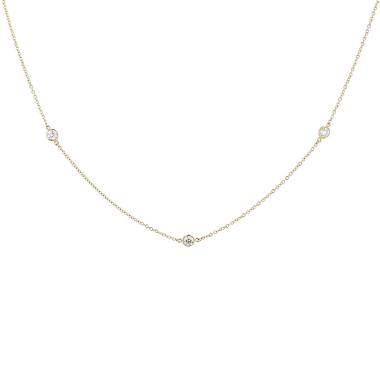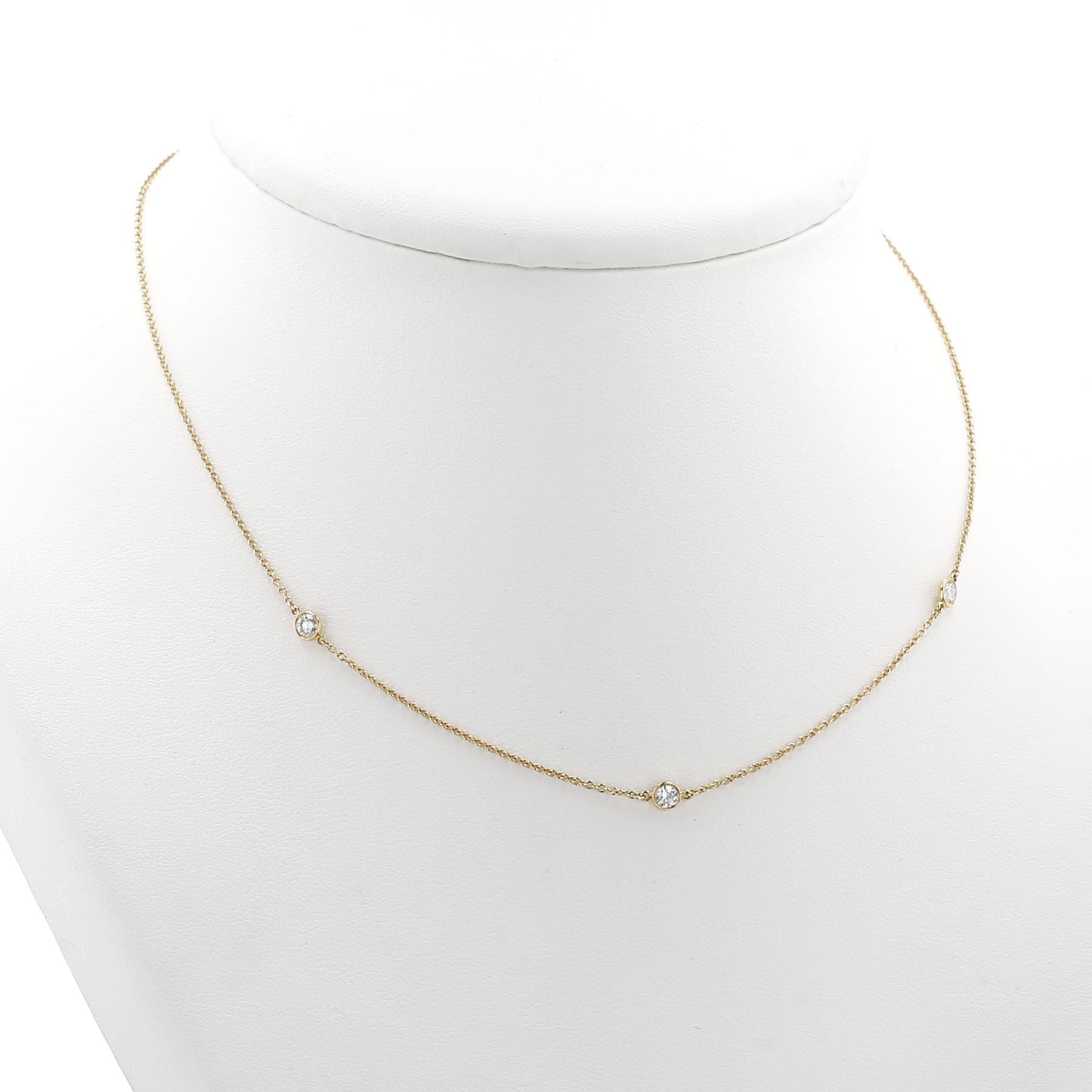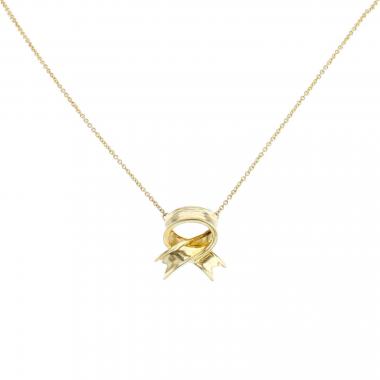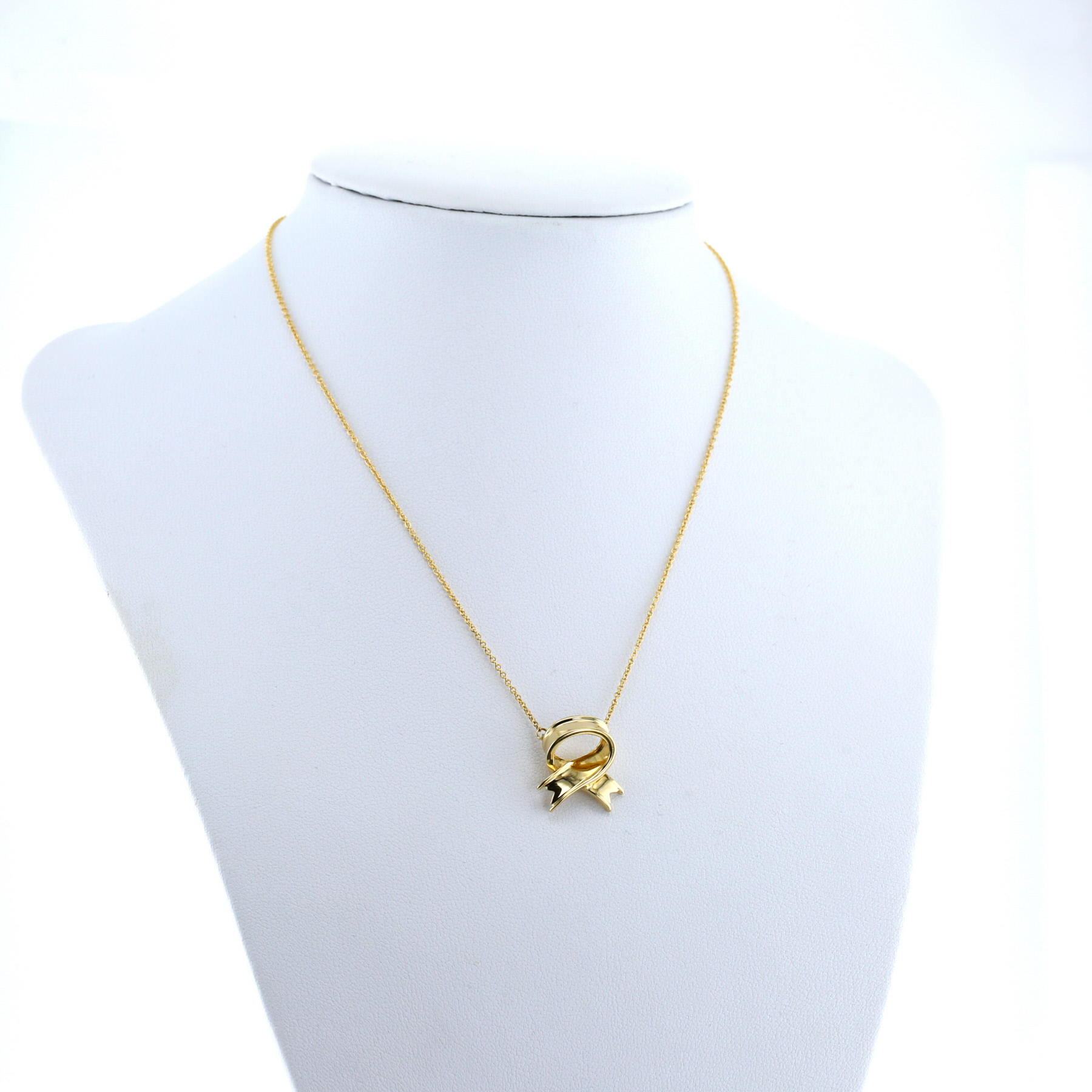Tiffany Co jewellery
-
Tiffany & Co Victoria sleeve ring in pink gold and diamonds
16,500 €
Retail price recorded on the basis of similar items in 2025 Retail Price: 24,500 €
-
Tiffany & Co Clé Couronne pendant in pink gold and diamonds
2,850 €
Retail price recorded on the basis of similar items in 2025 Retail Price: 4,700 €
-
Tiffany & Co HardWear necklace in pink gold and diamonds
50,800 €
Retail price recorded on the basis of similar items in 2025 Retail Price: 88,000 €
-
Tiffany & Co Wire ring in pink gold and diamonds
1,850 €
Retail price recorded on the basis of similar items in 2025 Retail Price: 3,200 €
-
Tiffany & Co Metro bracelet in platinium and diamonds
15,800 €
Retail price recorded on the basis of similar items in 2025 Retail Price: 32,900 €
-
Tiffany & Co Metro bracelet in pink gold and diamonds
9,250 €
Retail price recorded on the basis of similar items in 2025 Retail Price: 15,900 €
-
Tiffany & Co Setting ring in pink gold, platinium and diamond
890 €
-
Tiffany & Co Setting wedding ring in platinium and diamond (0,40 carat)
2,130 €
-
Tiffany & Co Diamonds By The Yard necklace in platinium and diamond
2,250 €
-
Tiffany & Co Paper Flowers necklace in platinium and diamonds
1,750 €
-
Tiffany & Co Victoria ring in platinium and diamonds
1,680 €
-
Tiffany & Co Victoria sleeve ring in platinium and diamonds
18,700 €
Retail price recorded on the basis of similar items in 2025 Retail Price: 31,600 €
-
Tiffany & Co and Jean Schlumberger studios Vigne sleeve ring in platinium, yellow gold and diamonds
18,600 €
Retail price recorded on the basis of similar items in 2025 Retail Price: 31,000 €
-
Tiffany & Co wedding ring in yellow gold, diamonds and sapphires
3,450 €
-
Tiffany & Co earrings in yellow gold
1,380 €
-
Tiffany & Co Jean Schlumberger brooch in yellow gold, platinium and diamonds
19,800 €
-
Tiffany & Co Rope earrings in yellow gold, cultured pearls and diamonds
4,250 €
-
Tiffany & Co Sixteen Stones ring in platinium, yellow gold and diamonds
9,480 €
Retail price recorded on the basis of similar items in 2025 Retail Price: 17,000 €
-
Tiffany & Co Jean Schlumberger earrings in yellow gold, platinium and diamonds
12,800 €
-
Tiffany & Co 1950's brooch in 14 carats yellow gold
1,280 €
-
Tiffany & Co, by Angela Cummings, 1980's earrings for non pierced ears in yellow gold
2,980 €
-
Tiffany & Co Setting solitaire ring in platinium and diamond
2,680 €
-
Tiffany & Co Wire ring in white gold and diamonds
2,050 €
Retail price recorded on the basis of similar items in 2025 Retail Price: 3,300 €
-
Tiffany & Co Setting solitaire ring in platinium and diamond
2,250 €
-
Tiffany & Co Elsa Peretti bracelet in yellow gold
3,450 €
-
Tiffany & Co necklace in platinium and diamond
2,250 €
-
Tiffany & Co Lucida solitaire ring in platinium, diamond and sapphires
26,800 €
-
Tiffany & Co necklace in platinium and diamonds
9,850 €
Retail price recorded on the basis of similar items in 2025 Retail Price: 16,800 €
-
Tiffany & Co Diamond Hoop ring in pink gold and diamonds
1,230 €
Retail price recorded on the basis of similar items in 2025 Retail Price: 2,050 €
-
Tiffany & Co Atlas ring in white gold and diamonds
1,780 €
-
Tiffany & Co bracelet in platinium and diamond
1,450 €
-
Tiffany & Co T1 large model ring in yellow gold and diamonds
5,250 €
Retail price recorded on the basis of similar items in 2025 Retail Price: 8,900 €
-
Tiffany & Co solitaire ring in platinium and diamonds
1,850 €
-
Tiffany & Co Diamonds By The Yard necklace in platinium and diamond
980 €
Retail price recorded on the basis of similar items in 2025 Retail Price: 1,550 €
-
Tiffany & Co Wire bracelet in pink gold and diamonds
3,650 €
Retail price recorded on the basis of similar items in 2025 Retail Price: 5,900 €
-
Tiffany & Co Wire ring in pink gold and diamonds
1,980 €
Retail price recorded on the basis of similar items in 2025 Retail Price: 3,200 €
-
Tiffany & Co Smile T small model necklace in white gold
930 €
Retail price recorded on the basis of similar items in 2025 Retail Price: 1,450 €
-
Tiffany & Co Diamonds By The Yard long necklace in platinium and diamonds
8,950 €
Retail price recorded on the basis of similar items in 2025 Retail Price: 16,500 €
-
Tiffany & Co Jazz wedding ring in platinium and diamonds
2,480 €
-
Tiffany & Co Cobblestone ring in platinium, diamonds and sapphires
6,850 €
-
Tiffany & Co Legacy ring in platinium, sapphires and diamonds
1,980 €
Retail price recorded on the basis of similar items in 2025 Retail Price: 3,800 €
-
Tiffany & Co Paper Flowers necklace in platinium, diamonds and aquamarine
1,630 €
-
Tiffany & Co Etoile ring in platinium and diamond
5,980 €
-
Tiffany & Co wedding ring in platinium and diamond
1,350 €
Retail price recorded on the basis of similar items in 2025 Retail Price: 2,200 €
-
Tiffany & Co Soleste necklace in platinium, tanzanite and diamonds
6,880 €
Retail price recorded on the basis of similar items in 2025 Retail Price: 11,600 €
-
Tiffany & Co Hearts necklace in platinium and diamonds
2,980 €
-
Tiffany & Co Harmony wedding ring in platinium and diamonds
2,130 €
Retail price recorded on the basis of similar items in 2025 Retail Price: 3,550 €
-
Tiffany & Co Hard Wear Ball necklace in silver
950 €
-
Tiffany & Co Soleste ring in platinium, emerald and diamonds
8,450 €
Retail price recorded on the basis of similar items in 2025 Retail Price: 20,400 €
-
Tiffany & Co Etoile solitaire ring in platinium and diamond (0,21 carat)
1,580 €
-
Tiffany & Co earrings in yellow gold, diamonds and cultured pearls
1,550 €
-
Tiffany & Co Wire ring in pink gold and diamonds
1,980 €
Retail price recorded on the basis of similar items in 2025 Retail Price: 3,200 €
-
Tiffany & Co Soleste wedding ring in pink gold and diamonds
1,580 €
-
Tiffany & Co Atlas necklace in pink gold
1,750 €
-
Tiffany & Co Jazz sleeve ring in platinium and diamonds
3,650 €
Retail price recorded on the basis of similar items in 2025 Retail Price: 7,725 €
-
Tiffany & Co HardWear ring in silver and freshwater cultured pearls
680 €
Retail price recorded on the basis of similar items in 2025 Retail Price: 1,100 €
-
Tiffany & Co 1970's earrings for non pierced ears in yellow gold
3,250 €
-
Tiffany & Co Open Heart bracelet in yellow gold
3,480 €
-
Tiffany & Co Diamonds By The Yard necklace in yellow gold and diamonds
2,250 €
-
Tiffany & Co necklace in yellow gold
990 €

Tiffany Co jewellery
Tiffany Co.’s history began in 1837 in New York, with the arrival of Charles L. Tiffany and his association with John B. Young to open a luxury item and jewellery shop in Manhattan. The House soon specialised in jewellery and diamonds. First published in 1845, the Tiffany Blue Book became the first mail order catalogue in the United States. The famous Tiffany blue box, exclusively given when making a purchase, very quickly became the hallmark of the House, which met with great success all over the world. In 1906, the New York Sun reported: "Tiffany has, in his shop, something that he will refuse to sell you, regardless of the amount of money that you will be able to offer him. This thing (...) is one of his boxes.”
At the Paris World’s Fair in 1878, Tiffany won medals of excellence. The Tiffany Co. studio became the first American school of design and silver work. Beginning in 1870, Tiffany Co. has stood out as the premiere American House of jewellery and watches, but also for tableware and luxury accessories. Tiffany Co caused a new style to emerge, known as "American style,” which was more modern and distinguished from European aesthetics, inspired by nature and certain simplicity in sophistication.
In 1878, Tiffany acquired one of the most beautiful and largest diamonds in the world, from South African mines. George F. Kunz, a Tiffany gemmologist, then decided to cut the huge stone with 288 carats and 82 facets: this was daring, because diamonds usually have 58 facets. This gem was legendary, and it has become emblematic of art and the virtuosity of Tiffany. In 1886, the House created the engagement ring model as we still know it, a diamond "solitaire" on the ring. The famous crimped Tiffany holds the gem with six small claws, allowing light to reflect and causing the stone to shine brilliantly. Before 1900, the Tiffany Co. House was represented in Europe, in London, Paris and Geneva.
At the turn of the twentieth century, Louis Comfort Tiffany, son of Charles L. Tiffany, stood out thanks to his Art nouveau (and soon Art deco) creations. The fame of the House is global. Since the 1940s, the store located at the corner of 57th Street, became the iconic boutique of the Tiffany Co. House. Its windows were made famous by the book, Breakfast at Tiffany's, and its film adaptation in 1961. In it, we see the graceful Audrey Hepburn having breakfast at dawn, in front of the gems of the famous jeweller... Having become a great classic in international jewellery, like the Cartier House, Tiffany Co reigns.
Many designers and collaborations followed with jewellery and goldsmith collections and remained famous: Jean Schlumberger in 1956, Elsa Peretti in 1974, Paloma Picasso in 1979, and Frank Gehry in 2003. In December 2007, Swatch Group and Tiffany Co. announced their alliance, for the development, production and distribution of Tiffany watches. It came to an end in 2011.
14-days return policy
Recently viewed
Explore
Our most sought-after ranges
by brand, collection or category.
